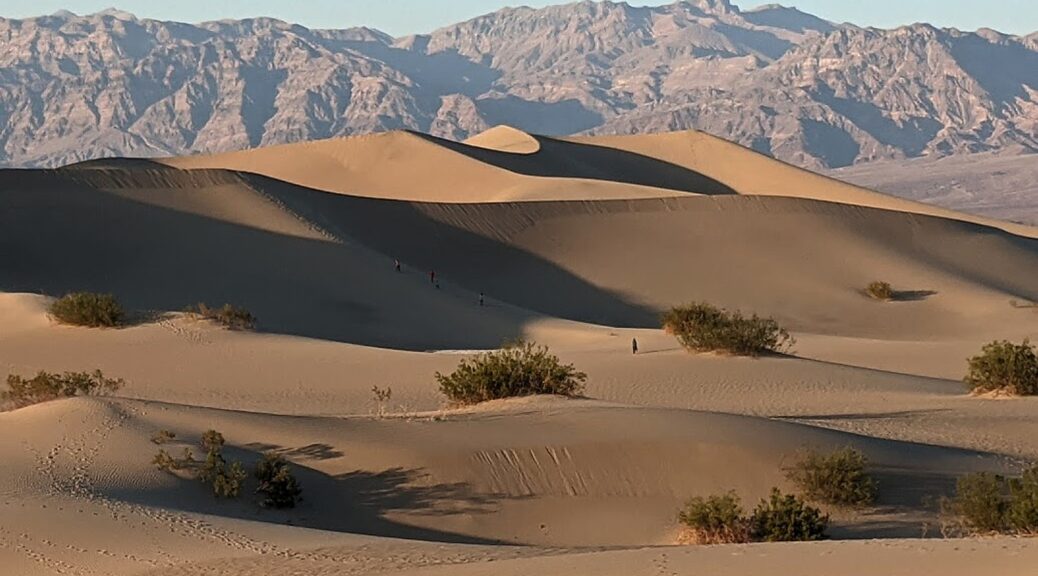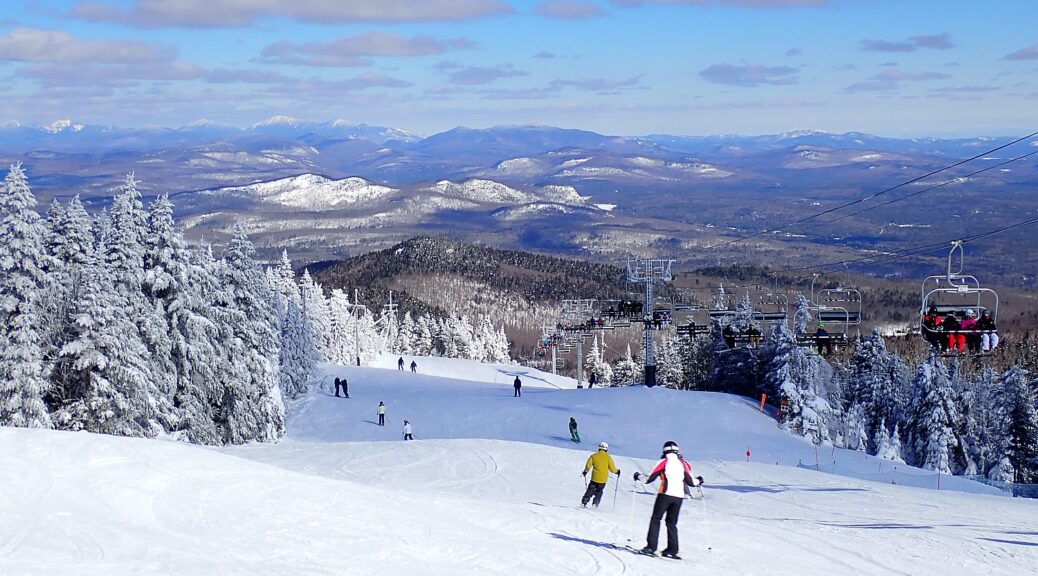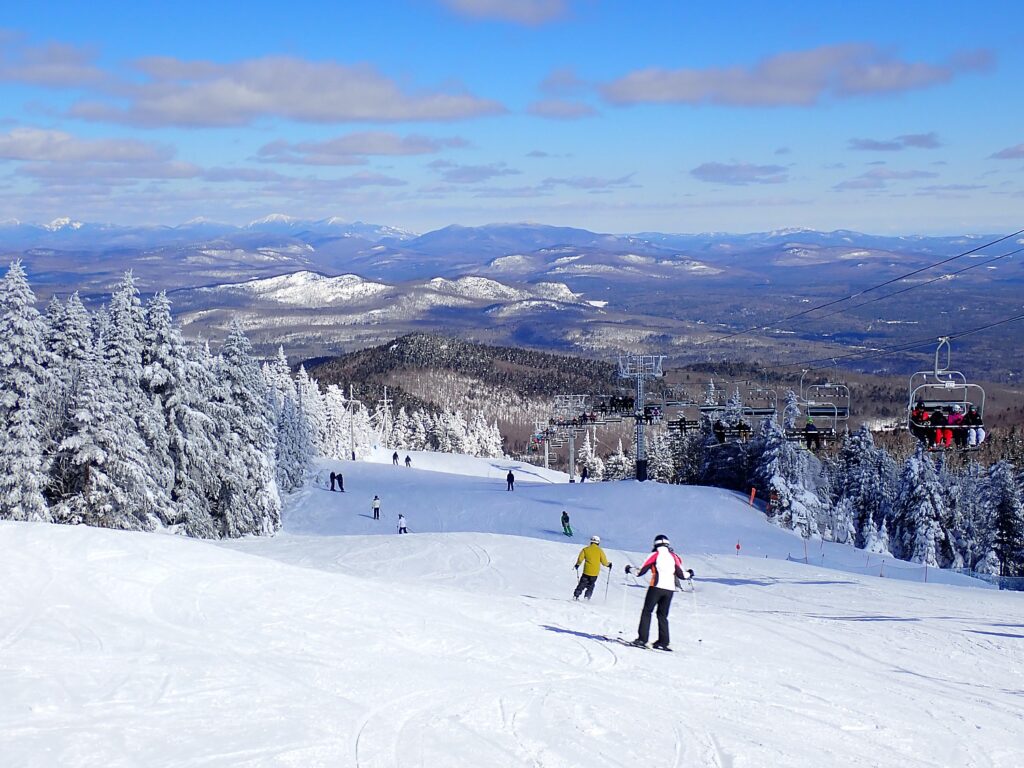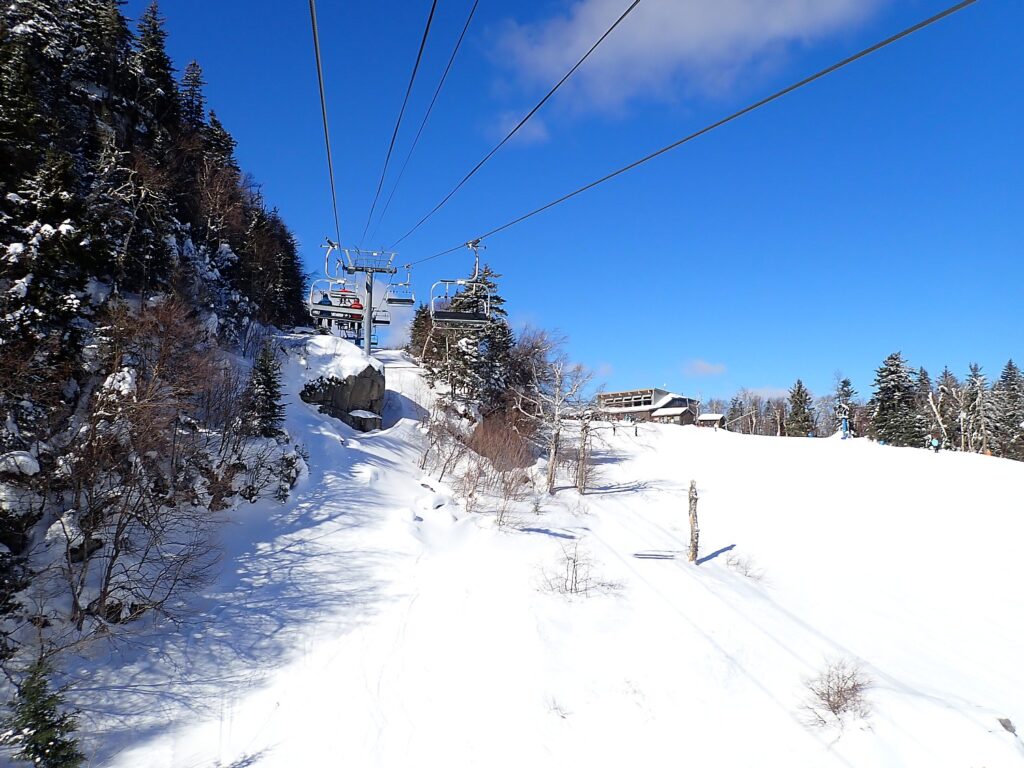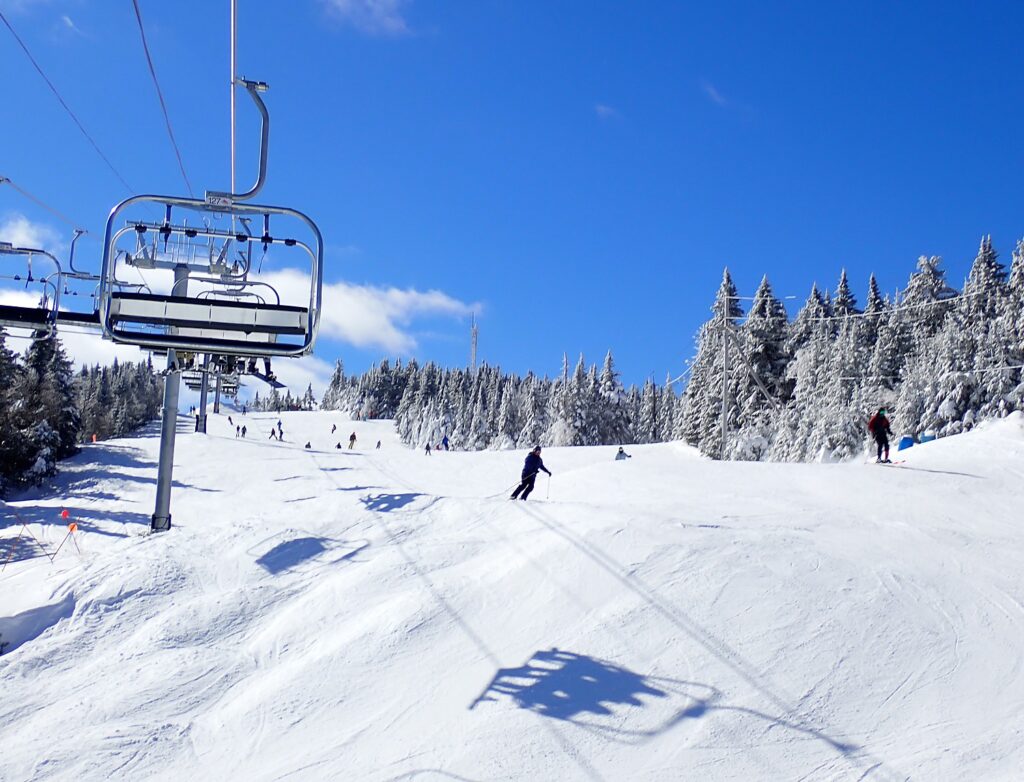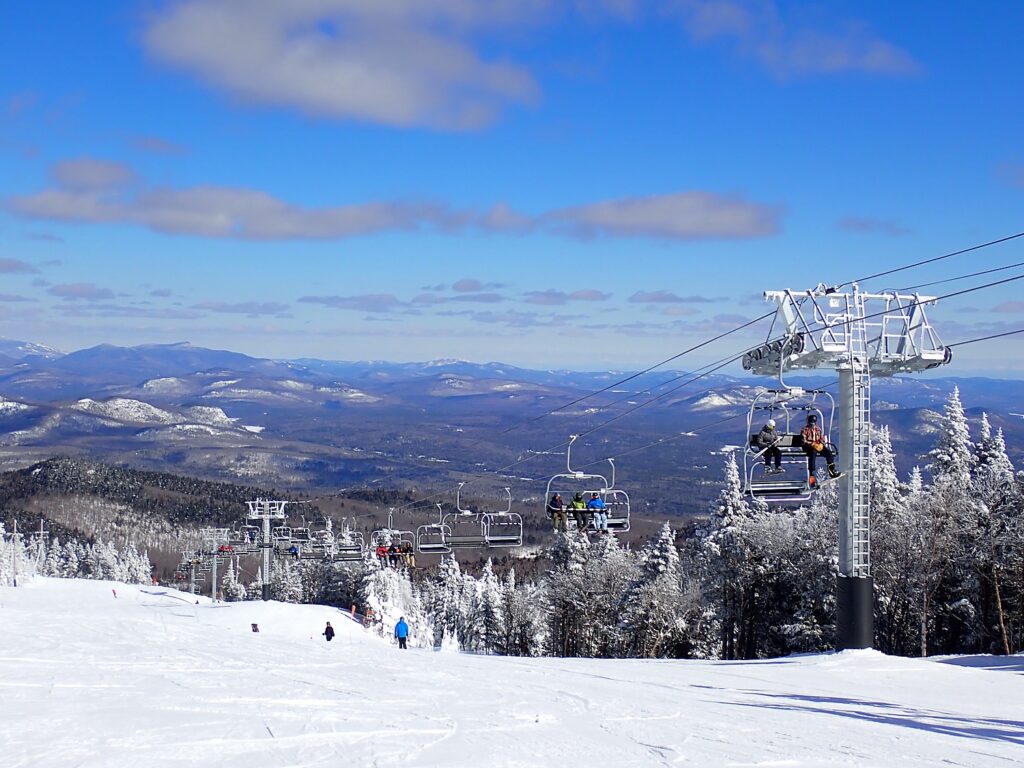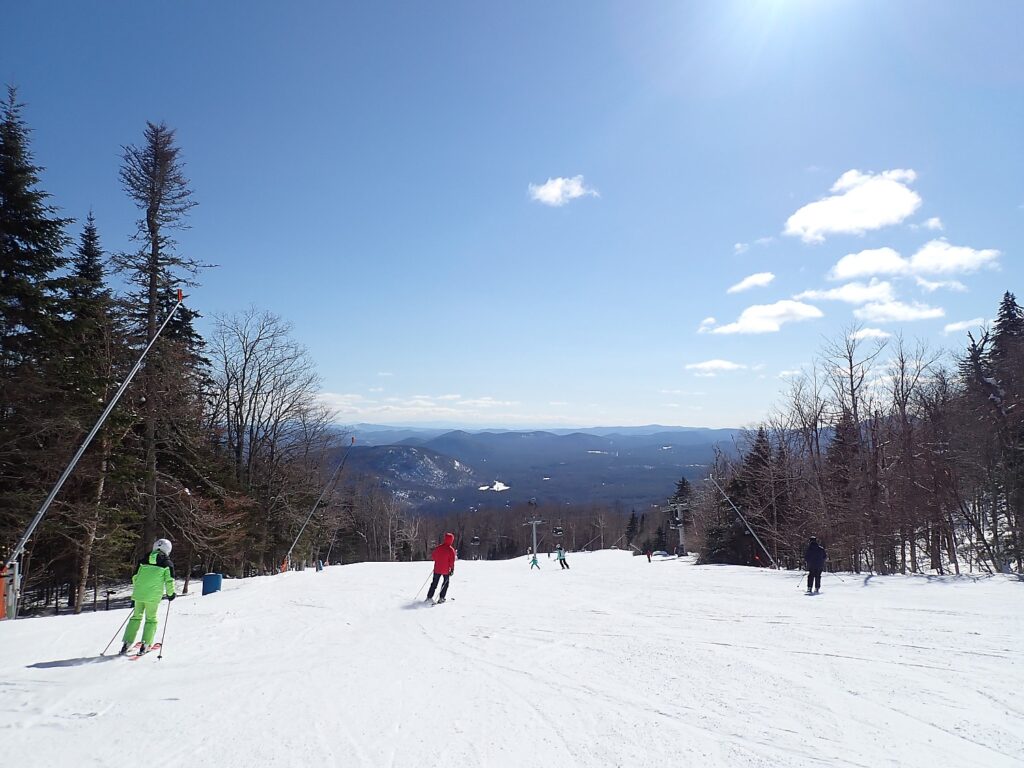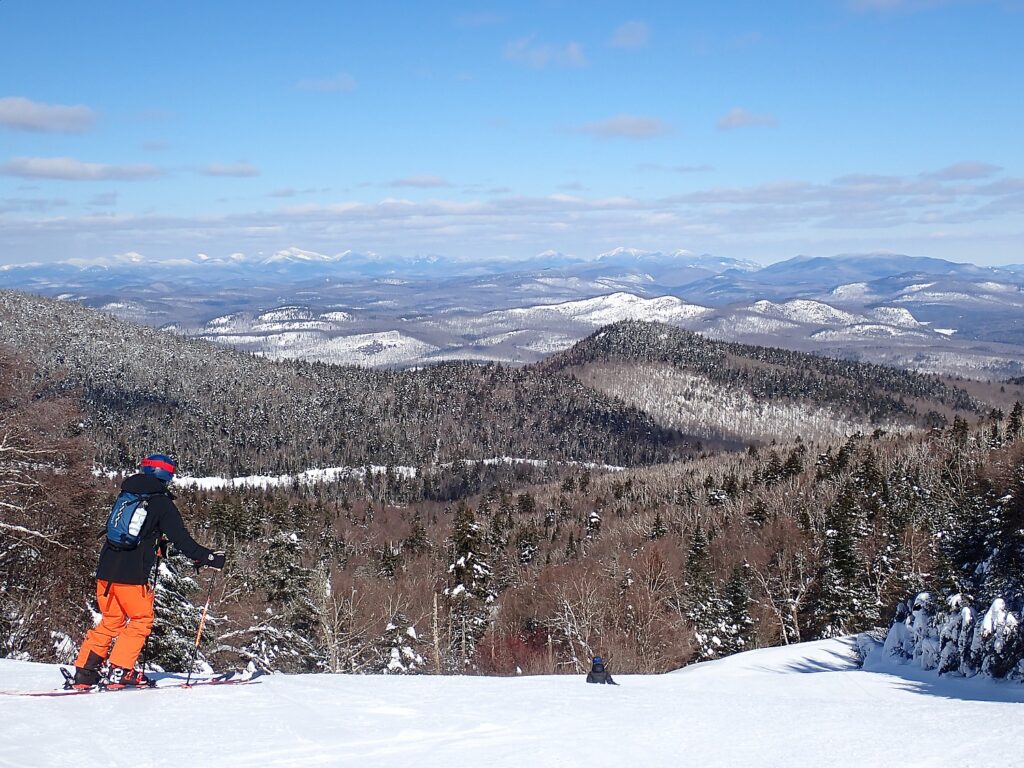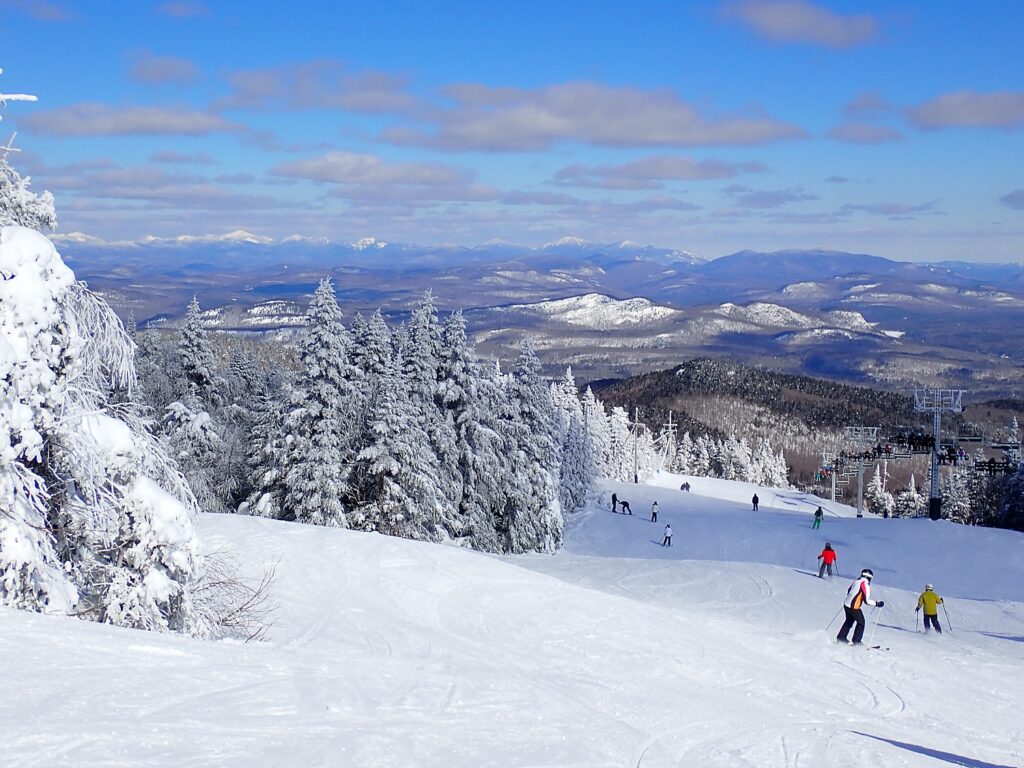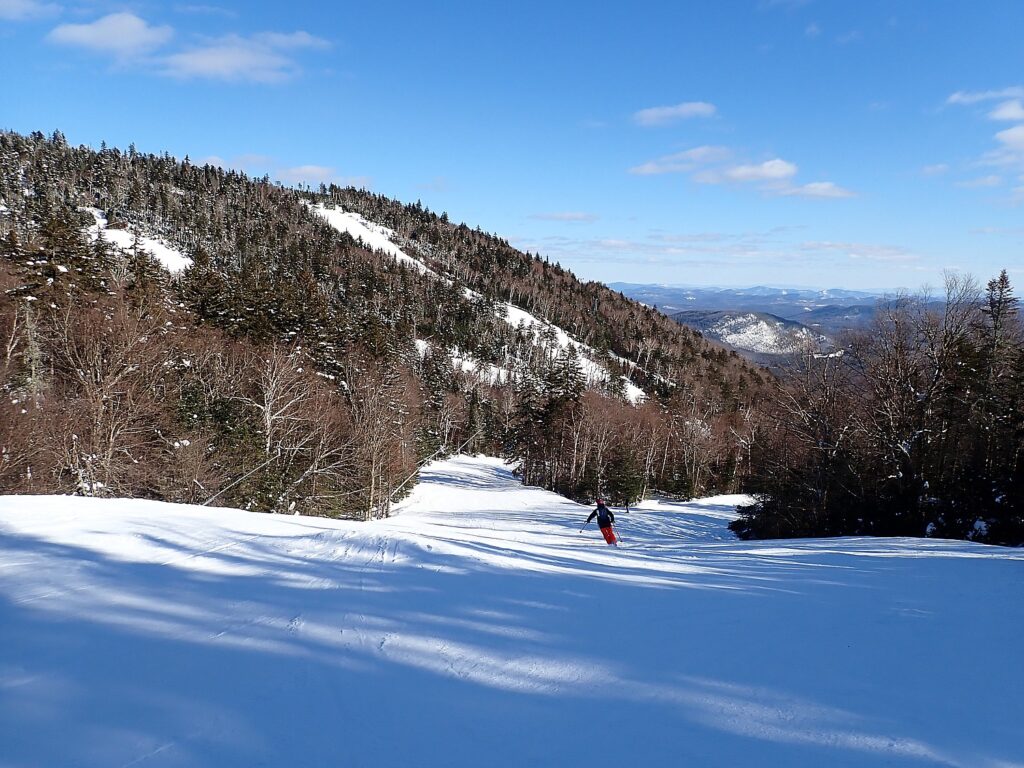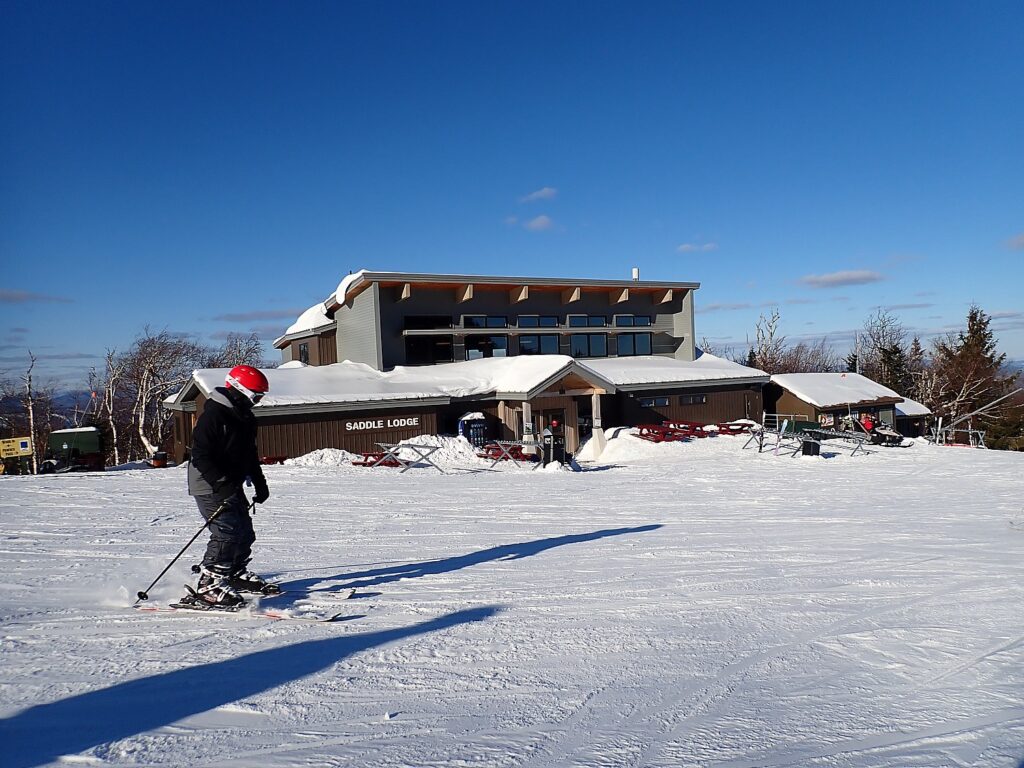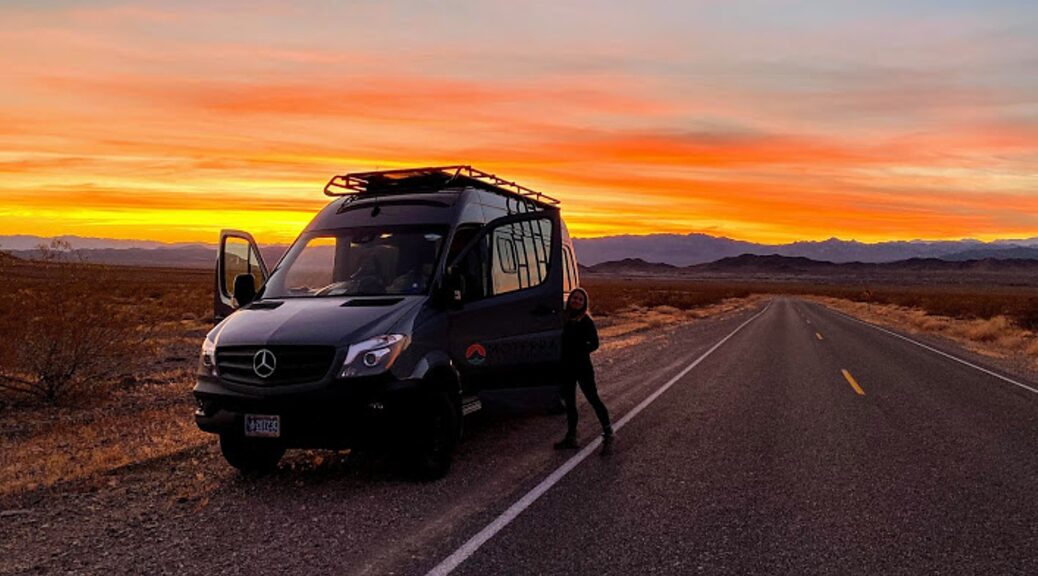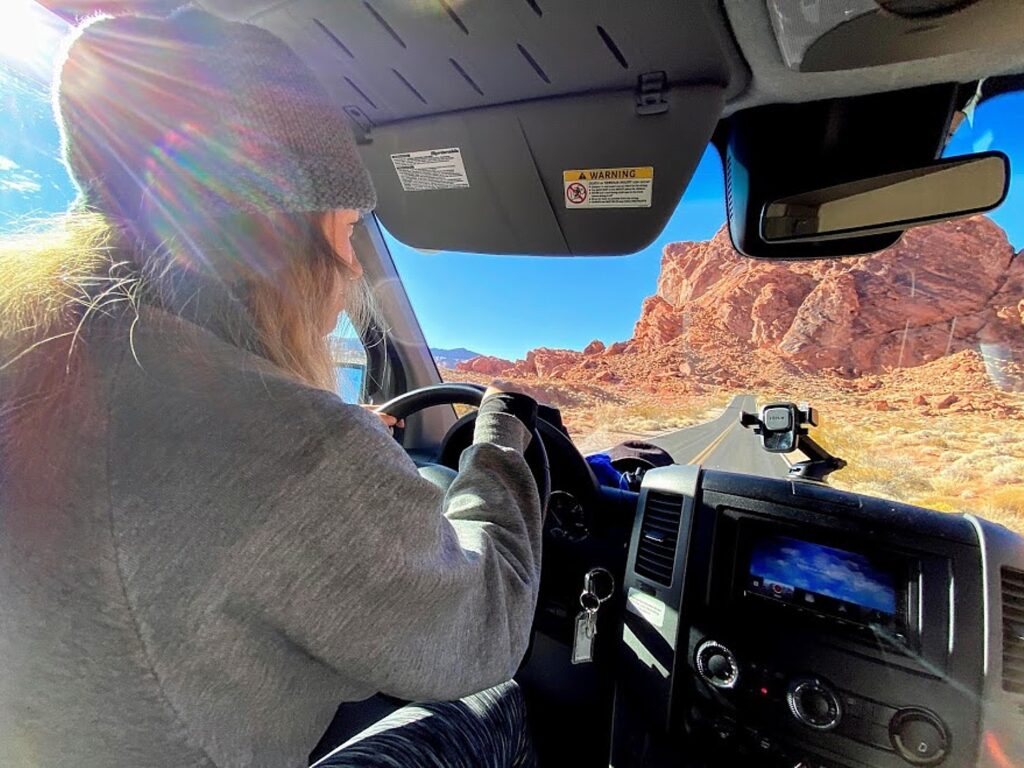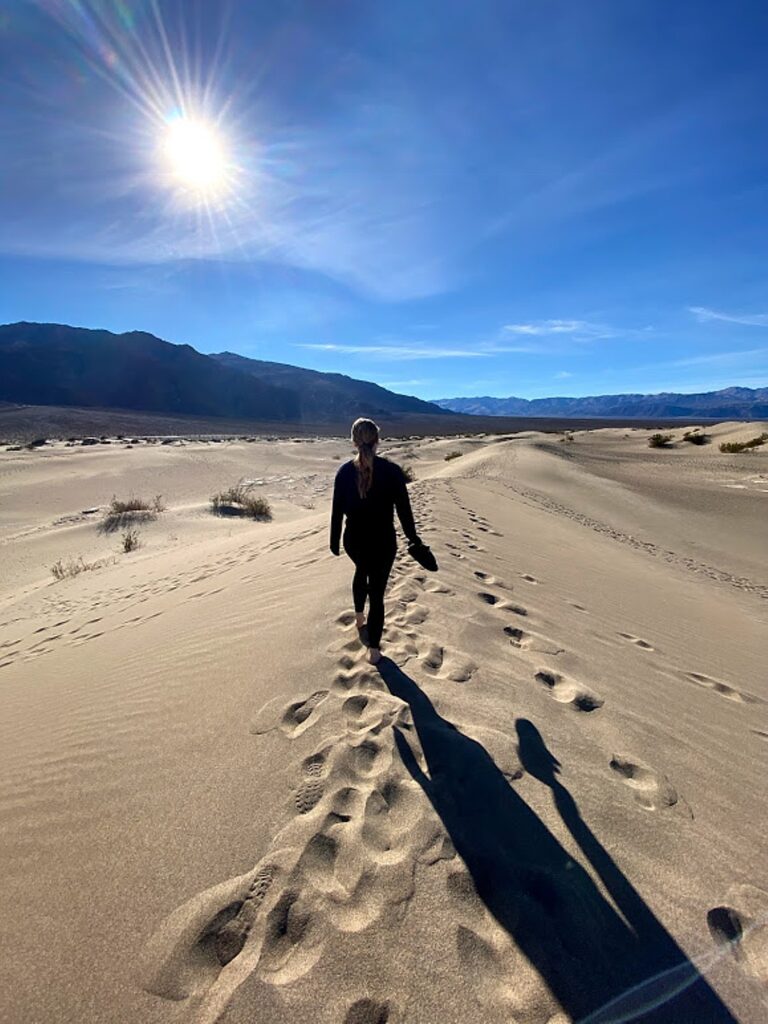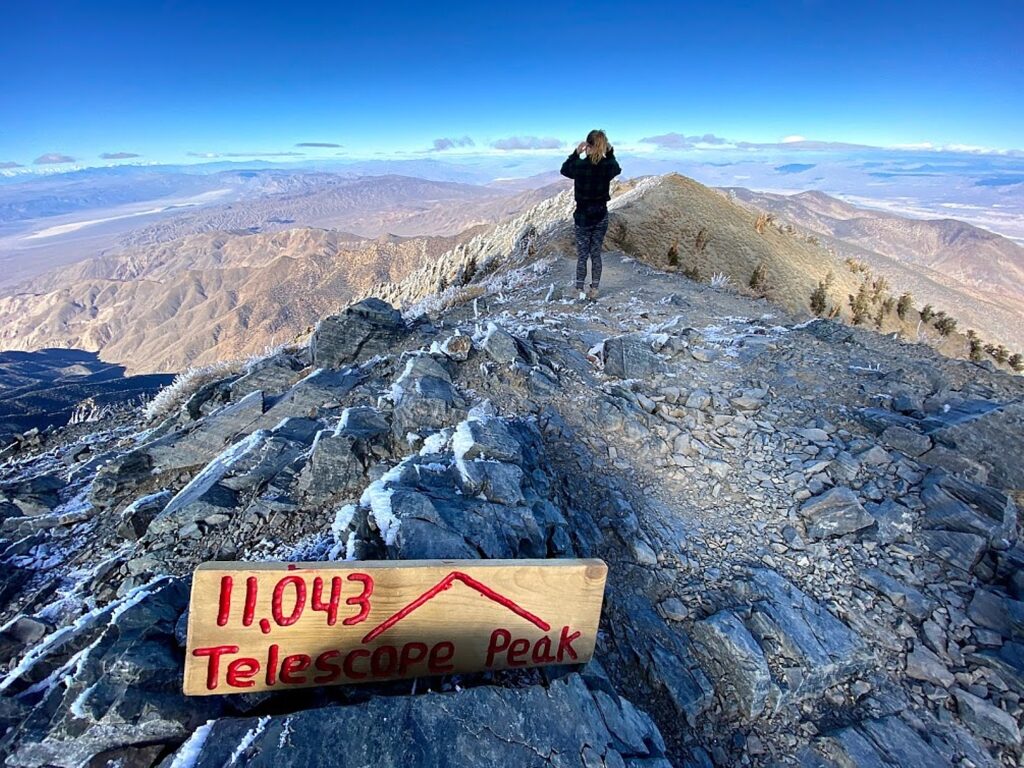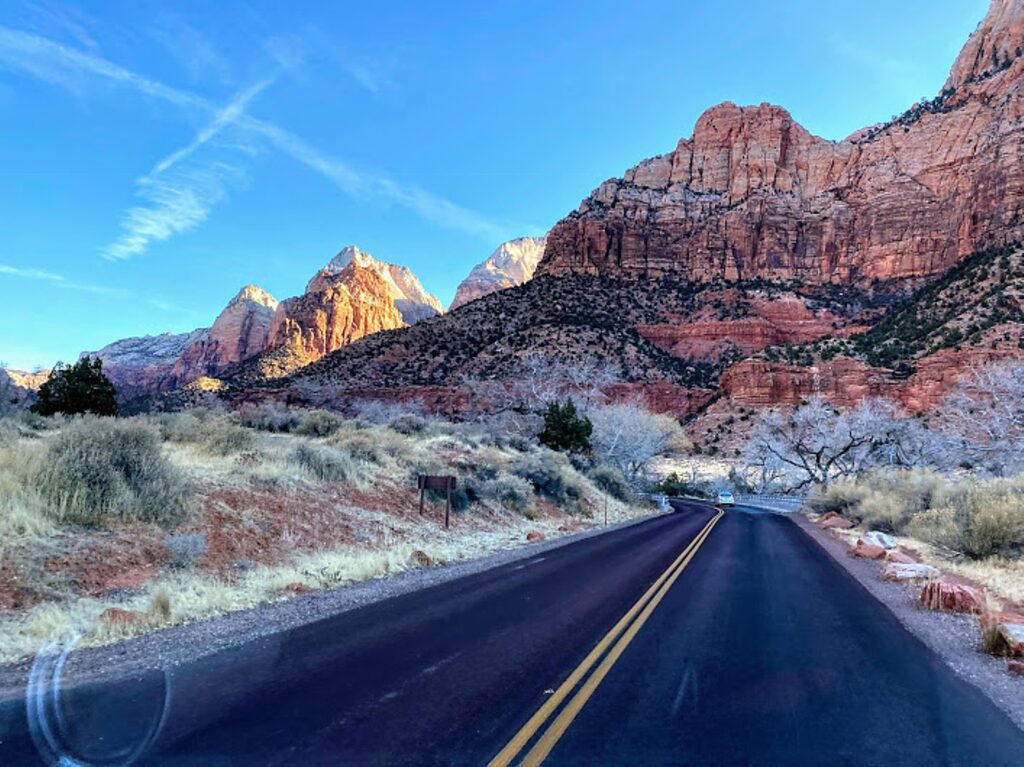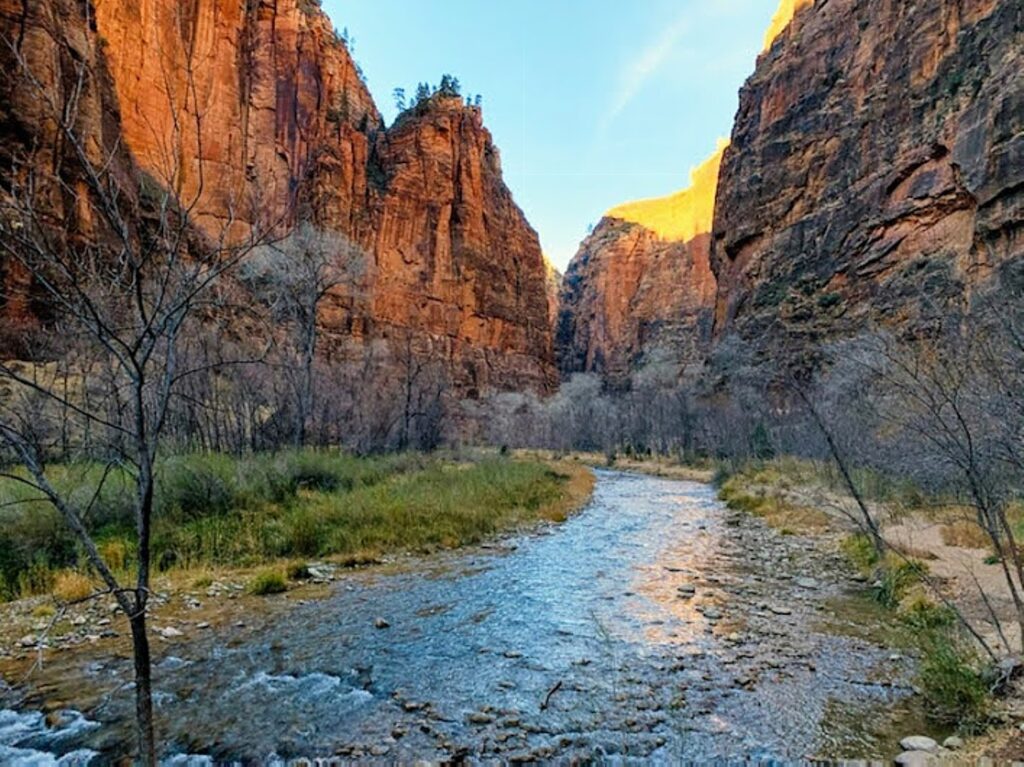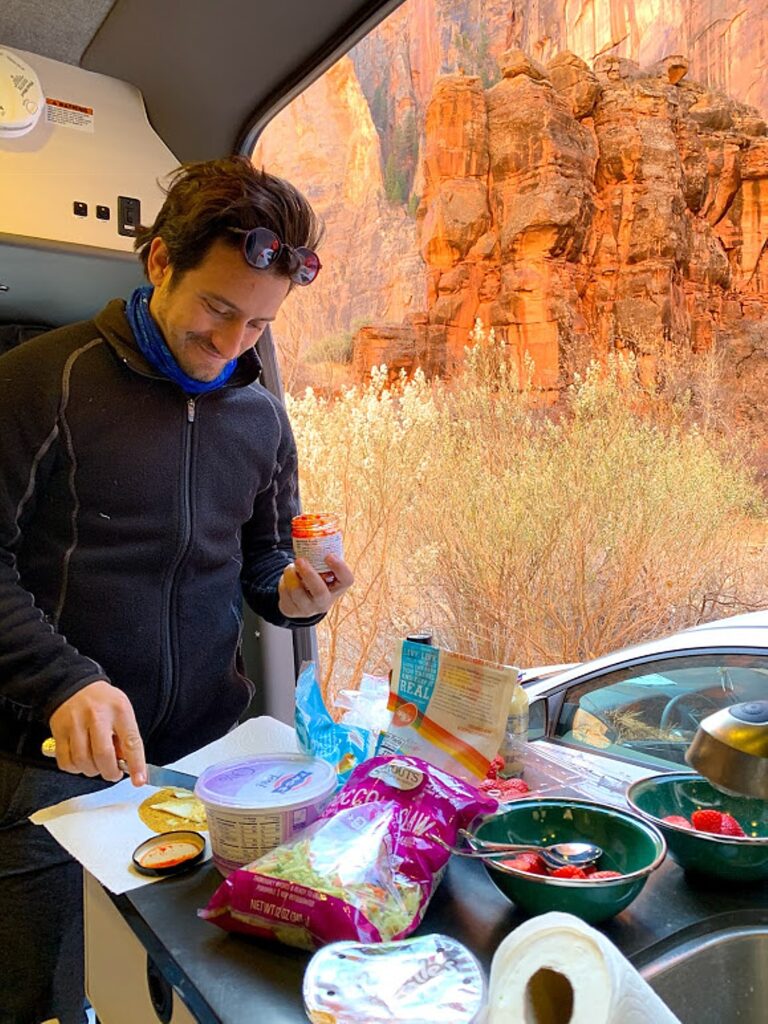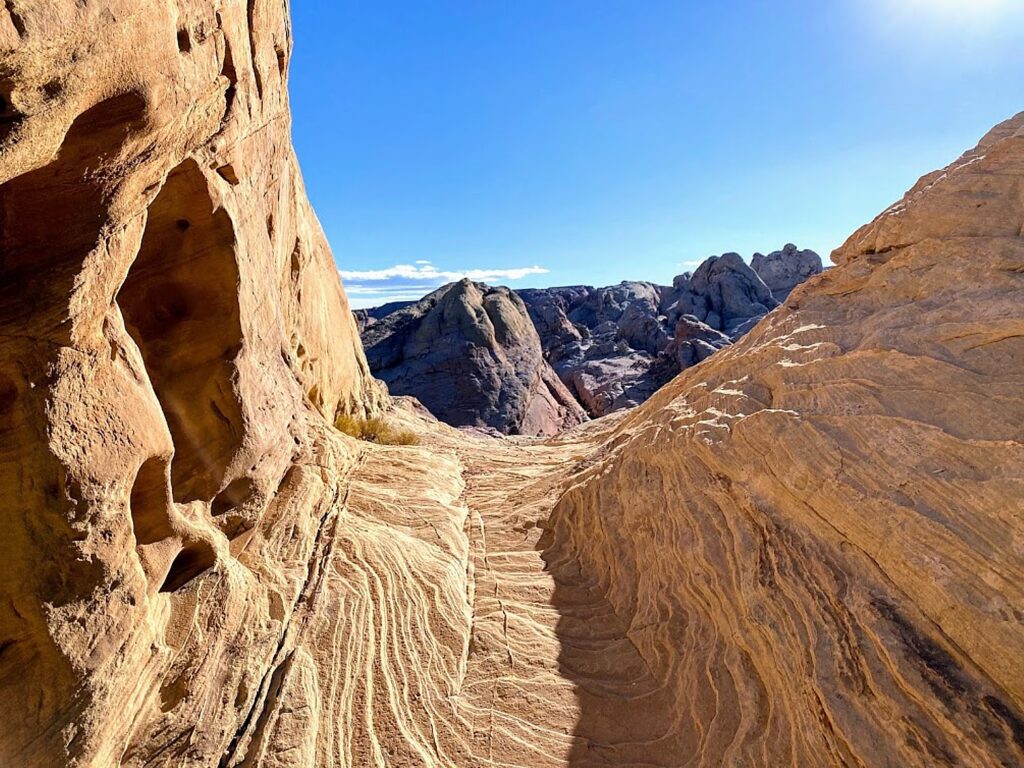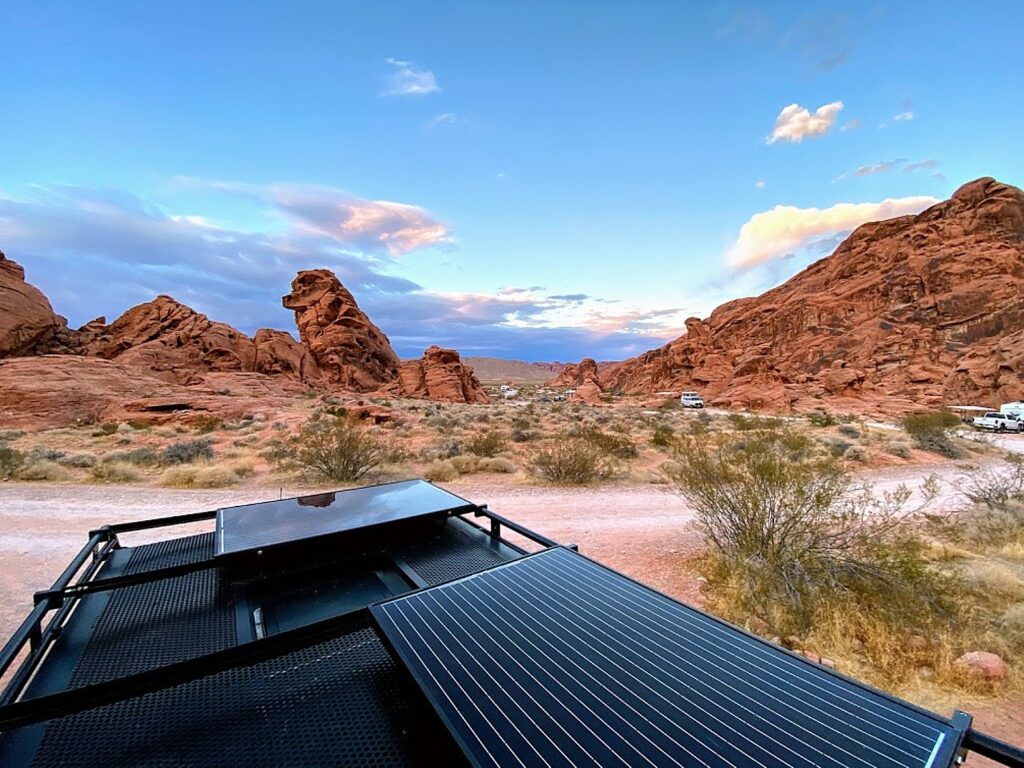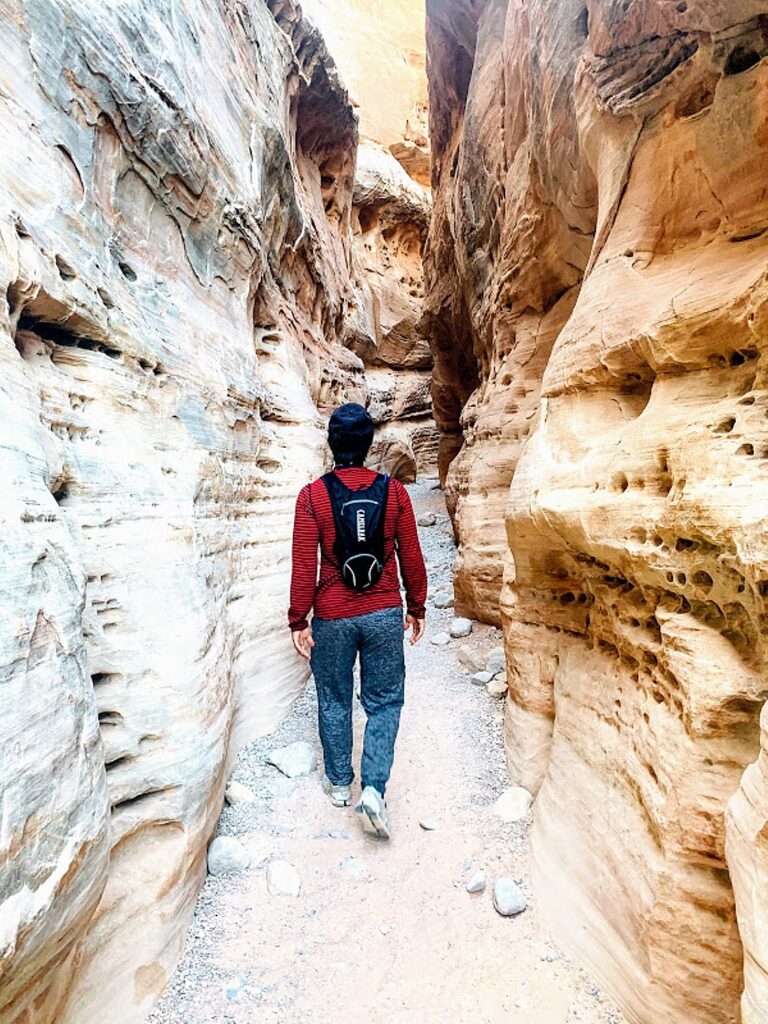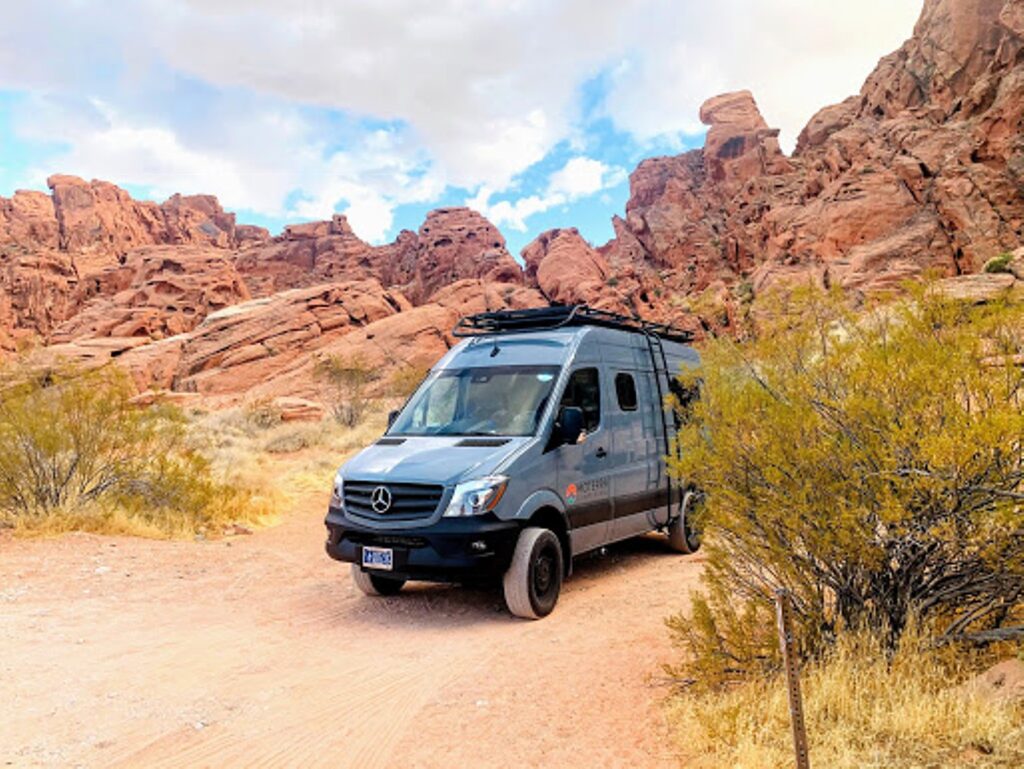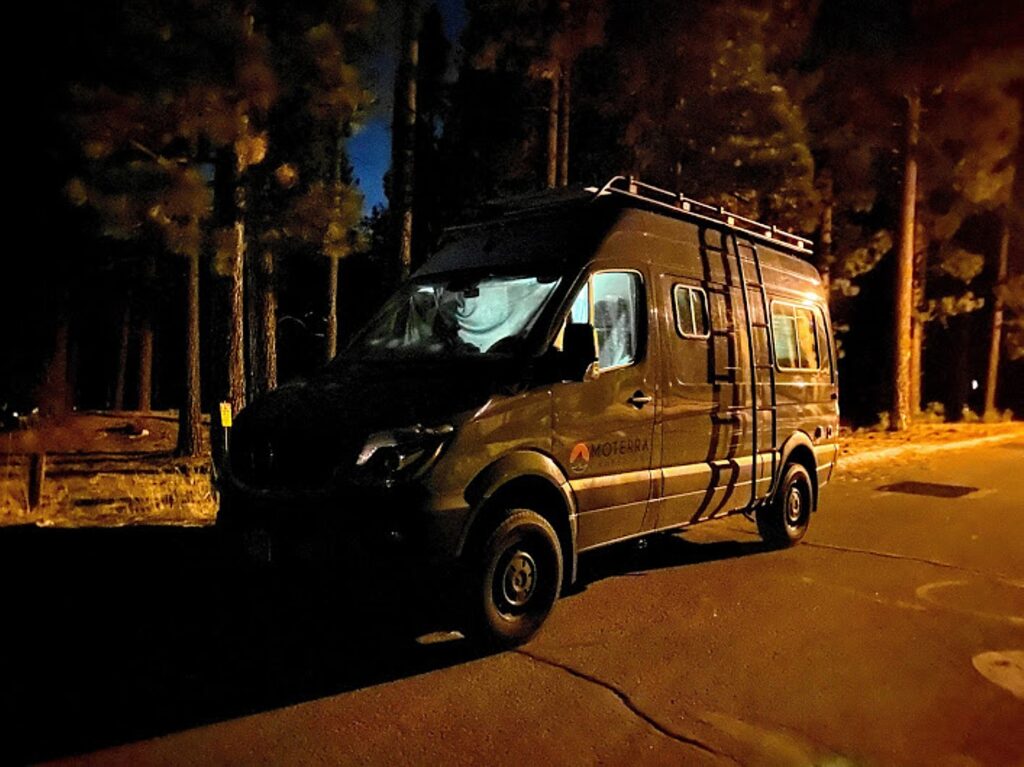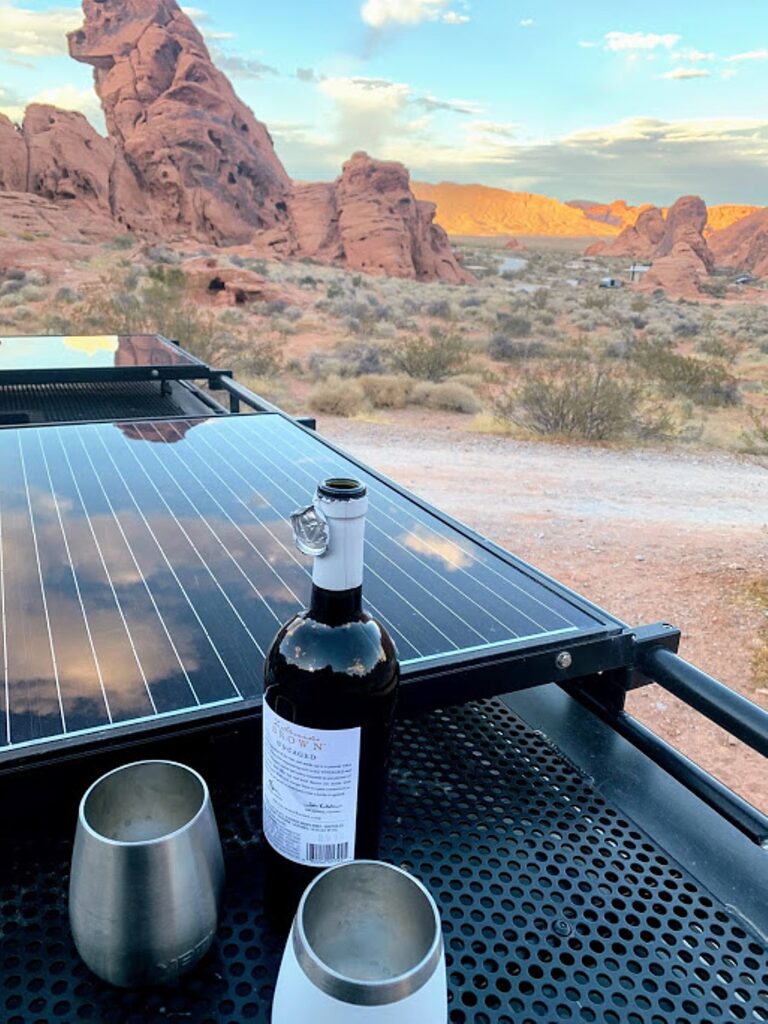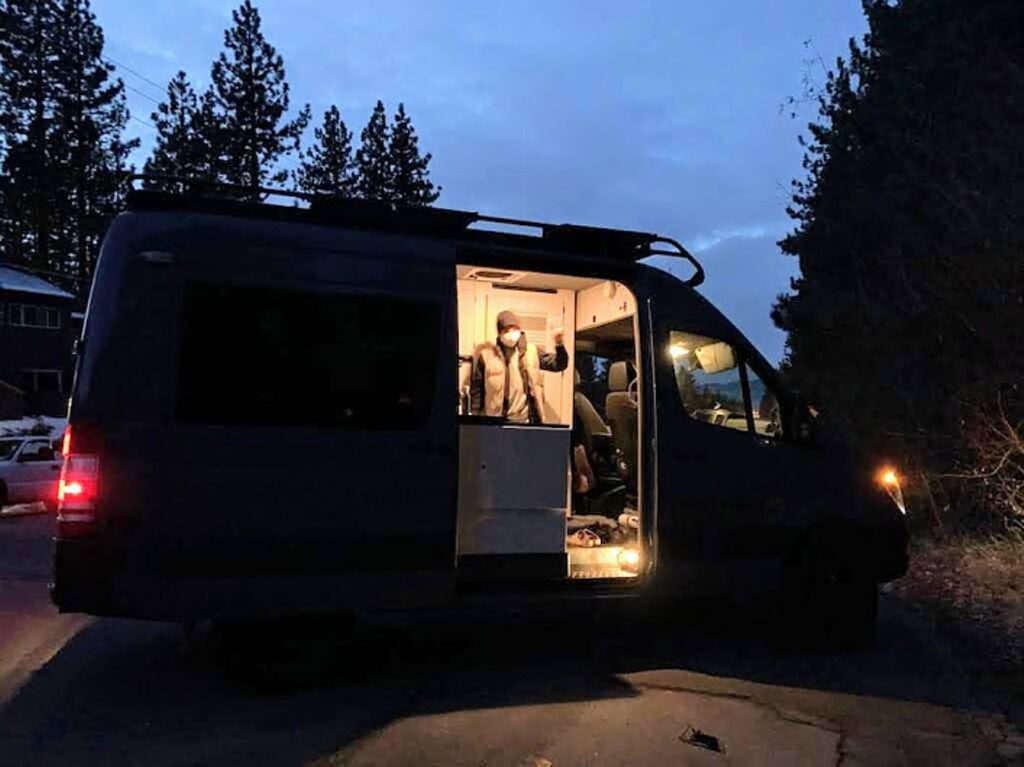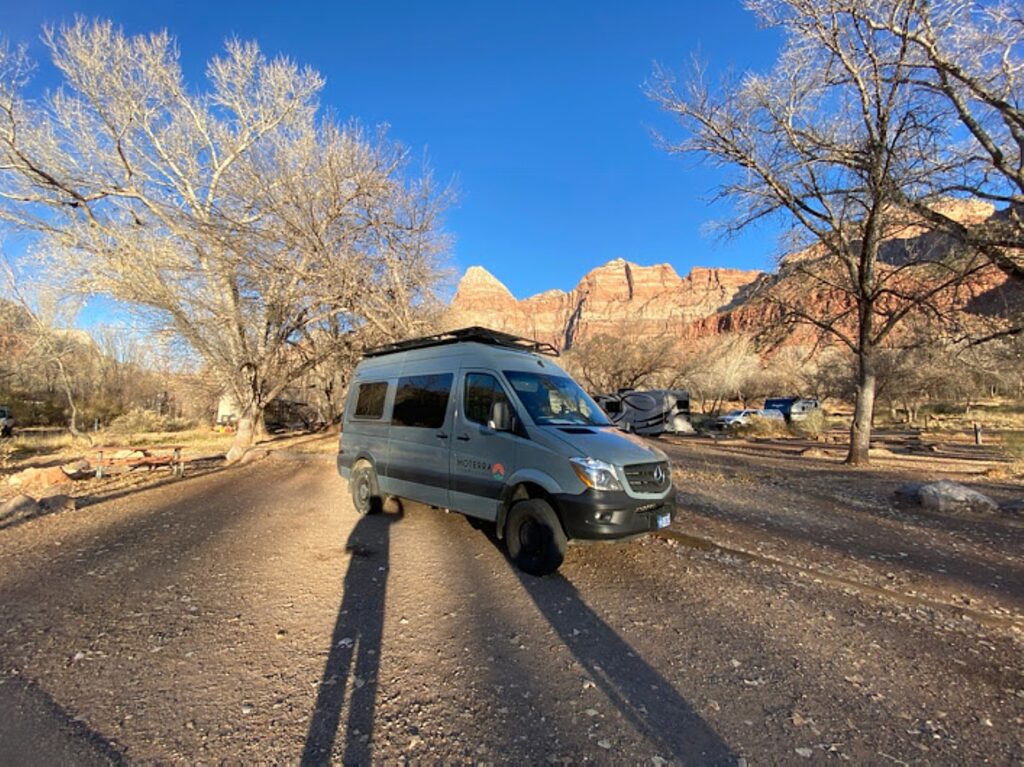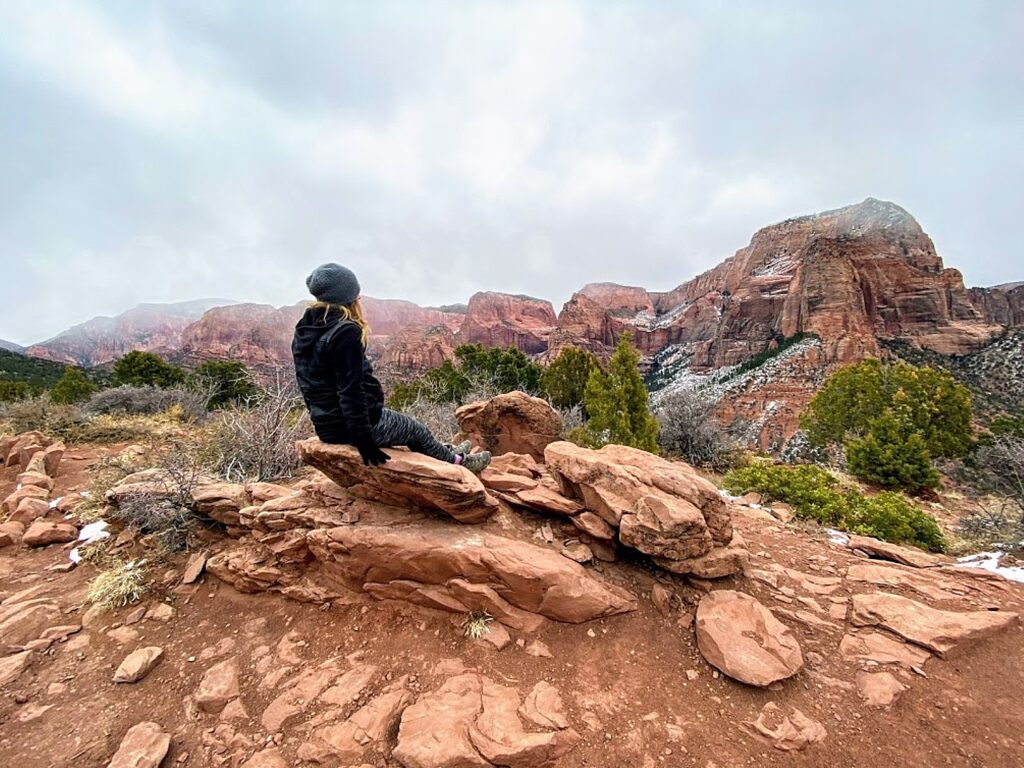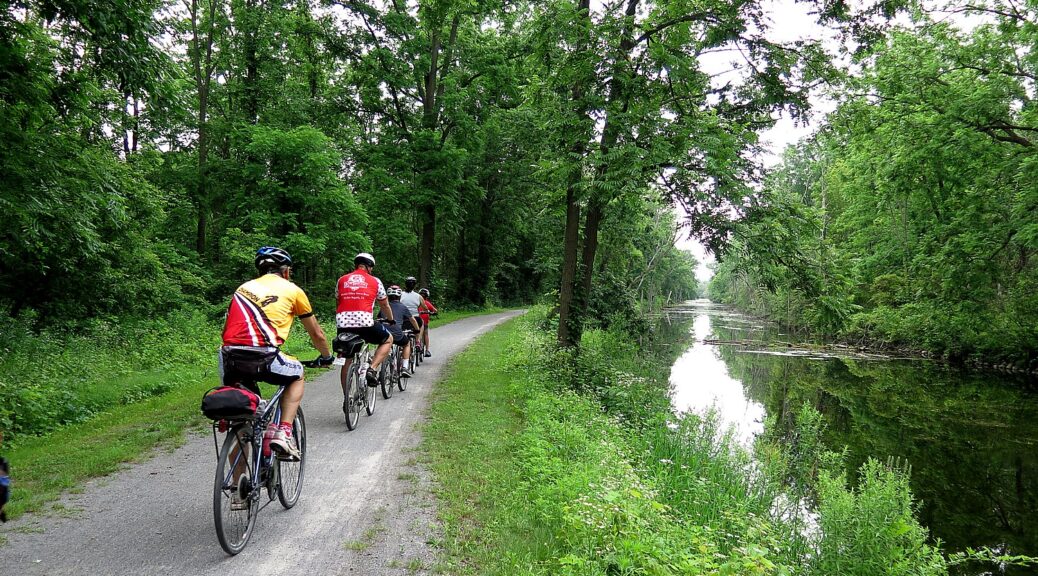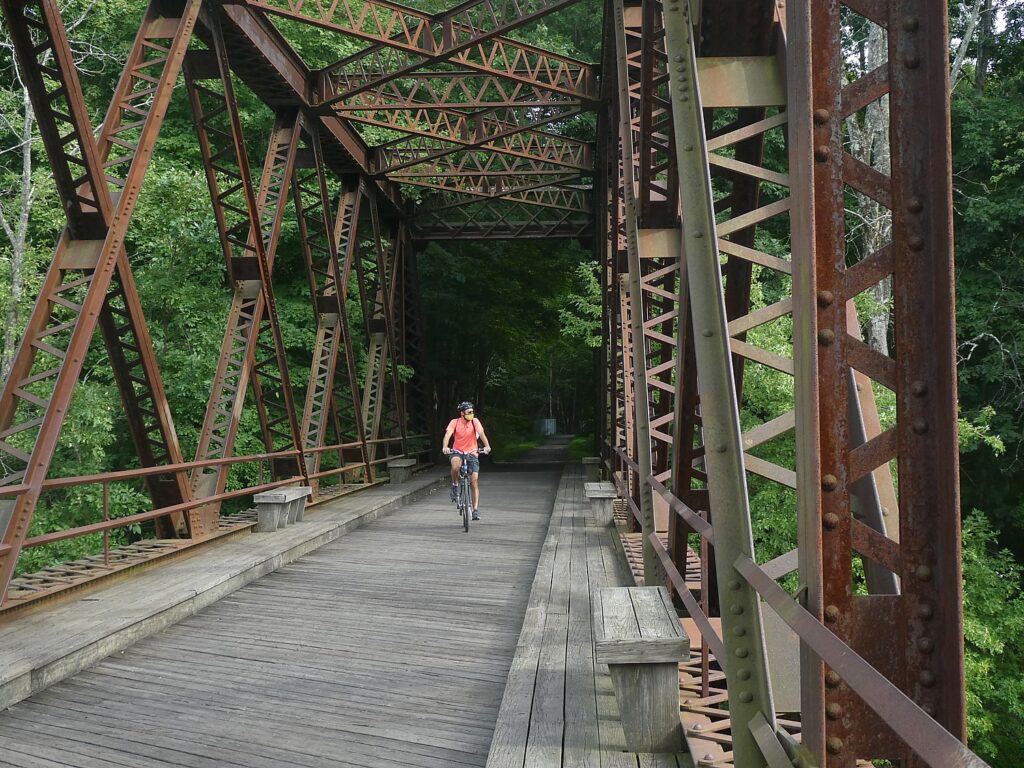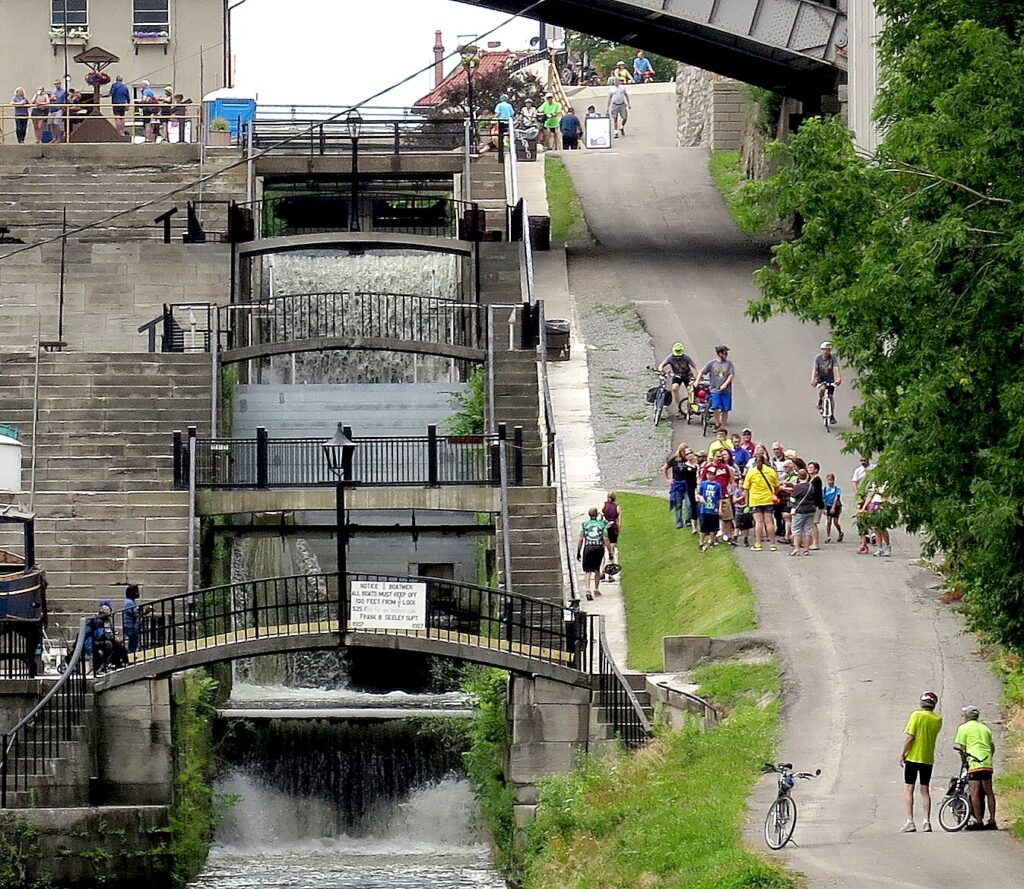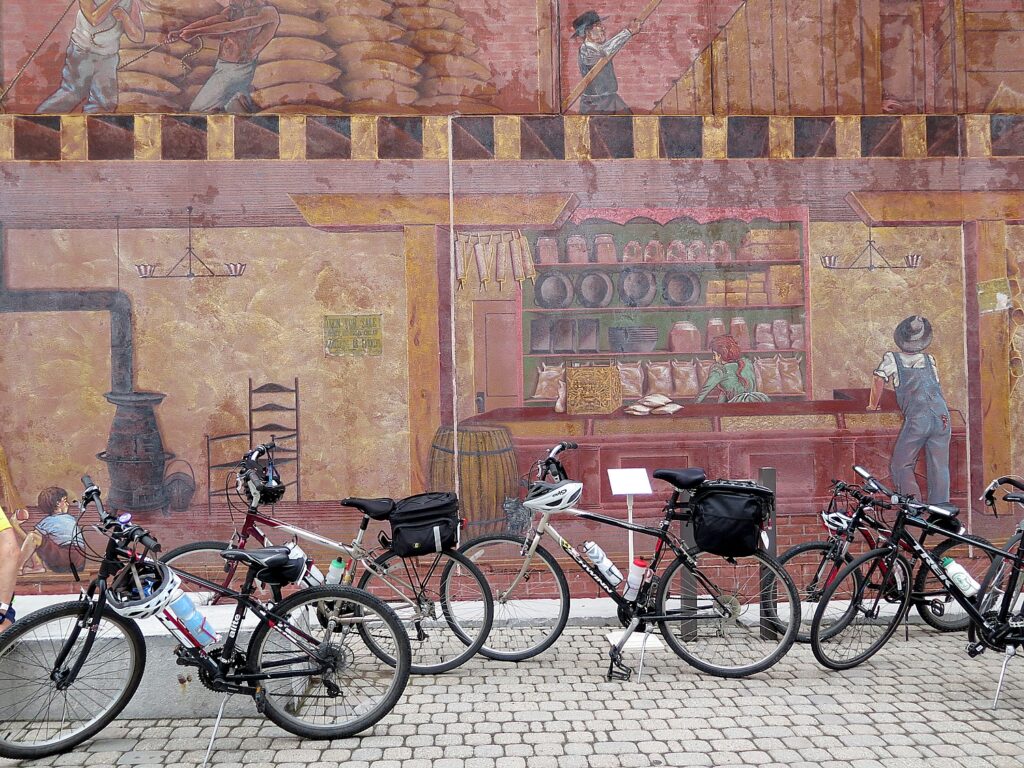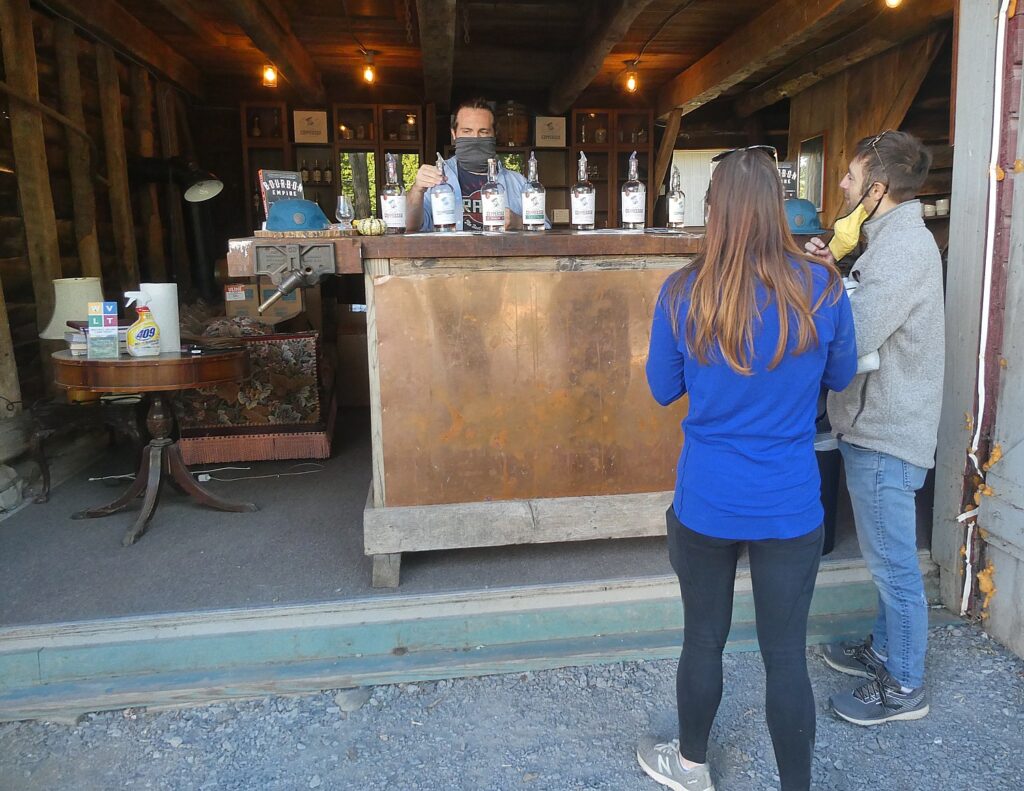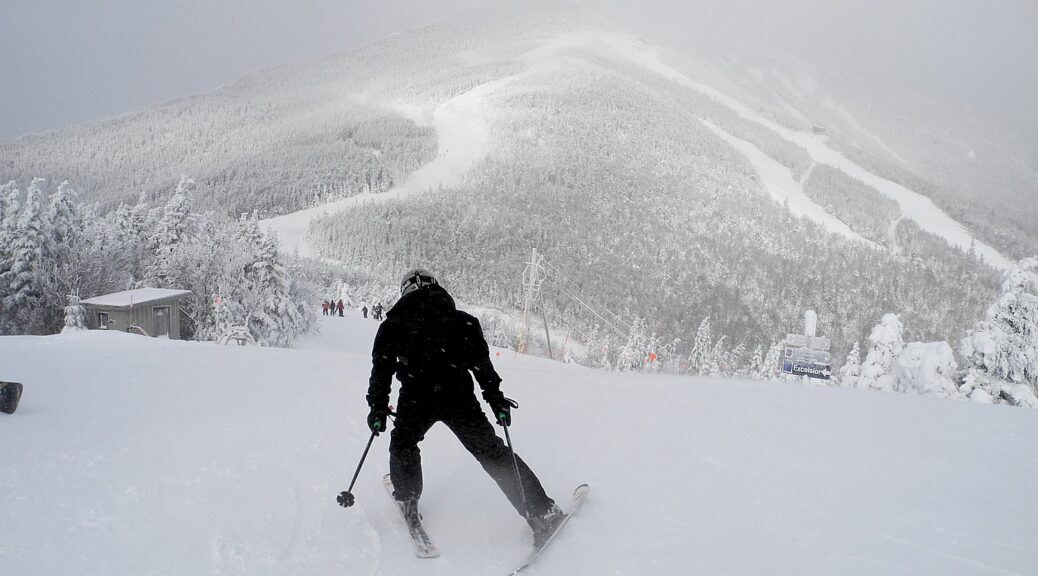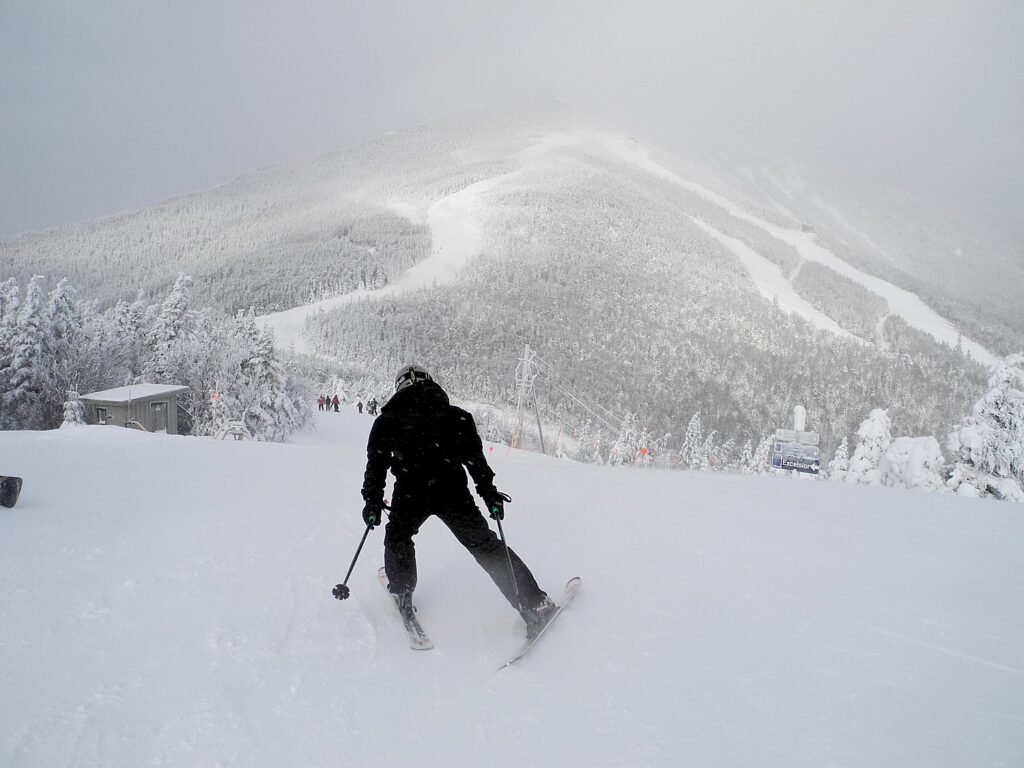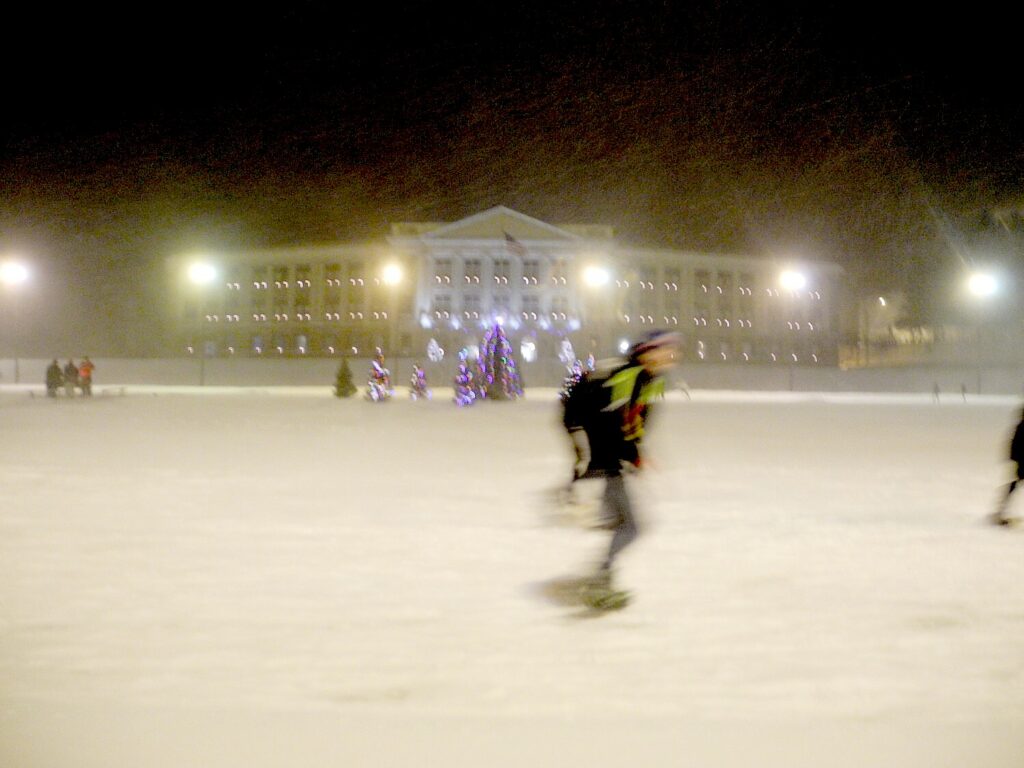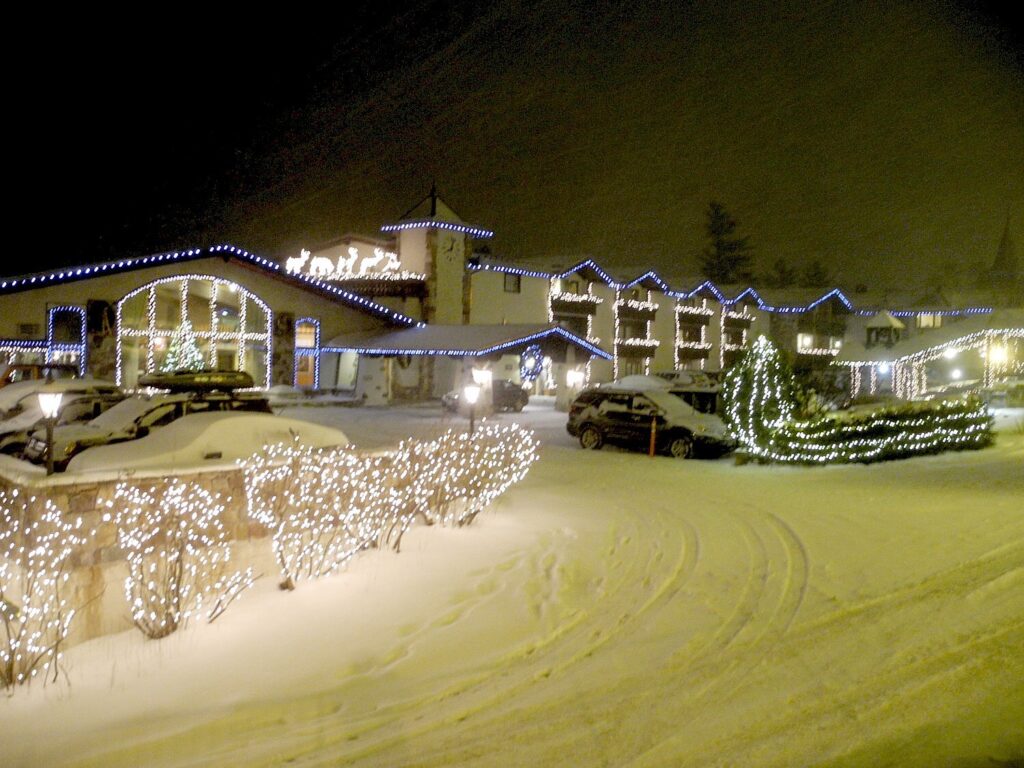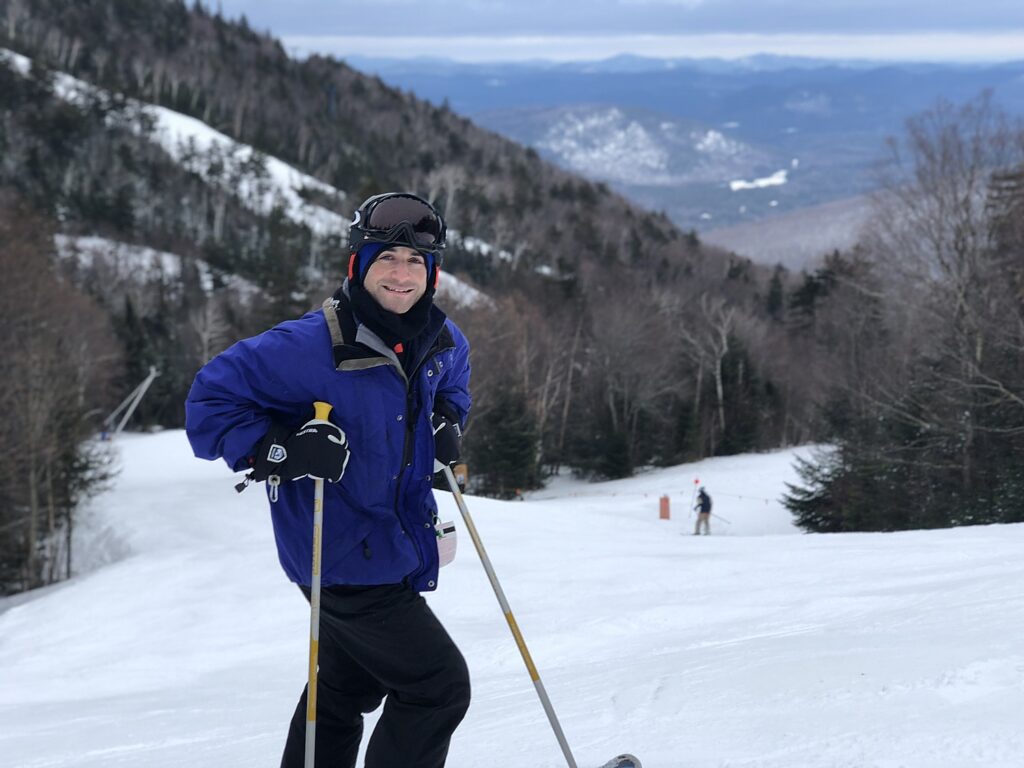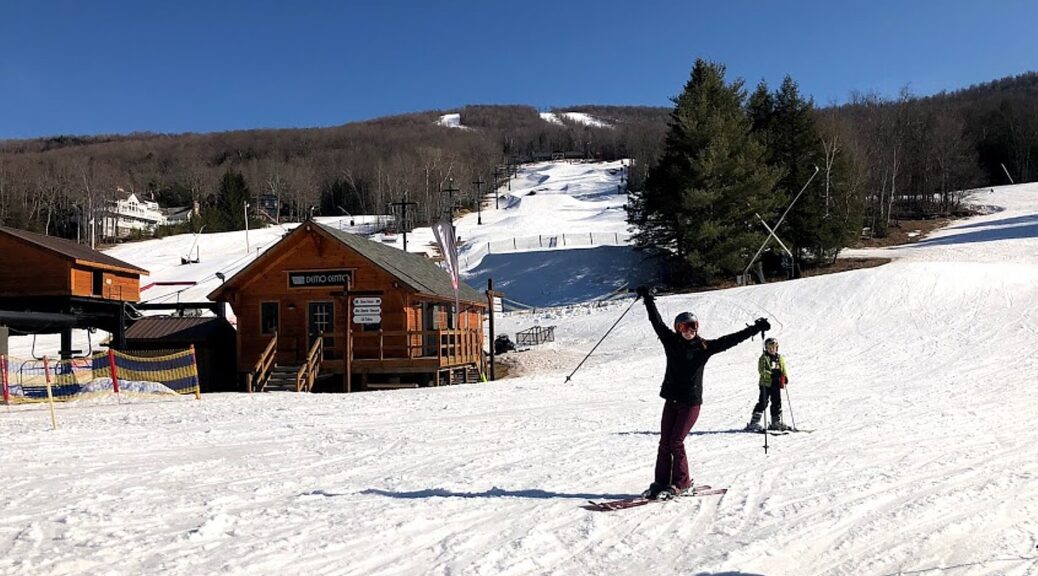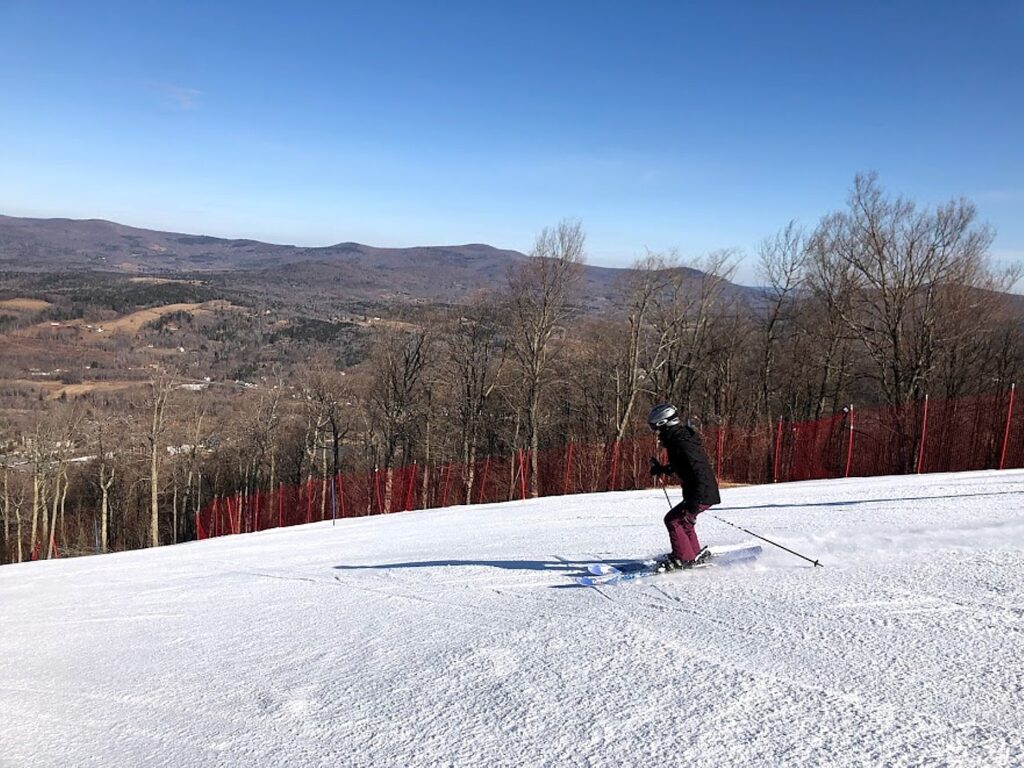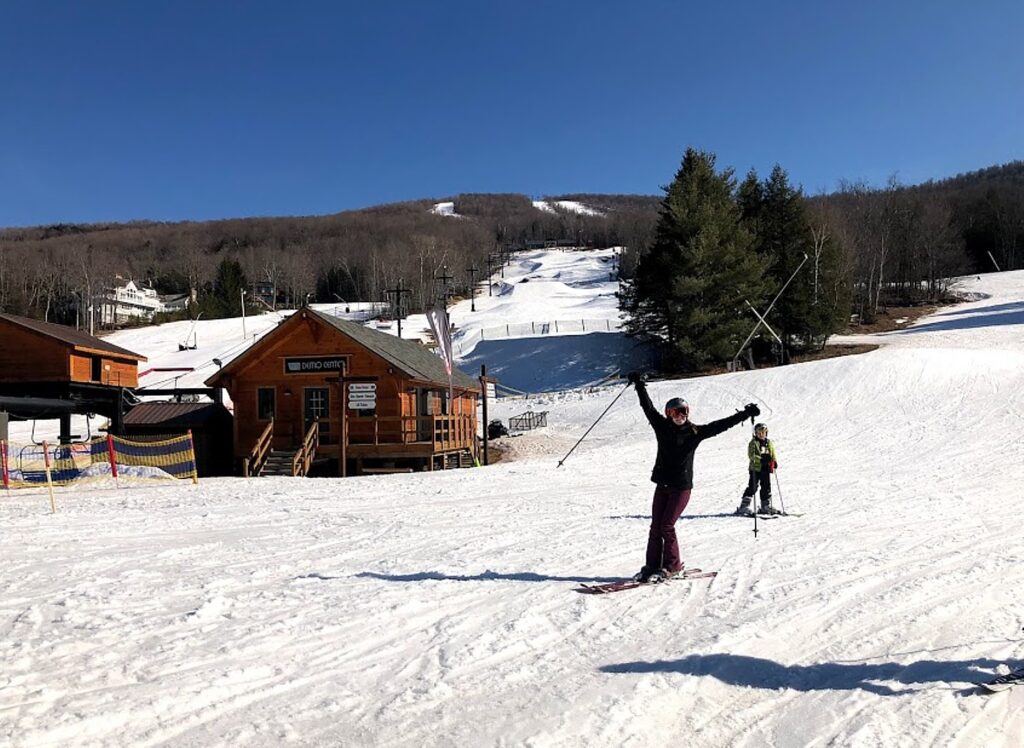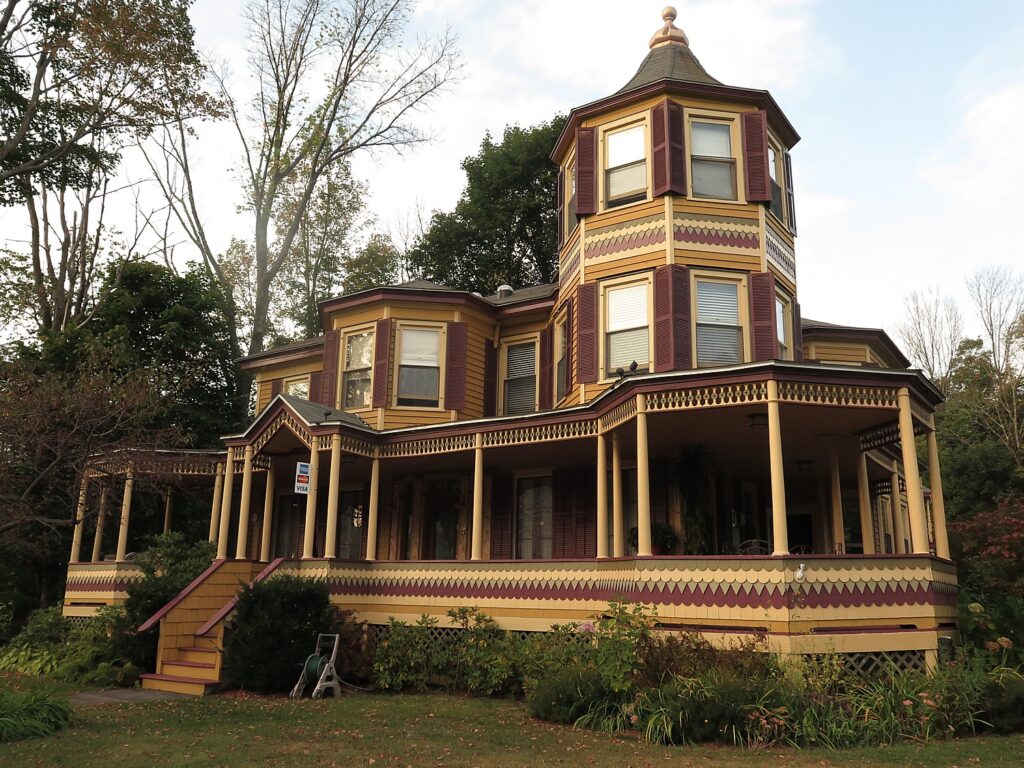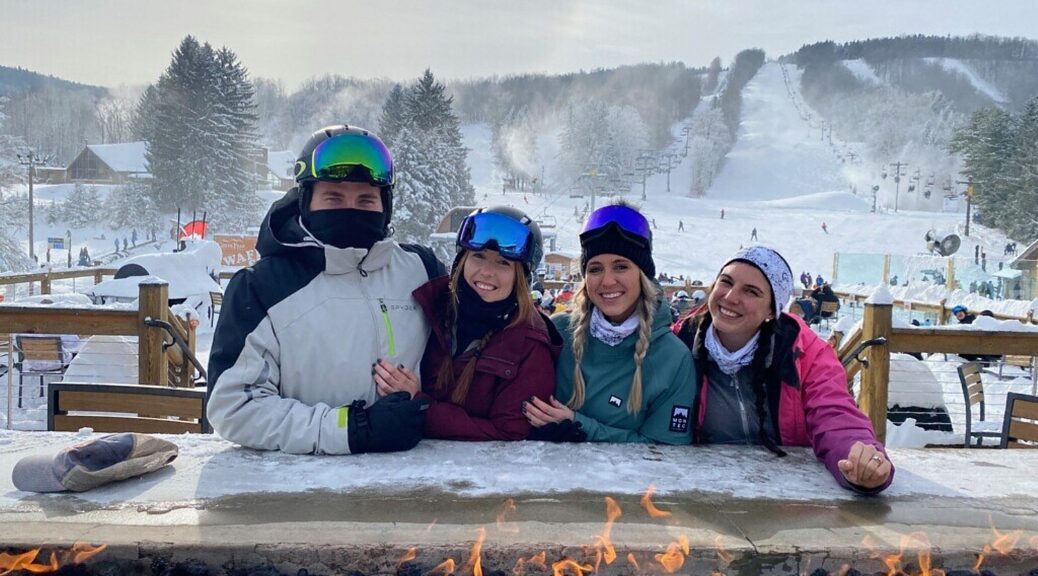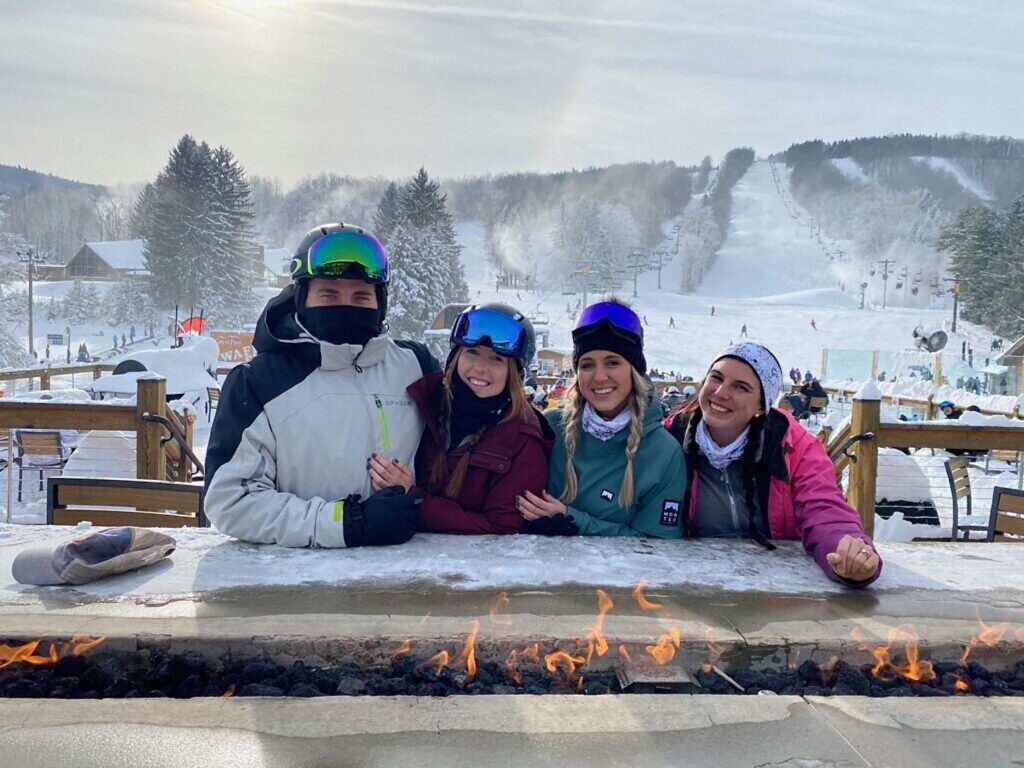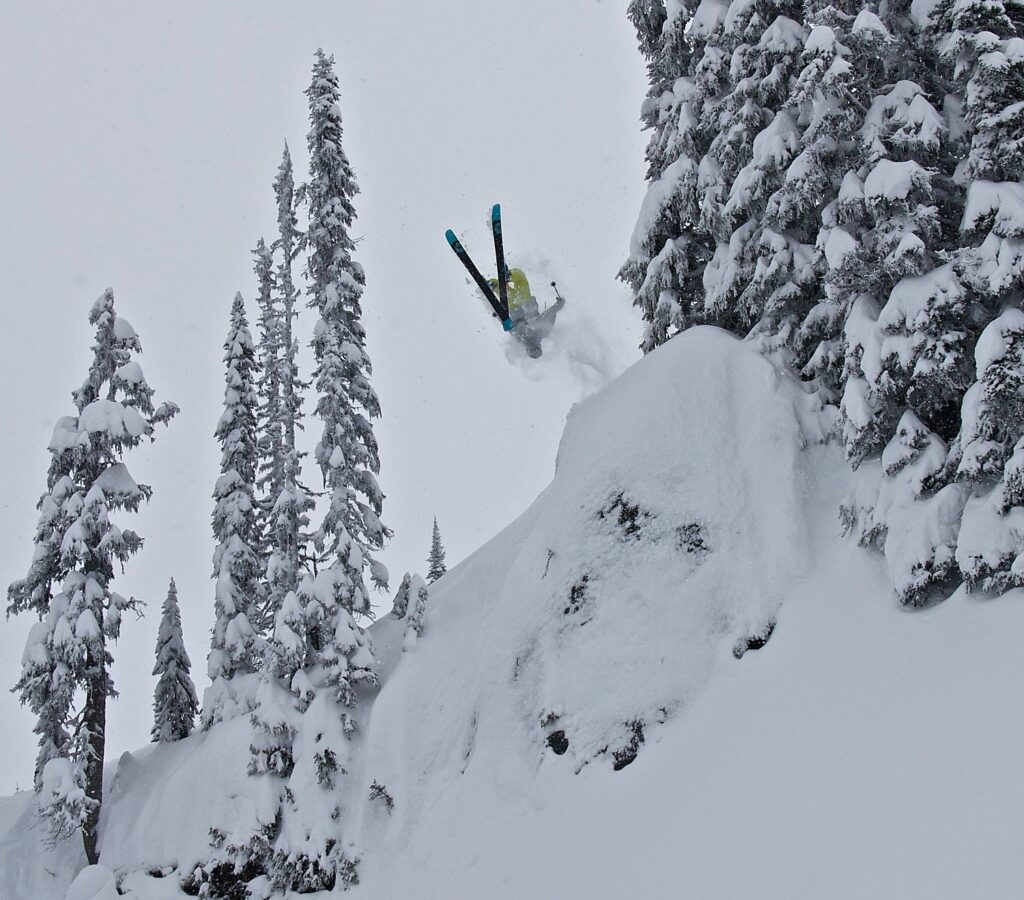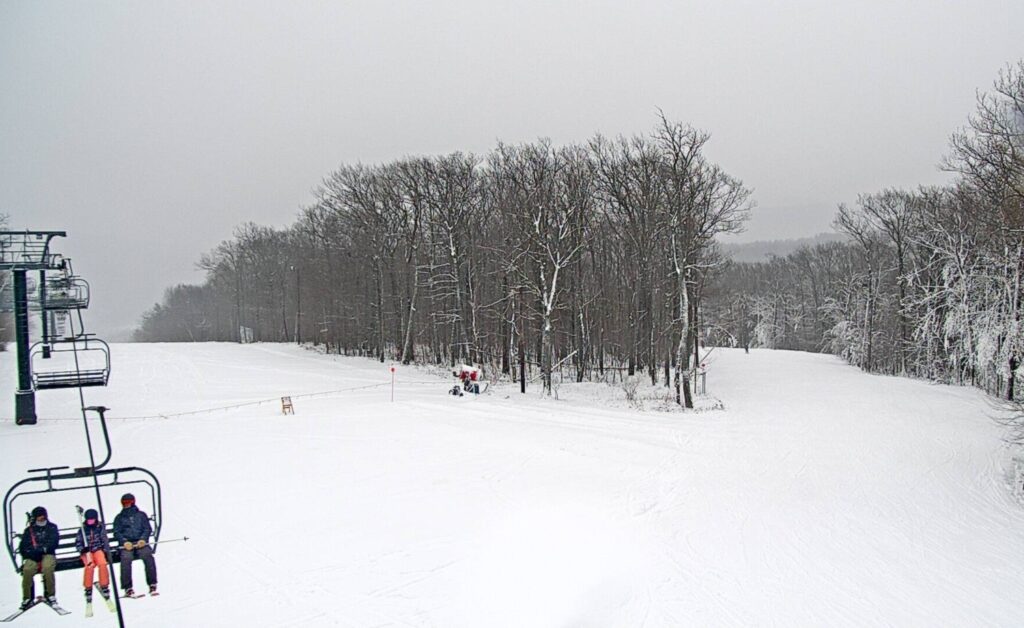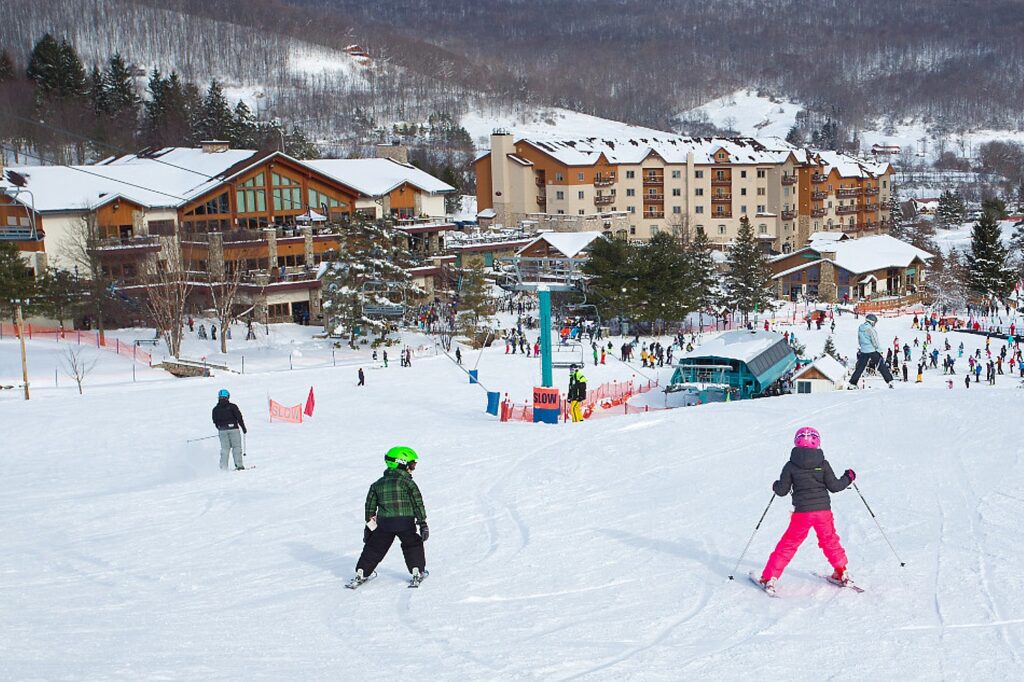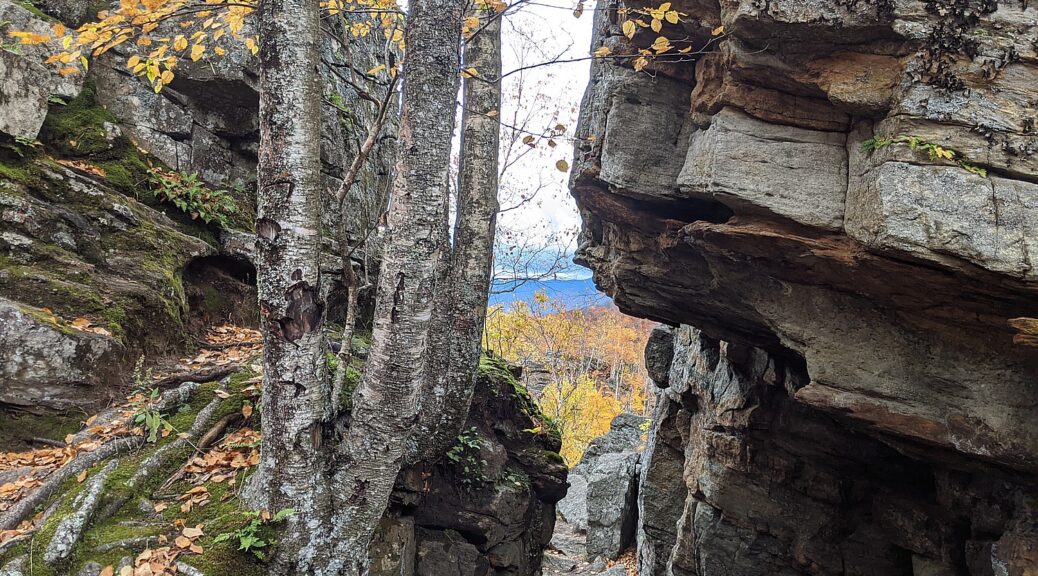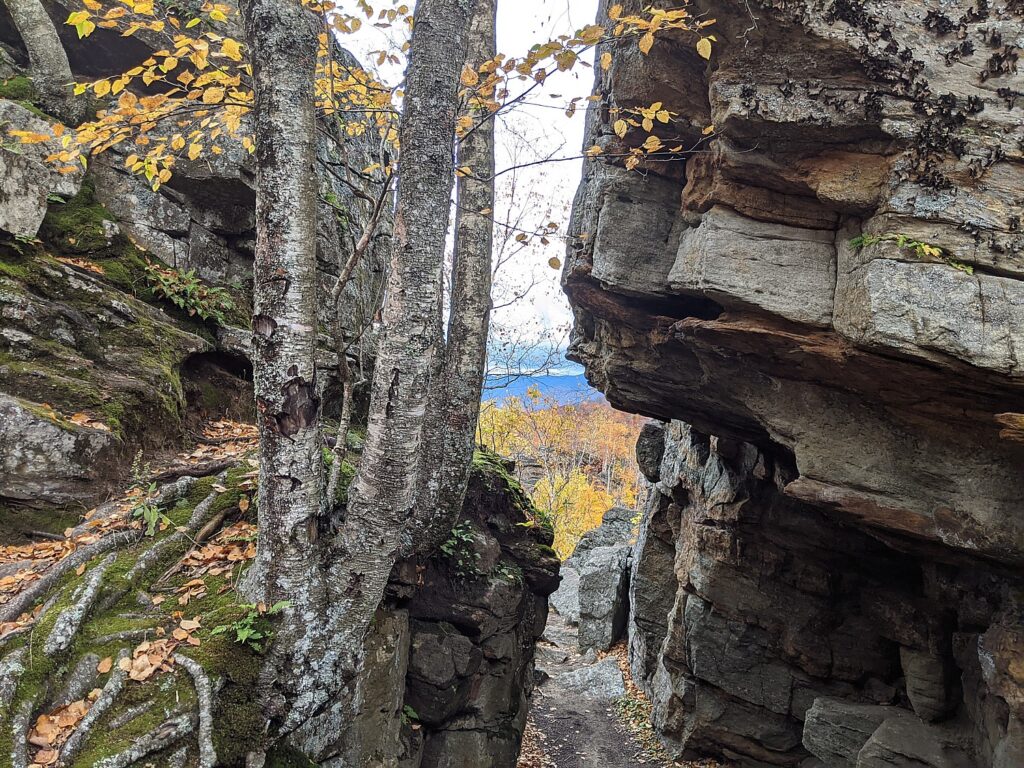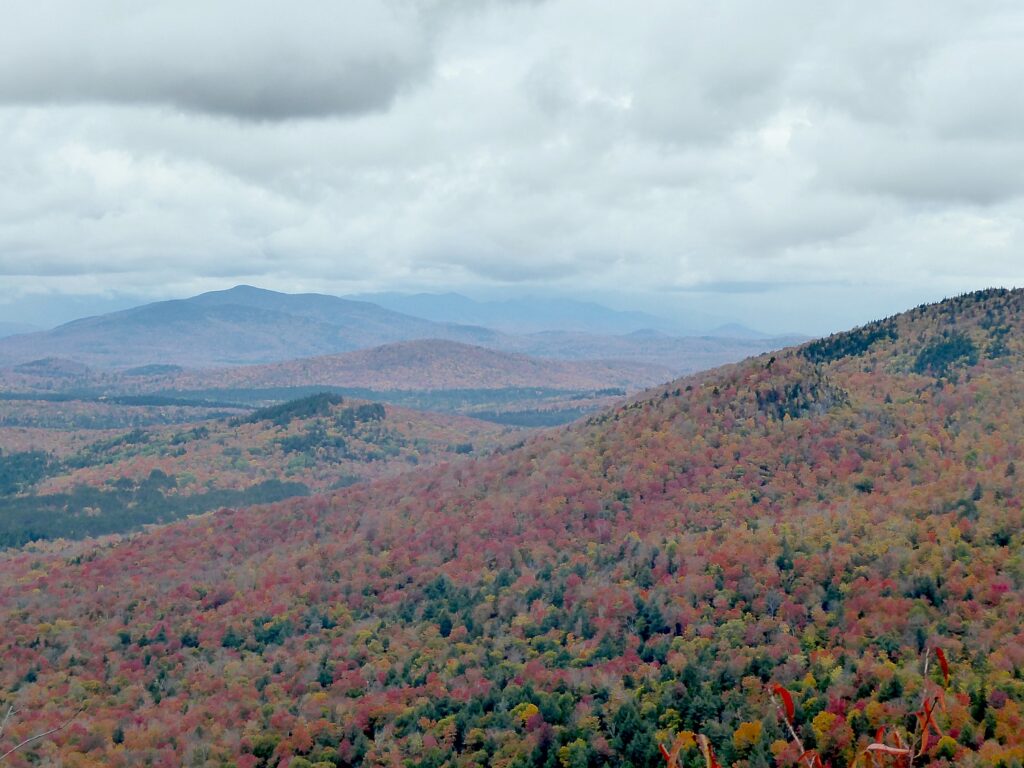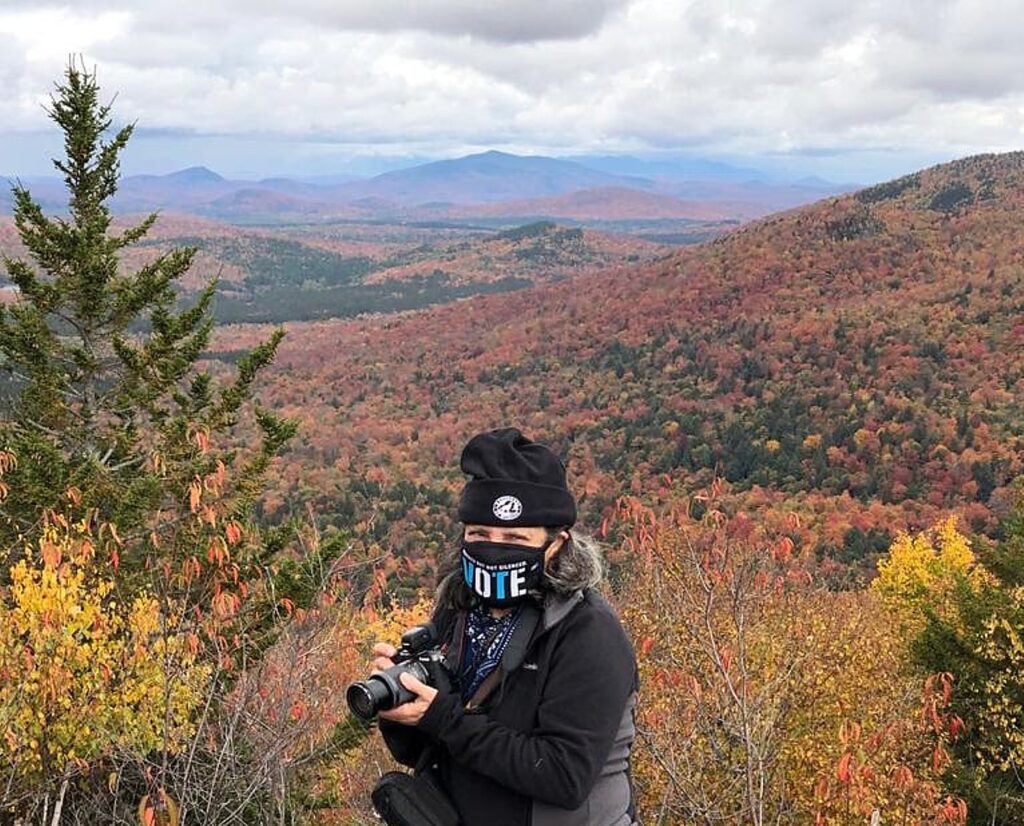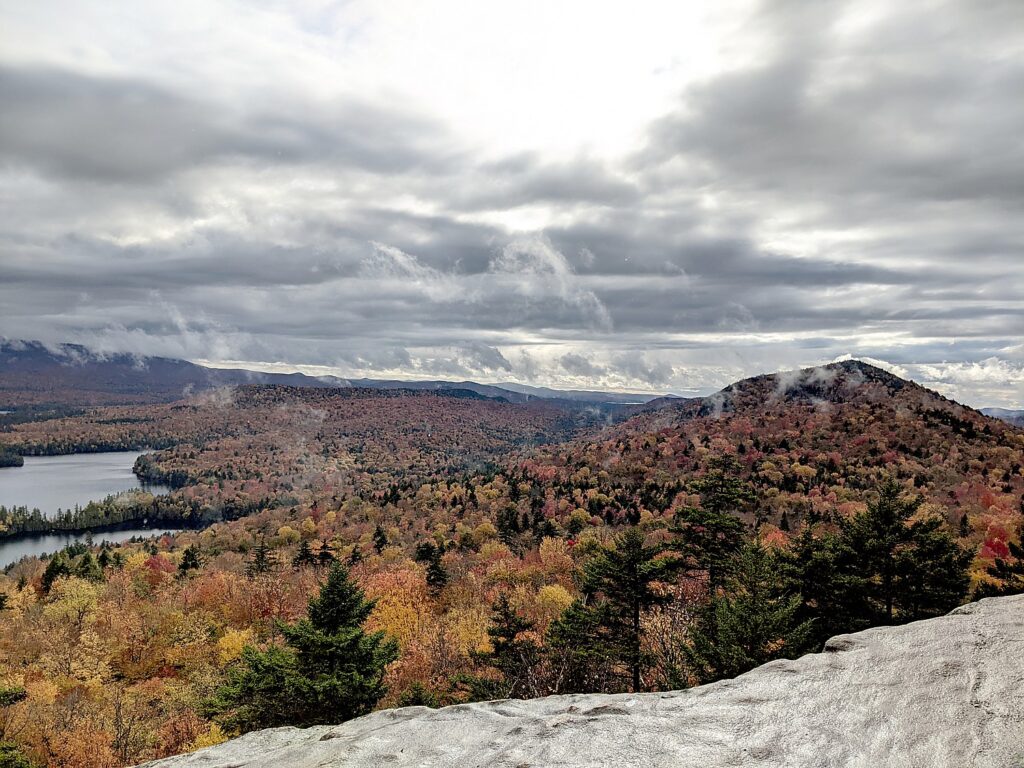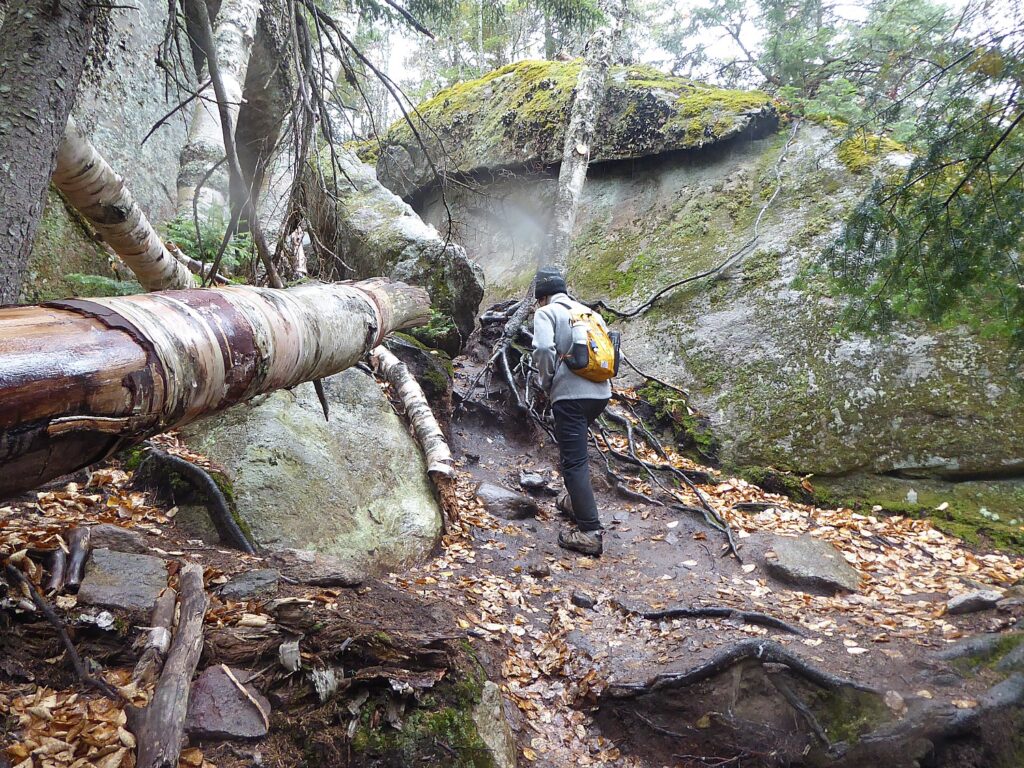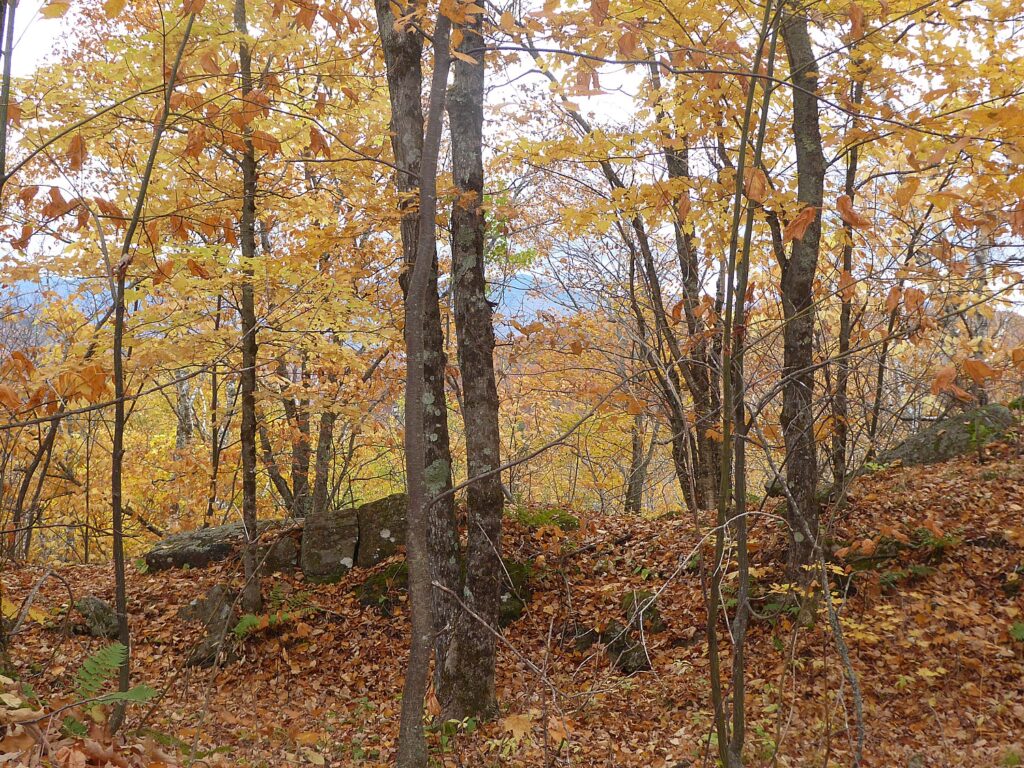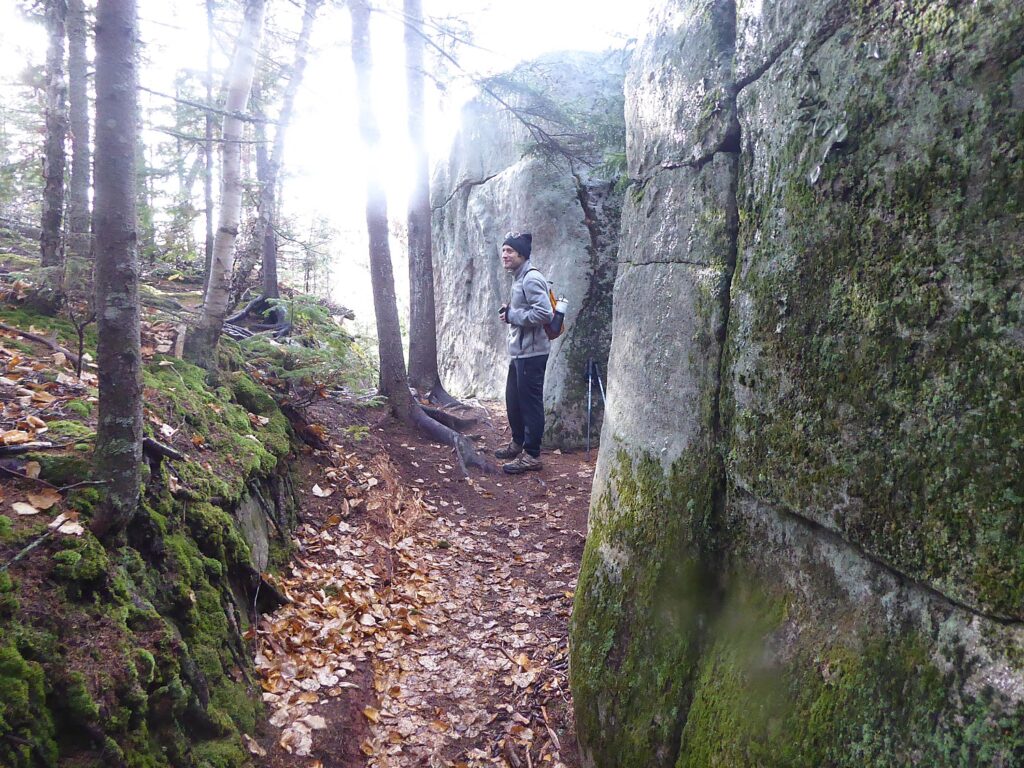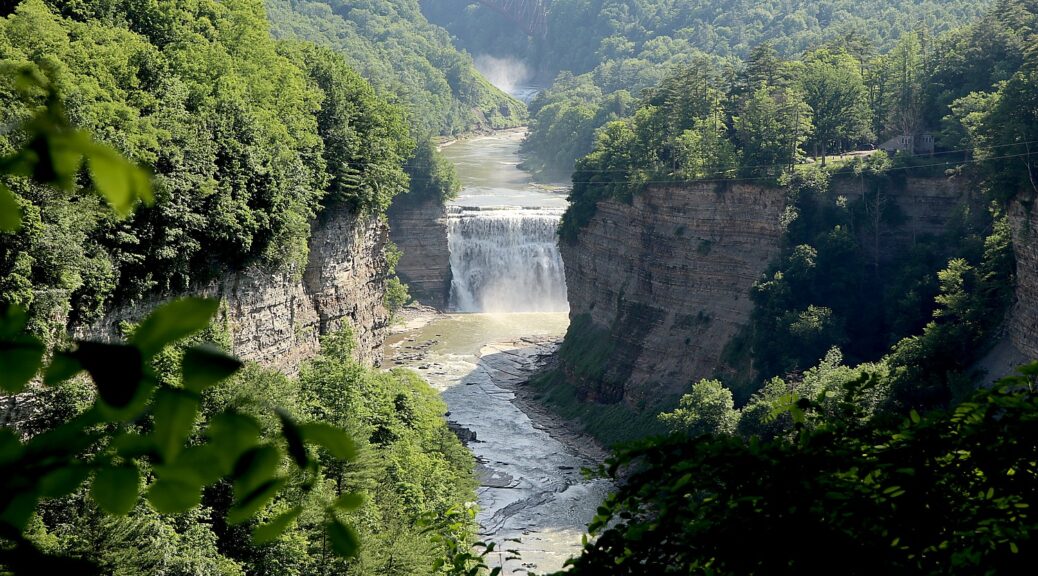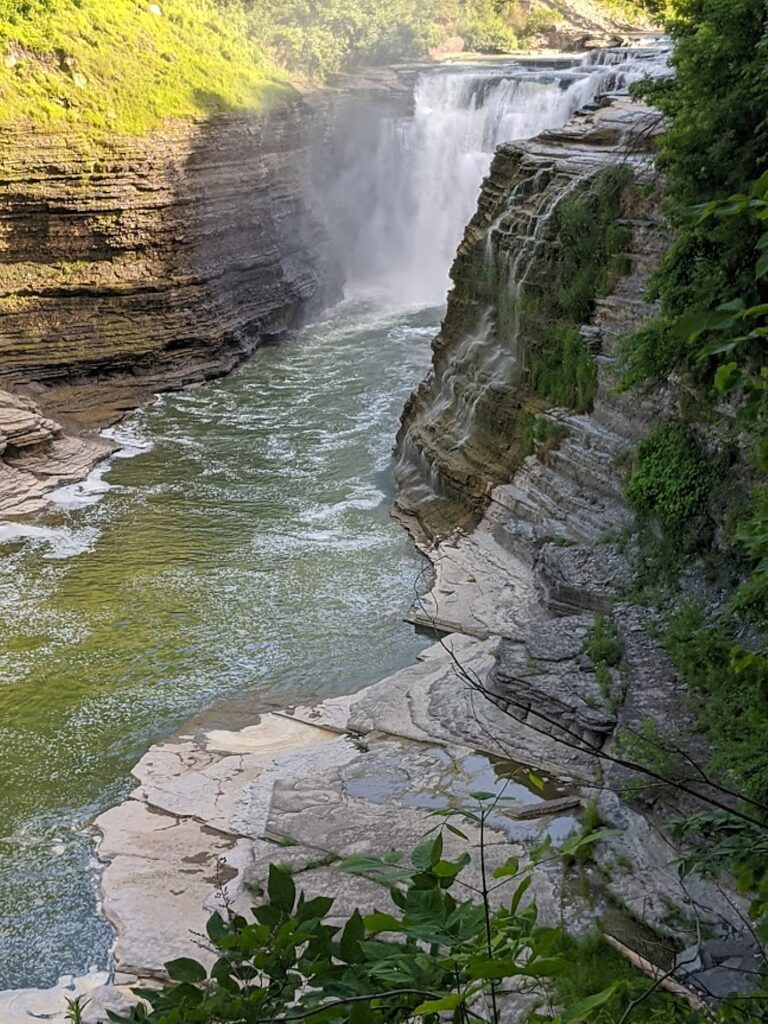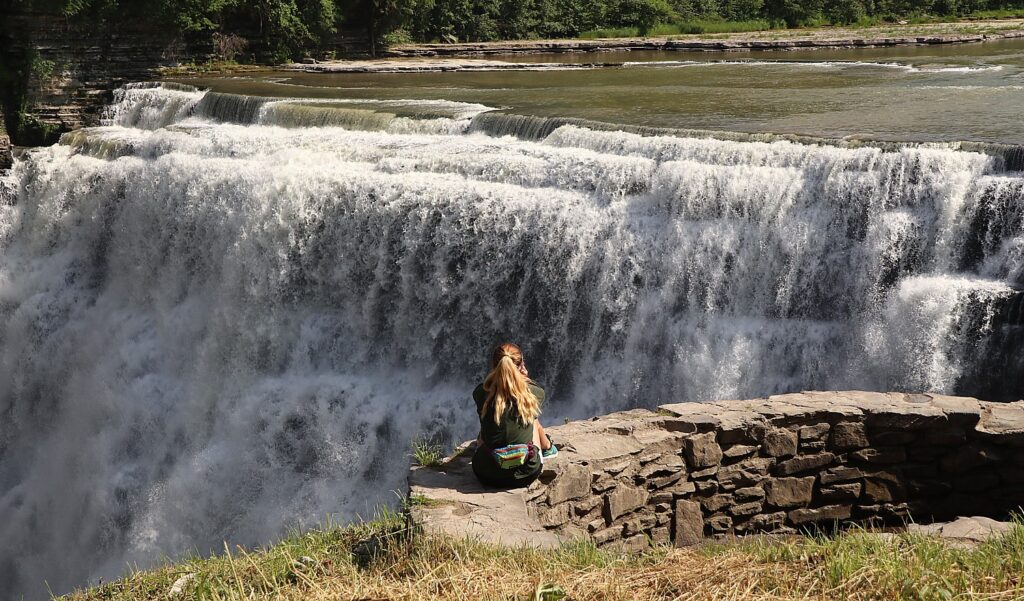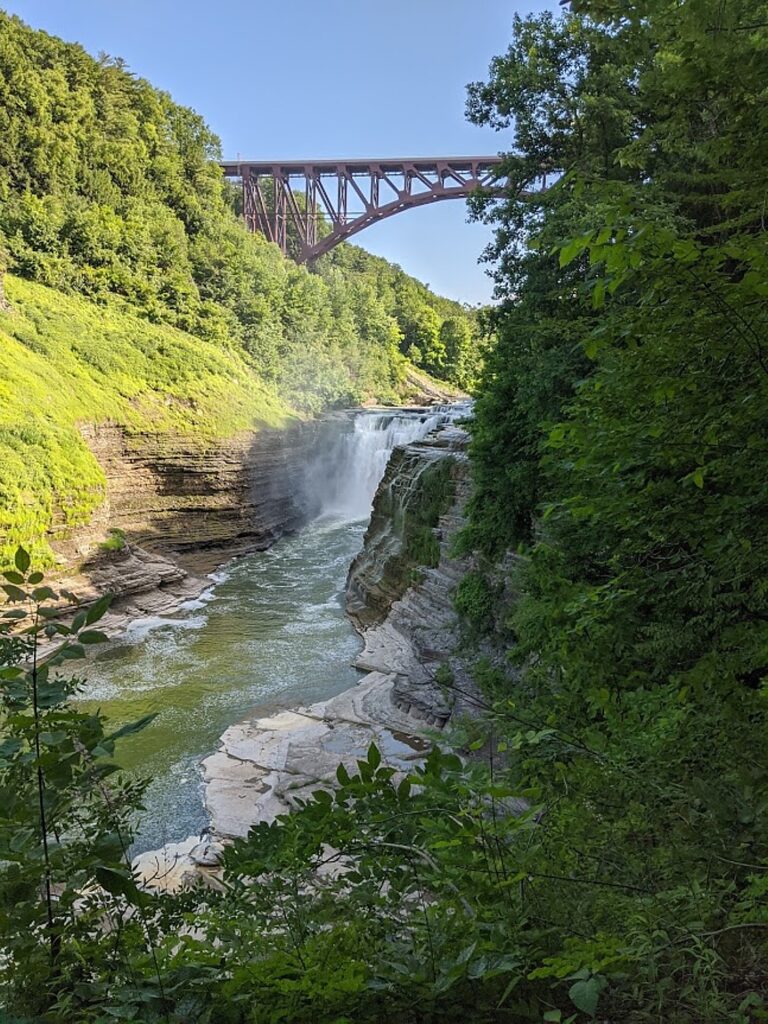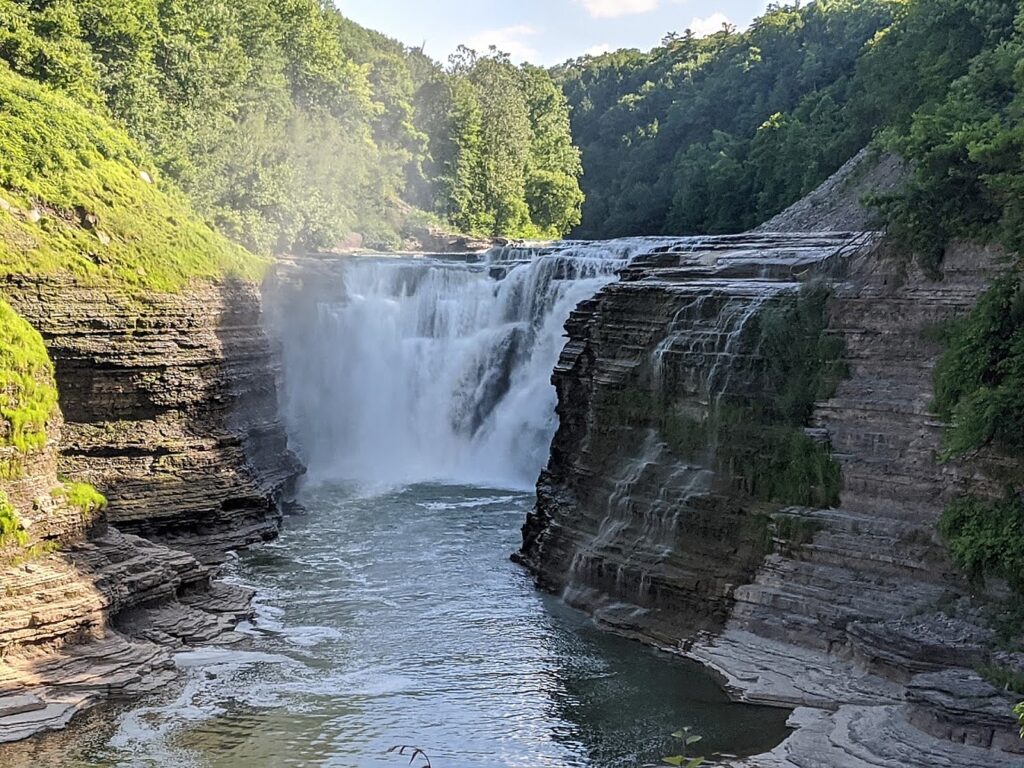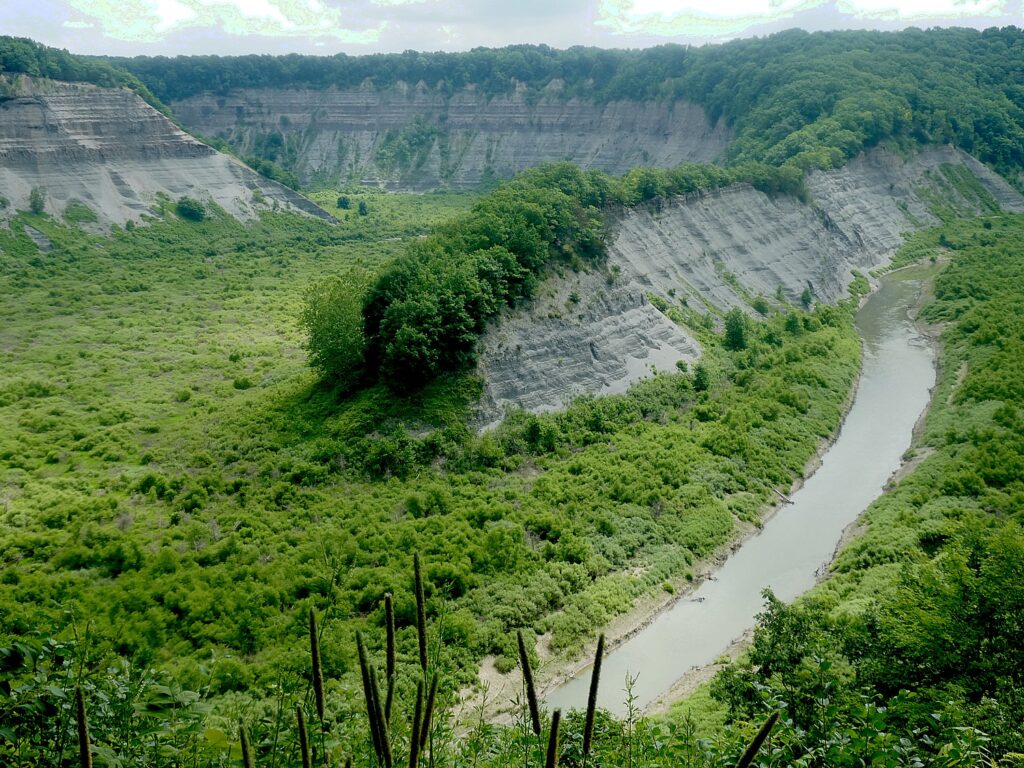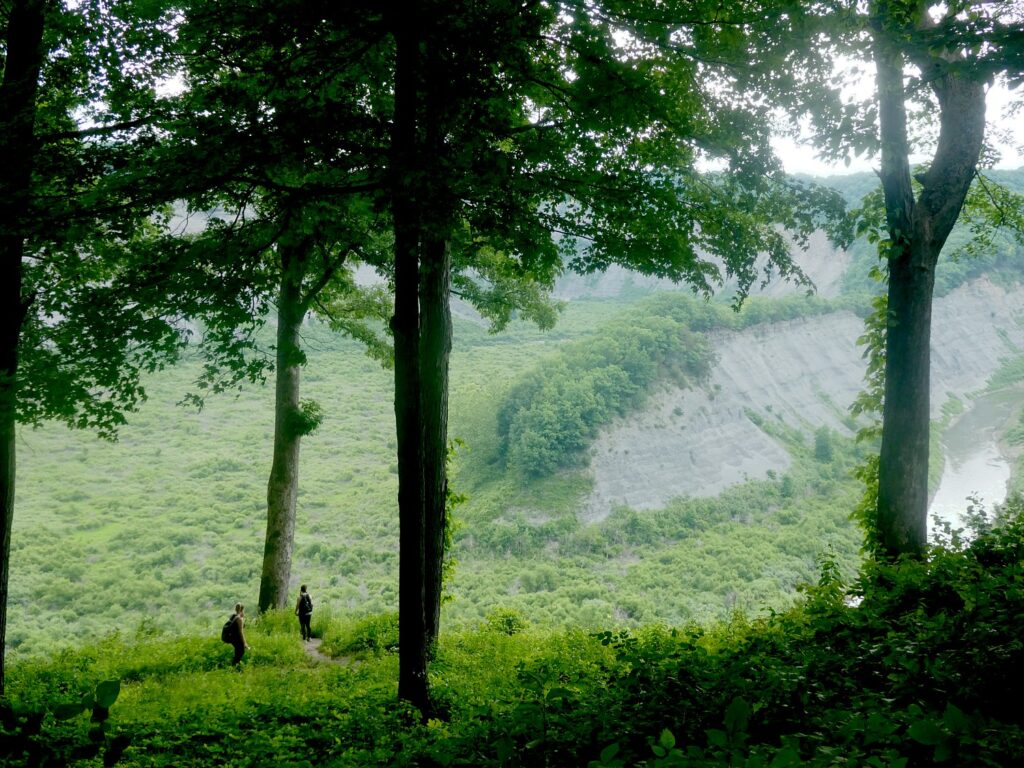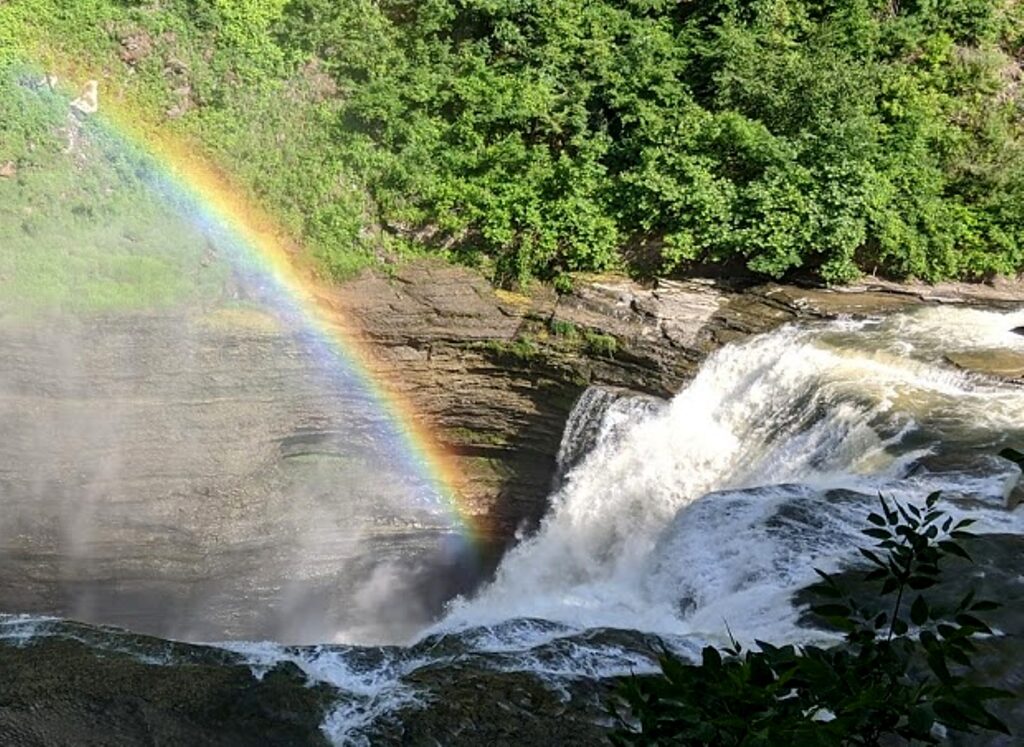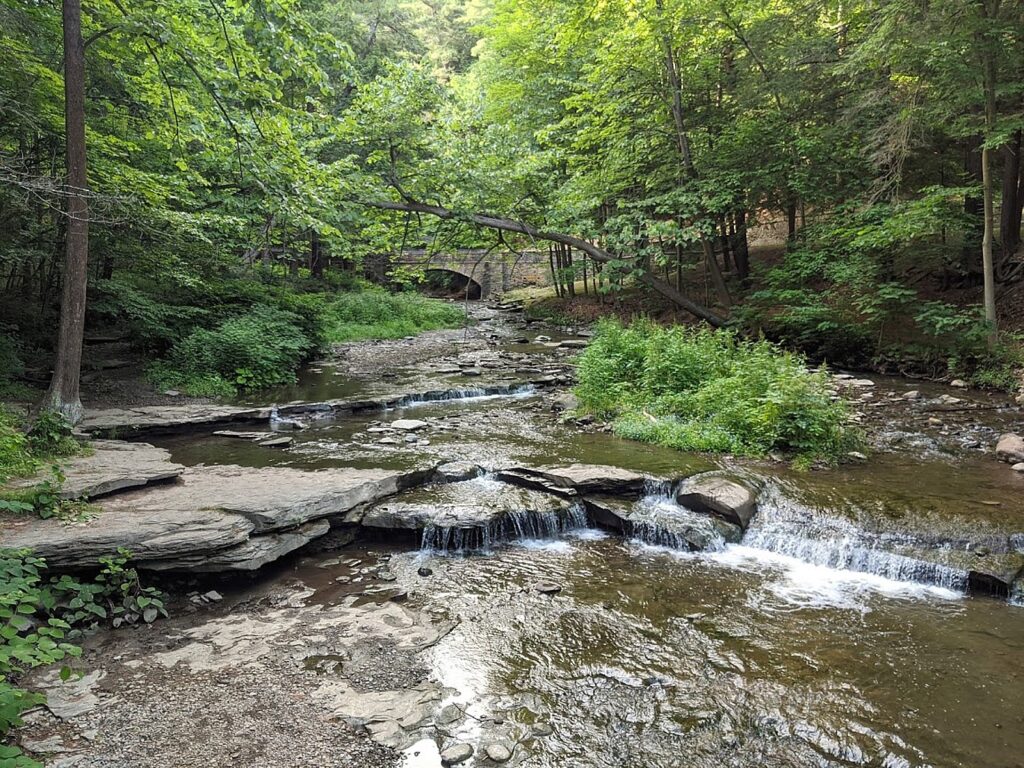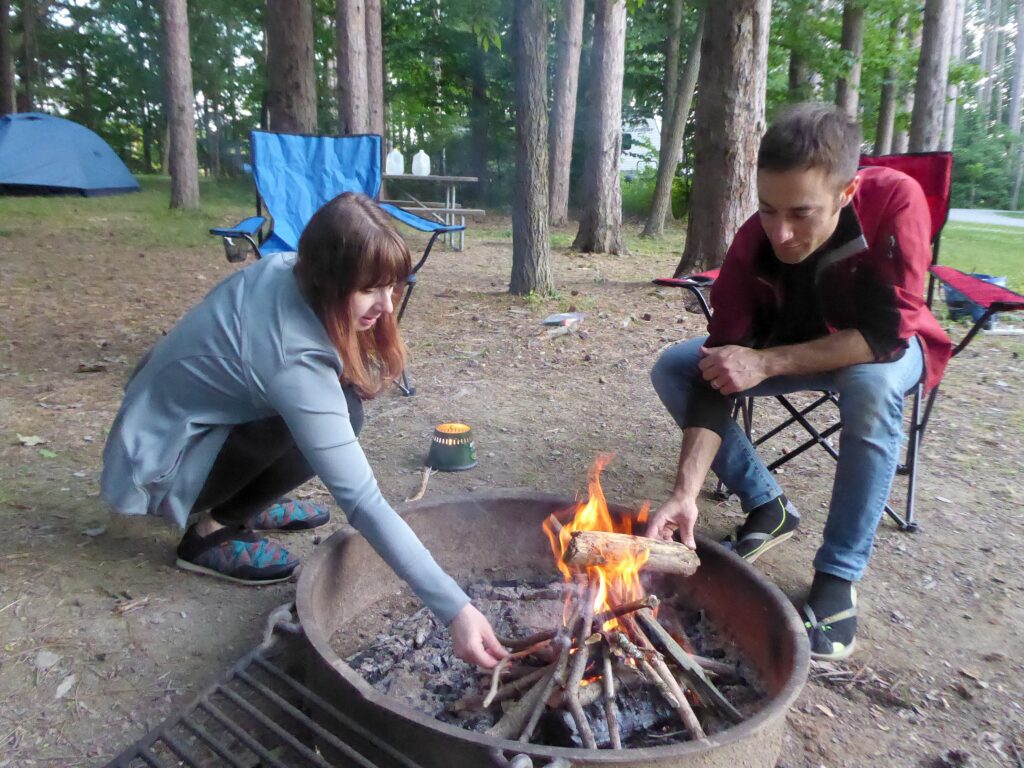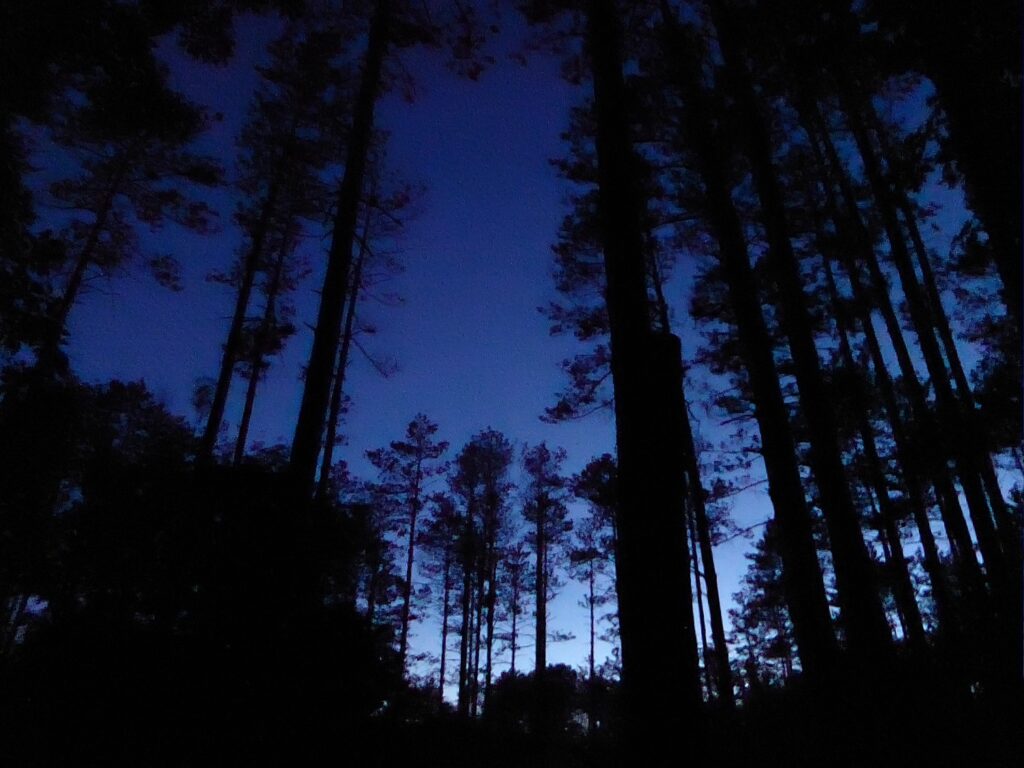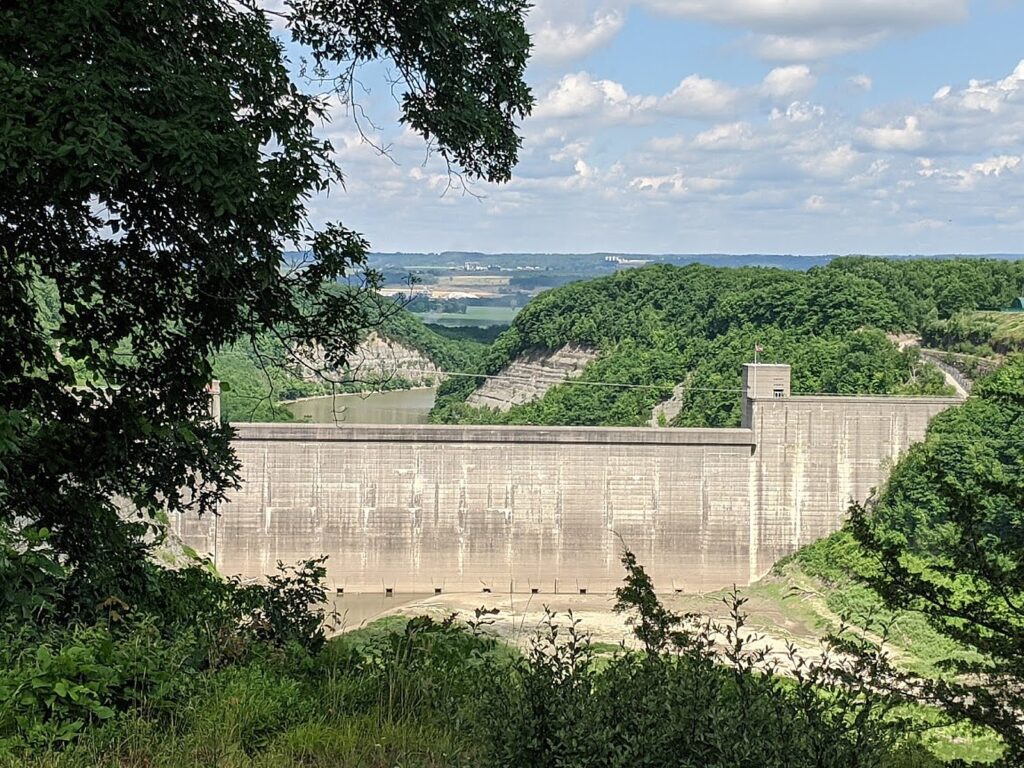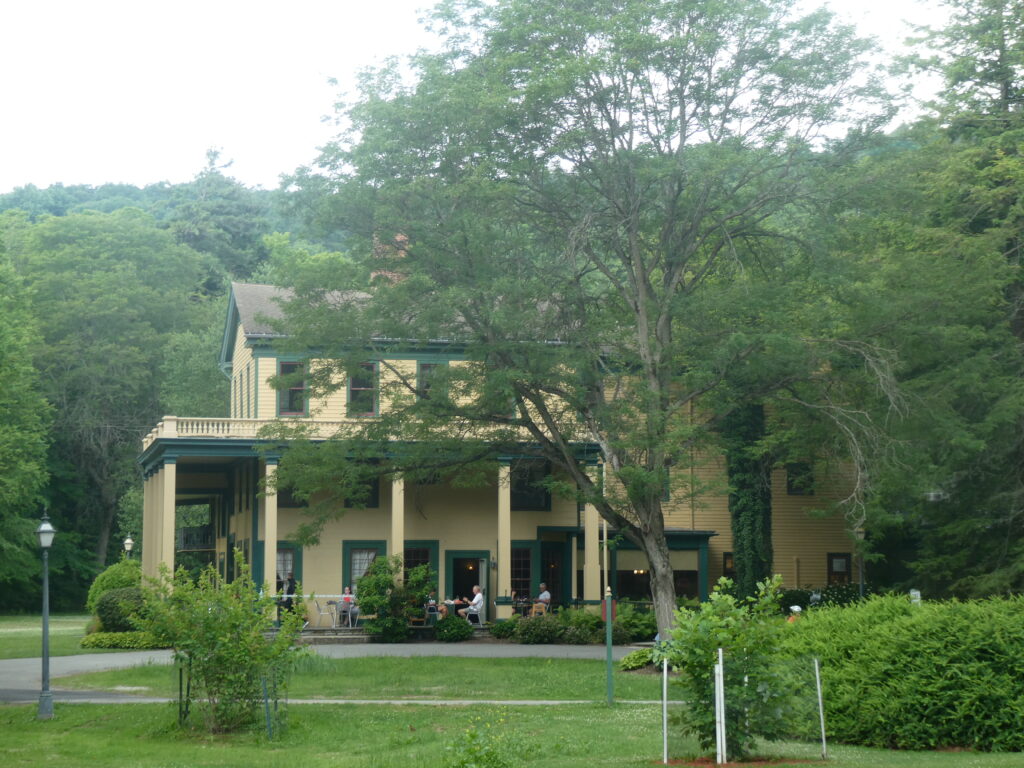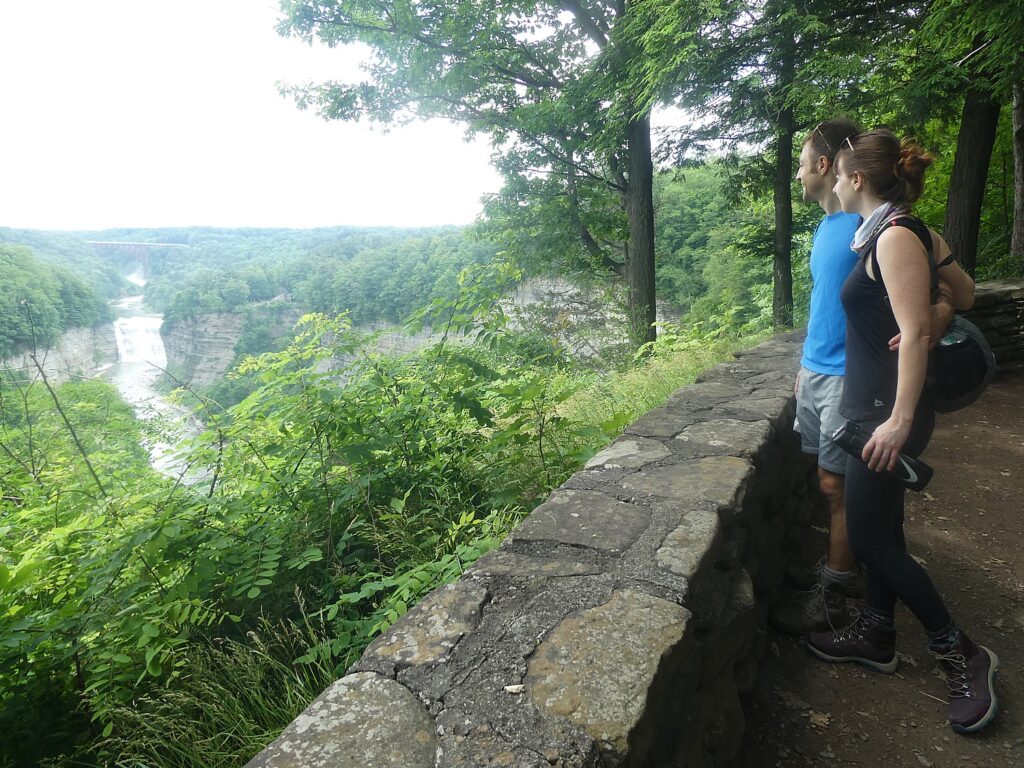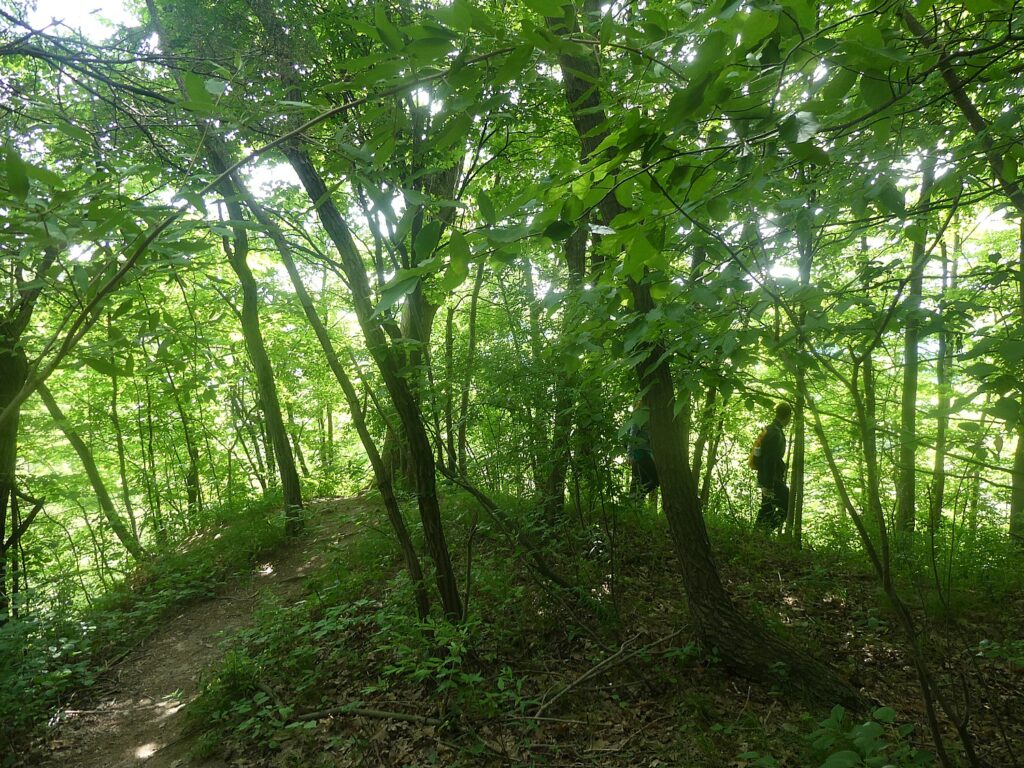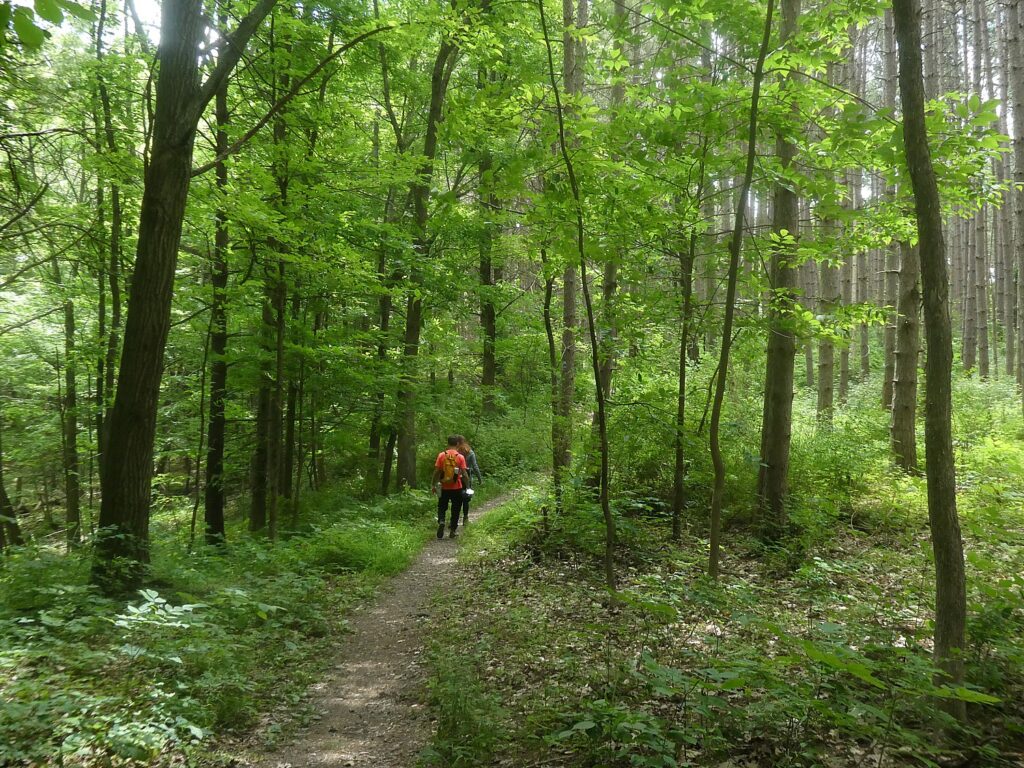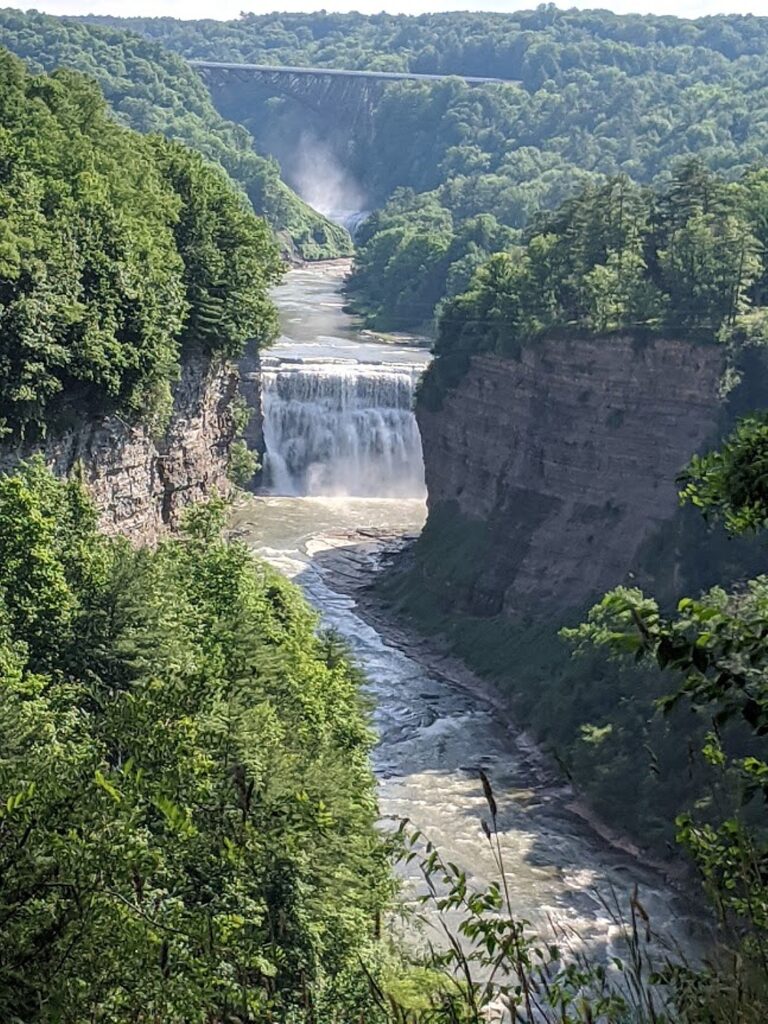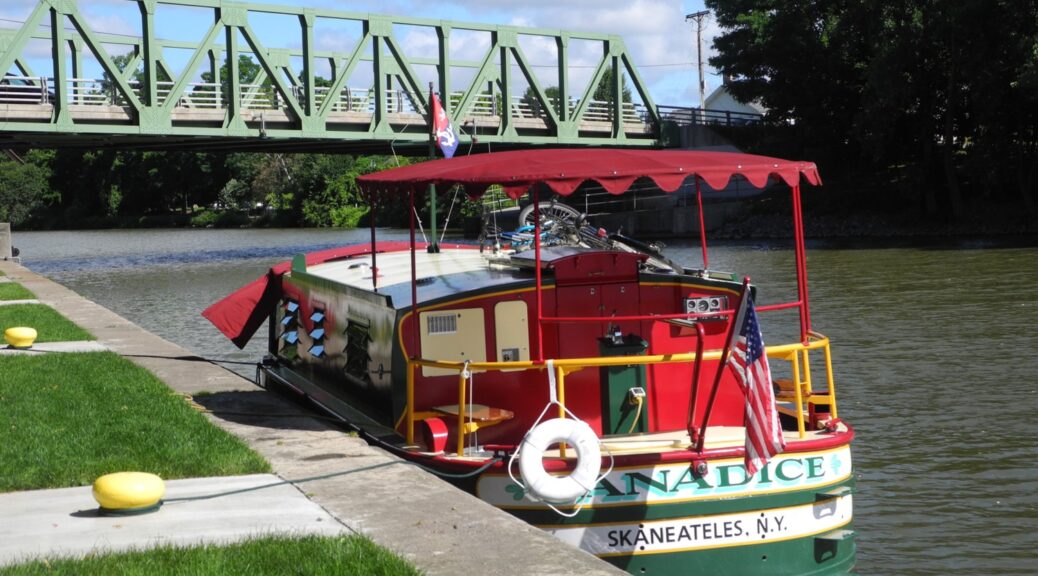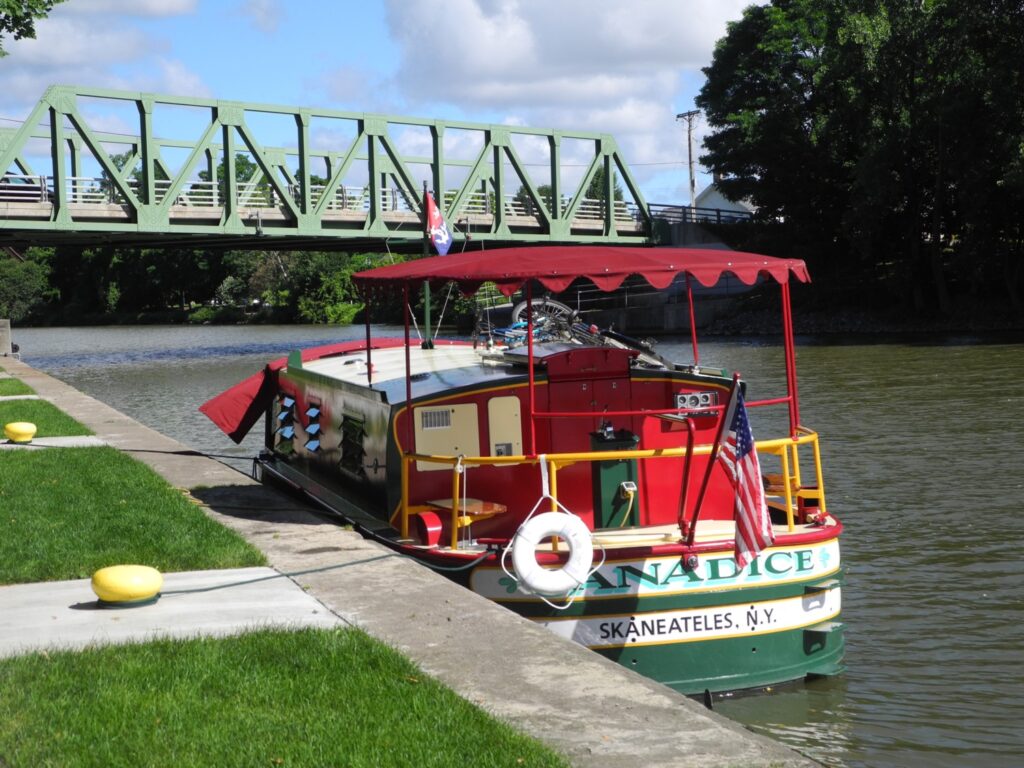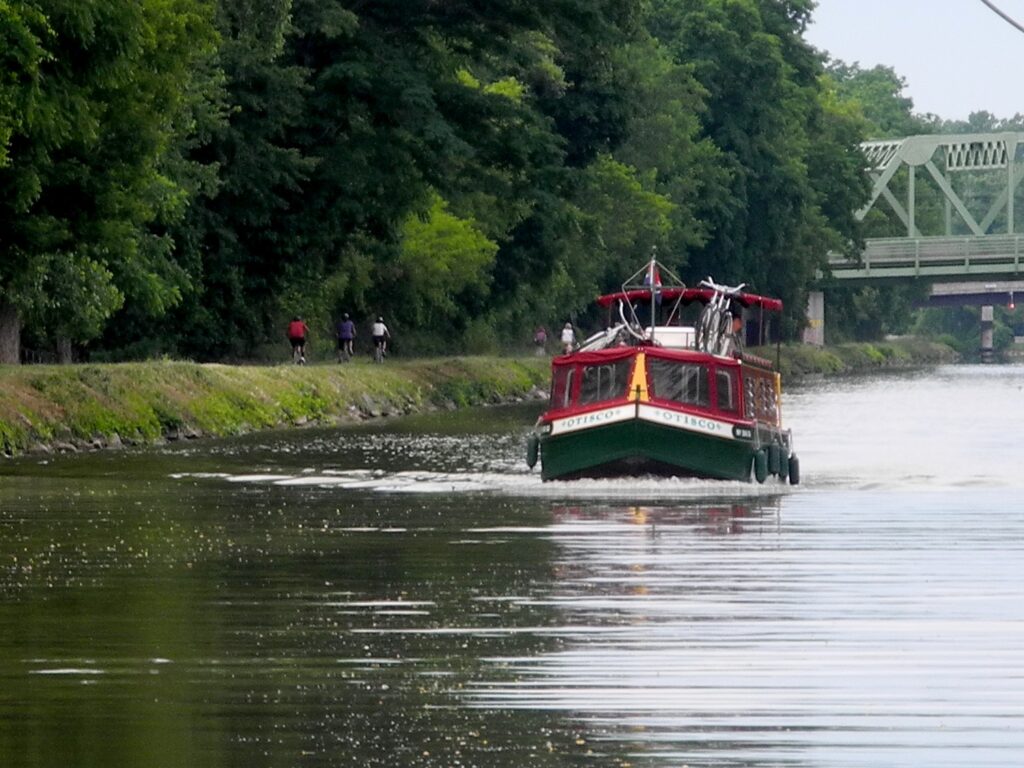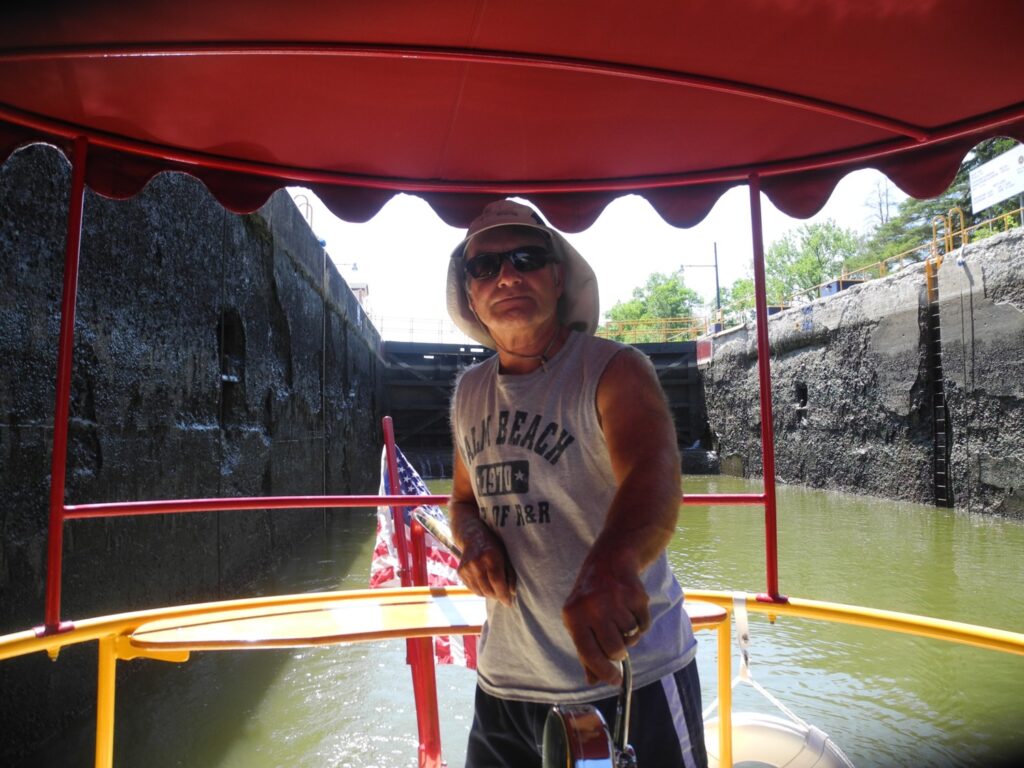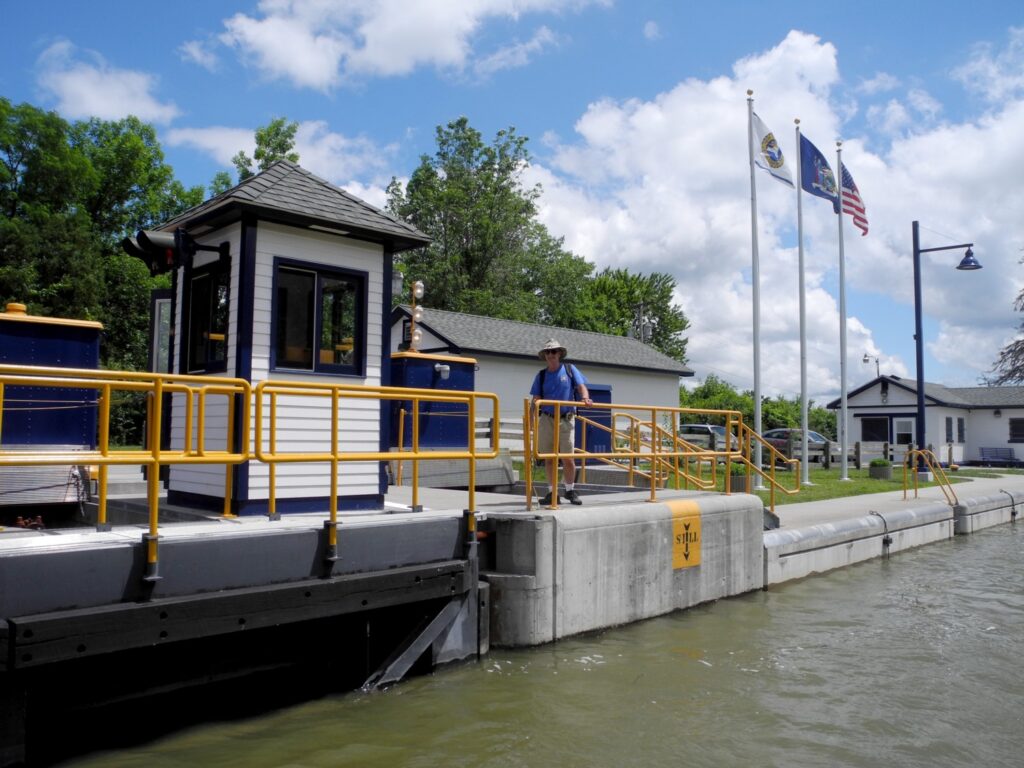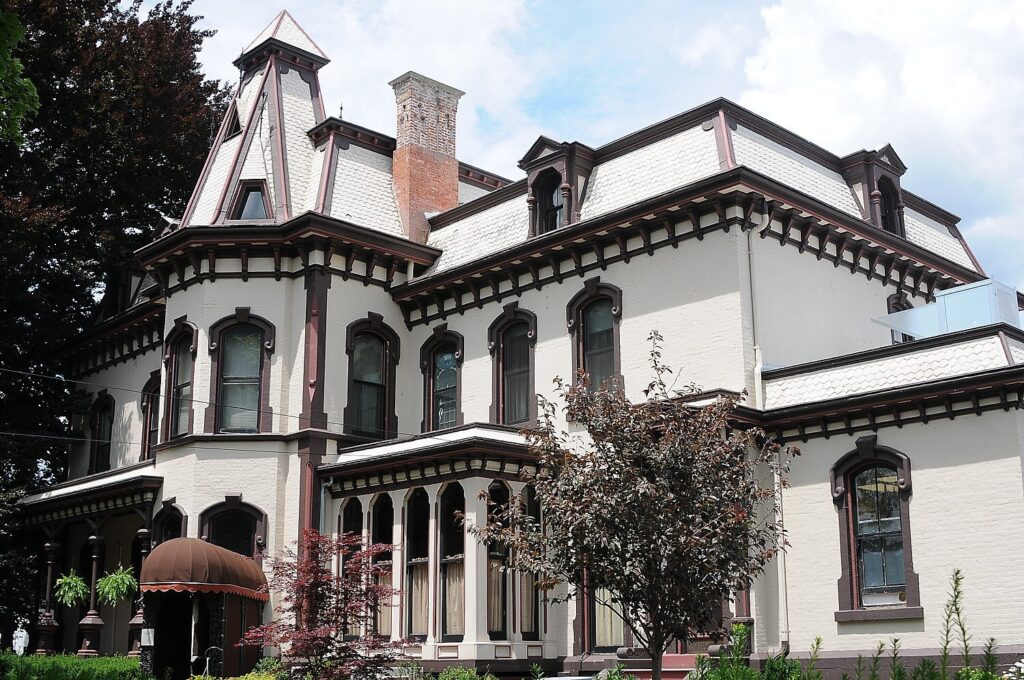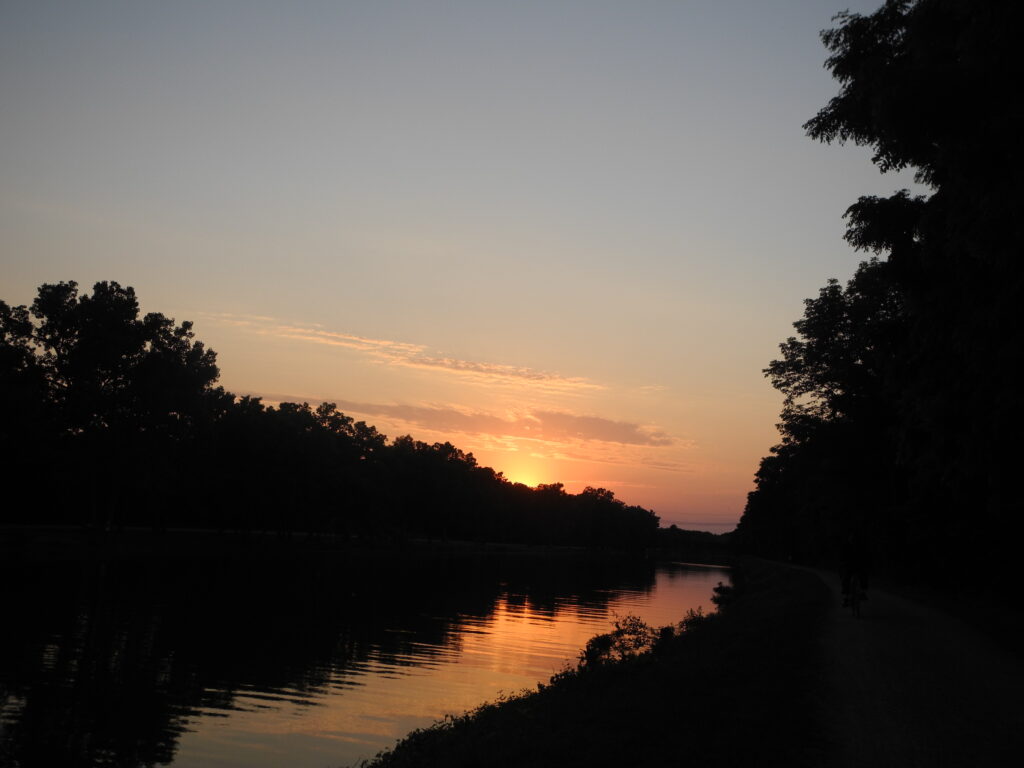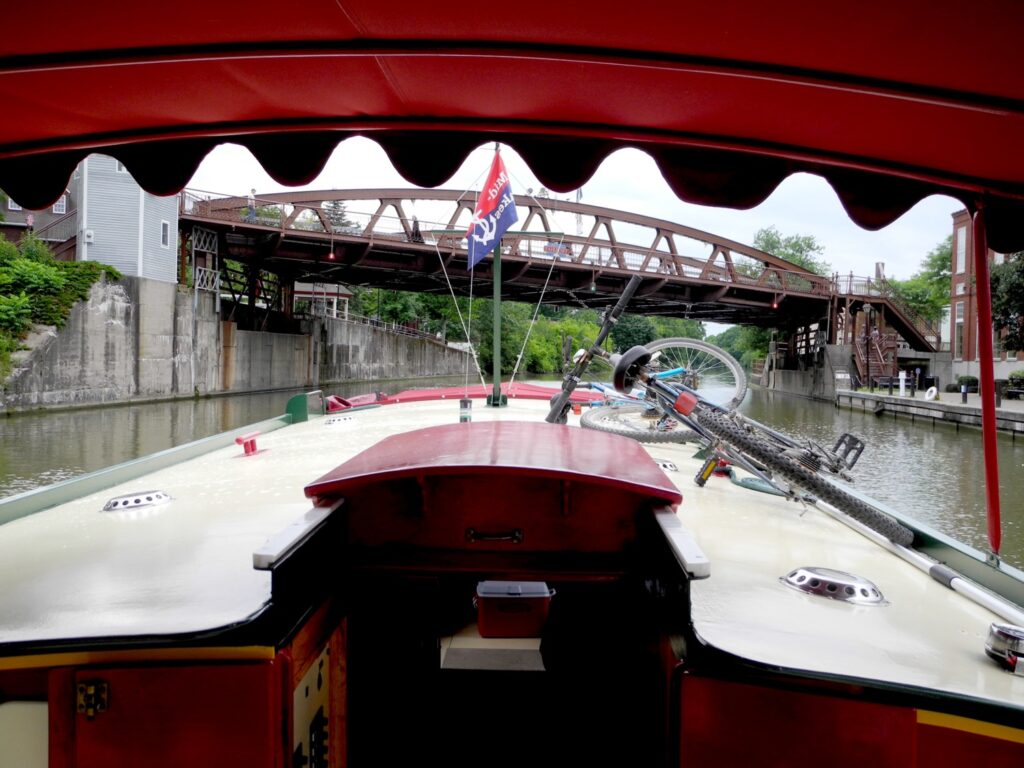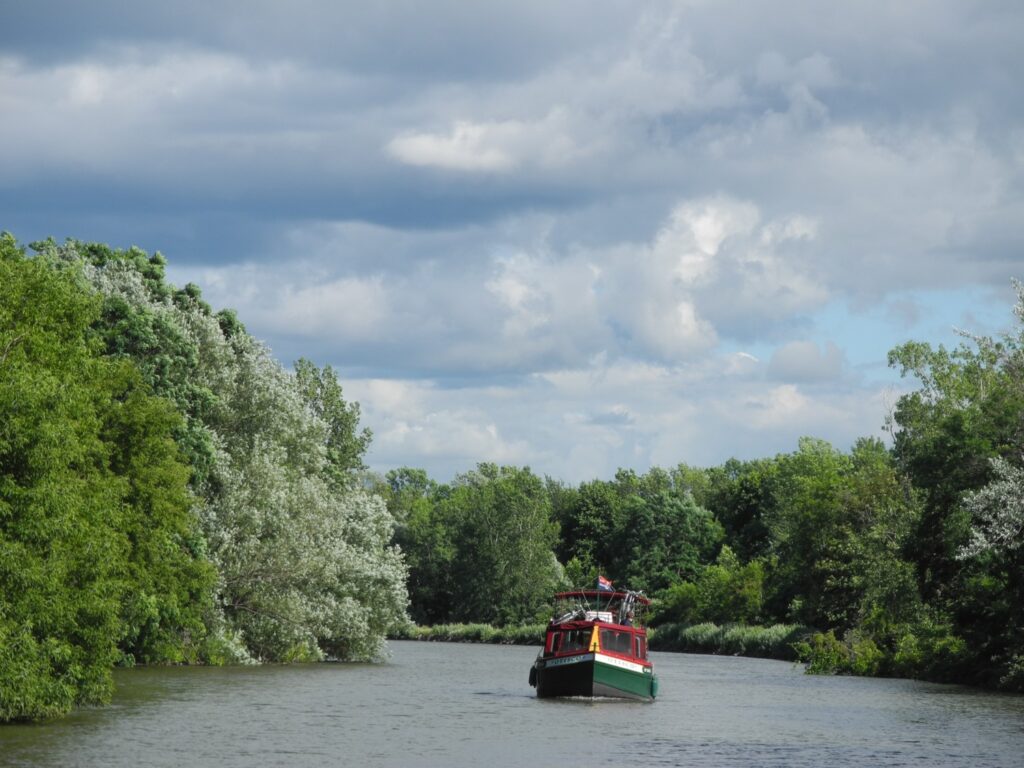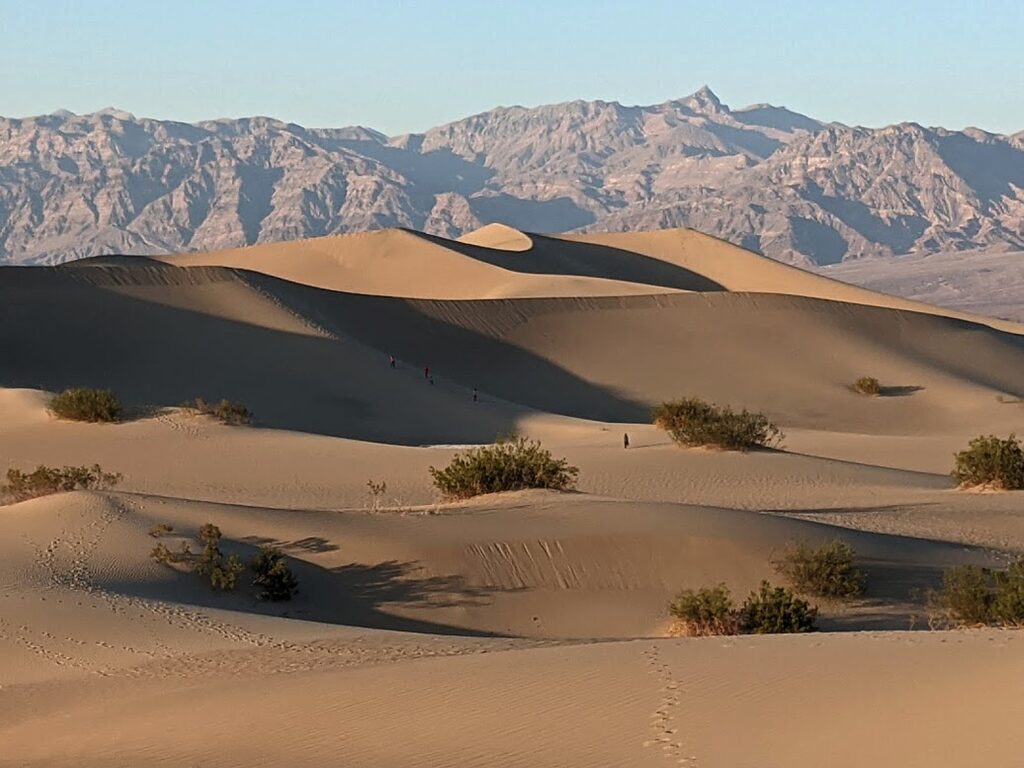
By Karen Rubin, Laini Miranda, Dave E. Leiberman & Eric Leiberman
Travel Features Syndicate, goingplacesfarandnear.com
In the quest, so very popular in these days of coronavirus, of finding open spaces to become renewed, revitalized, revel in nature and contemplate one’s place in the universe, there is no better place than Death Valley National Park, spanning California and Nevada.
Our four-day trip to Death Valley has an overlay of planning that goes beyond planning for hiking in a vast desert: the coronavirus pandemic. It impacts our route, where we stay (an Air BnB at the outskirts and the Ranch at Death Valley in the park, having double-checked their COVID-19 protocols), how we organize food and water to take with us (and ice chest) to cut down on the need to eat out.
And our itinerary is designed to pack as much as possible from such an expansive landscape into such a limited time. In the process, we discover that we are very much following in the footsteps of the miners who came before seeking the treasures in these landscapes. For us, the treasures we find are not the material kind, but even more enriching.
With an eight-hour drive ahead of us, we calculate when to depart in order to get to Death Valley in time to begin our exploration. With meticulous planning and organization that the Army would be proud of, we pull away from Sonoma at 5:39 am, taking an interior route, east toward Tahoe, then south, passing the eastern side of Yosemite National Park.
The fall scenery all along the way is breathtaking, going from wilderness, through these little Western towns and ranches.
We pass the ski resorts at Lake Tahoe, where the road takes us up to an altitude of 8,000 ft. and temperatures as low as 19 degrees, and by the end of the day, down to 275 feet below sea level at Death Valley. As we drive out of Tahoe, we watch the thermometer ticking up a degree every mile, until reaching the 80s. Actually, the weather is quite cool and comfortable for Death Valley, which is the hottest place on the planet, with ungodly temperatures that reached 130 degrees this summer, but can also get frigid in winter. Our visit, in October, is actually a terrific time.
Mono Lake Tufa State Natural Preserve
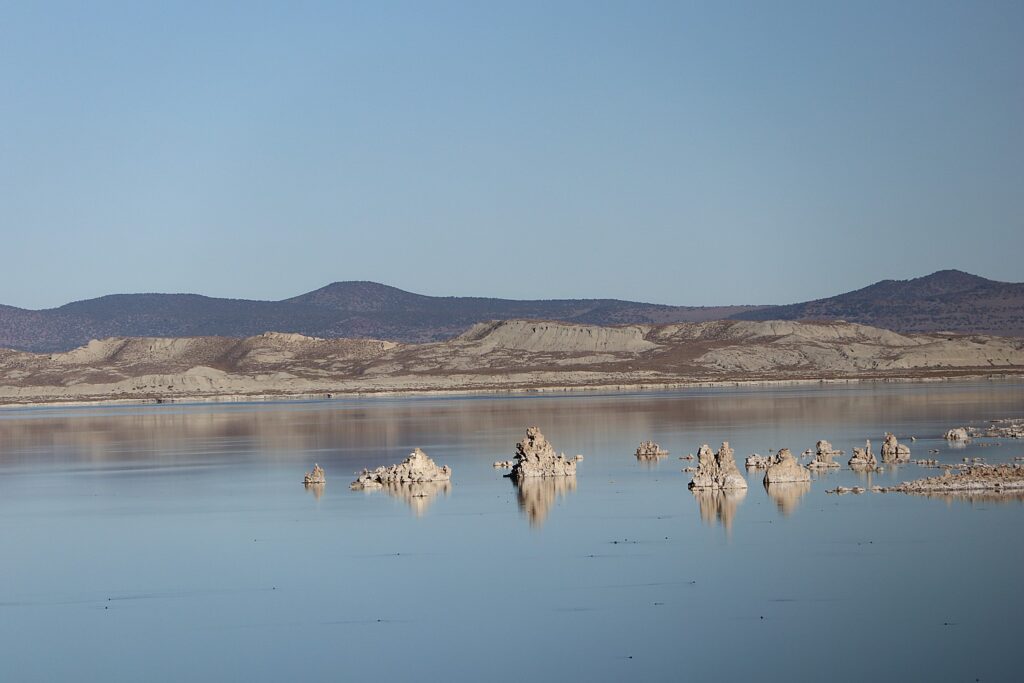
Laini plots our route so we would stop at Mono Lake Tufa State Natural Preserve, in Lee Vining, California, where we have a picnic lunch. The first sight of Mono Lake from the highway above is astonishing: a stunning, ethereal scene with its brilliant aquamarine color and striking tufa formations. We stop at the overlook and then drive down along the shore to the parking lot. The visitors center is closed (because of COVID-19 restrictions), but we go into a trailhead that leads to a short boardwalk to the lake edge.
California created the reserve to protect these spectacular “tufa towers,” calcium-carbonate (limestone) spires and knobs formed by the chemical interaction of freshwater springs and alkaline lake water. The reserve protects the lake surface as well as the wetlands and sensitive habitat for the 1 – 2 million birds that feed and rest at Mono Lake each year.
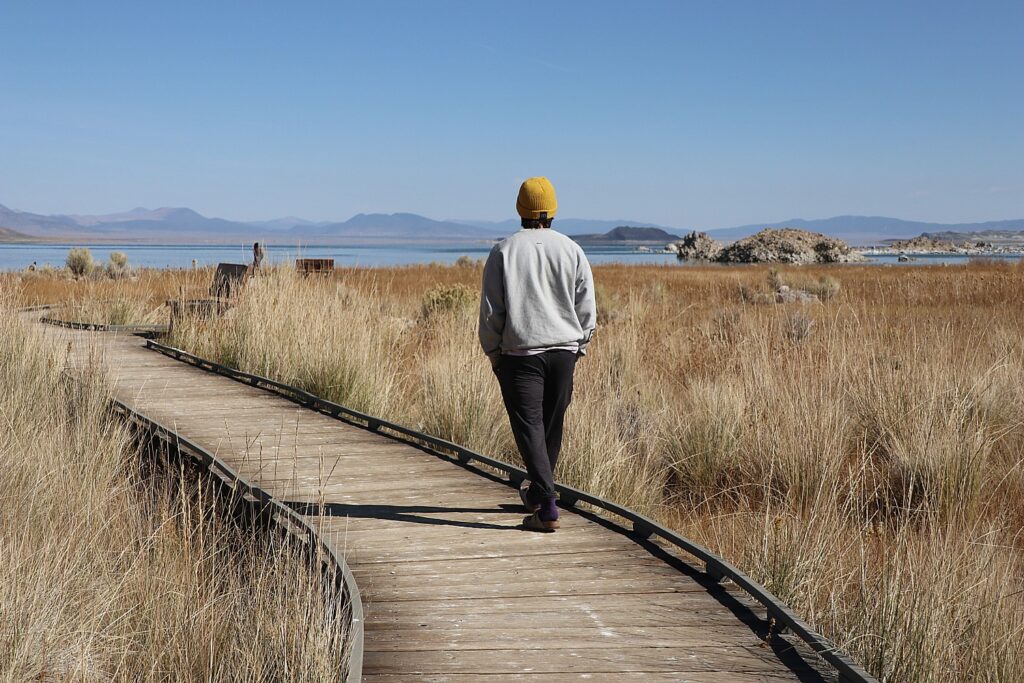
Covering 65 square miles, Mono Lake is ancient – over 1 million years old and one of the oldest lakes in North America. Freshwater evaporating from the lake each year has left the salts and minerals behind so that the lake is now about 2 1/2 times as salty as the ocean and very alkaline. “The extremely high salinity and alkalinity of Mono Lake has created a rare ecosystem, supporting a complex food chain of green algae, brine shrimp and alkali flies, and more than 80 species of migratory birds.” (www.parks.ca.gov)
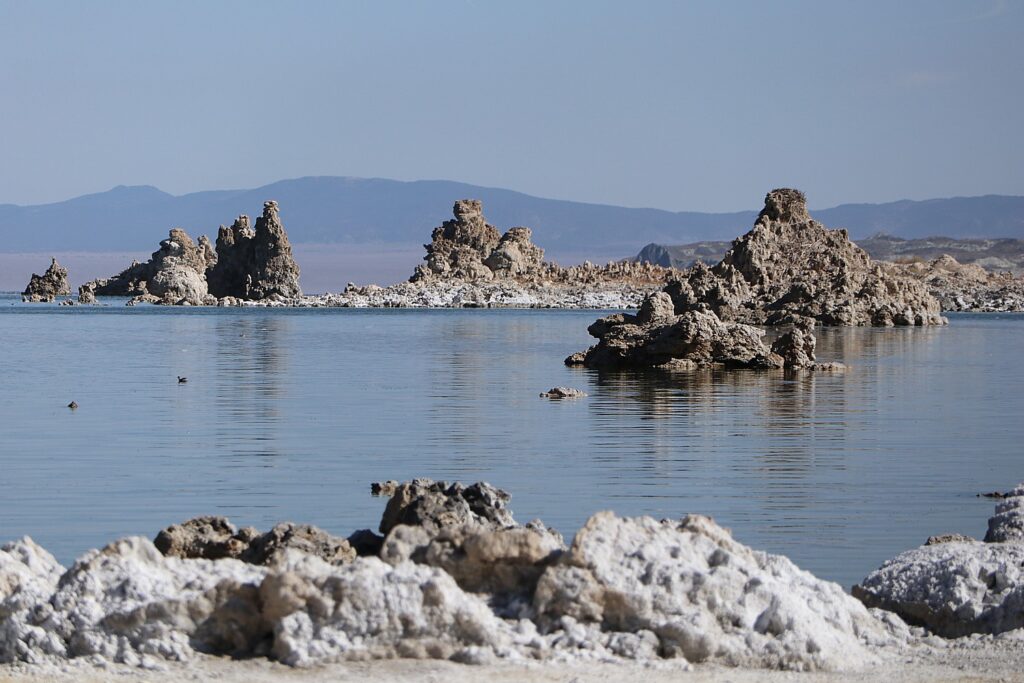
(Highway 395, 13 miles east of Yosemite National Park, near the town of Lee Vining, California, 760-647-6331, www.parks.ca.gov; also www.monolake.org).
We stop off at Carroll’s Market (probably the last one we will see), which actually gets high ratings on Yelp, especially for its blue cheese dressing, and has become its own attraction. We buy a dozen gallon jugs of water and stop off to fill up at a gas station.
Death Valley National Park
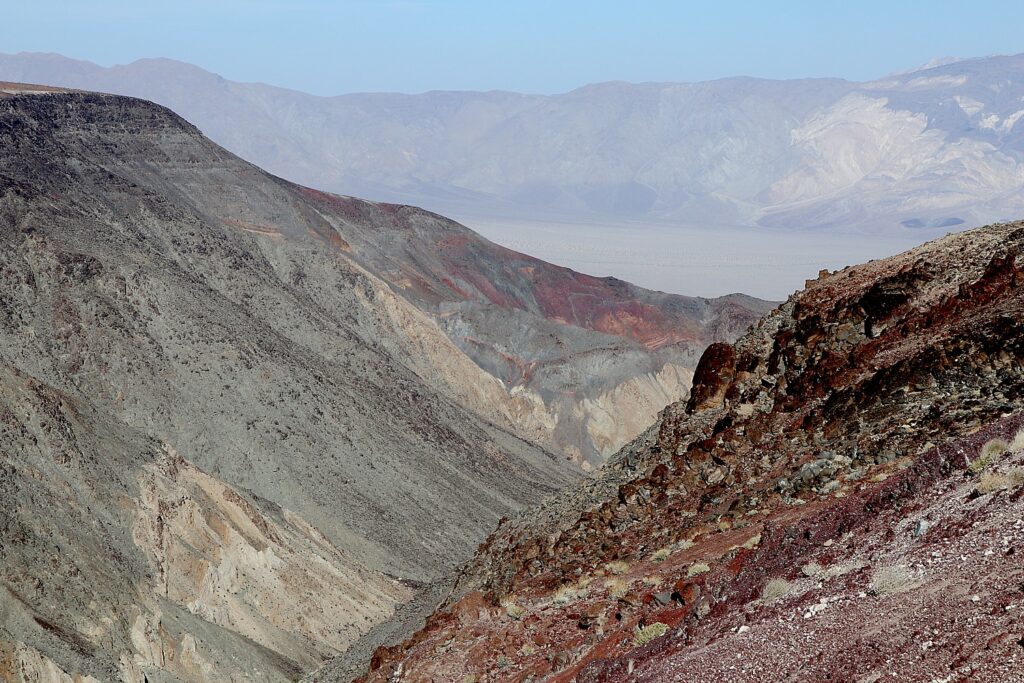
After a long flat stretch with mountains in the distance, we drive the winding mountain road (make sure you have a full tank of gas), entering the park at Panamint Springs. We stop at the Father Crowley Vista Point for the view over Rainbow Canyon, a colorfully striped canyon created by ancient volcanic activity. Nicknamed “Star Wars Canyon”, it’s where the military practices Star-Wars type of flying. The wind today is so intense, it practically throws us over.
(Nearby is Darwin Falls, a seeming oxymoron in this desert place, quickly turning from a gravel canyon to a lush oasis of cottonwoods and willows, creek crossings, and finally 20-foot waterfalls, a two-mile roundtrip hike, which we have marked down for a return visit.)
We stop at the historic Stovepipe Wells Village – like something out of a Western movie – that links back to the very beginning of tourism in Death Valley. In fact, long after mining gold, borax and talc had collapsed, tourism has been the enduring enterprise in Death Valley.
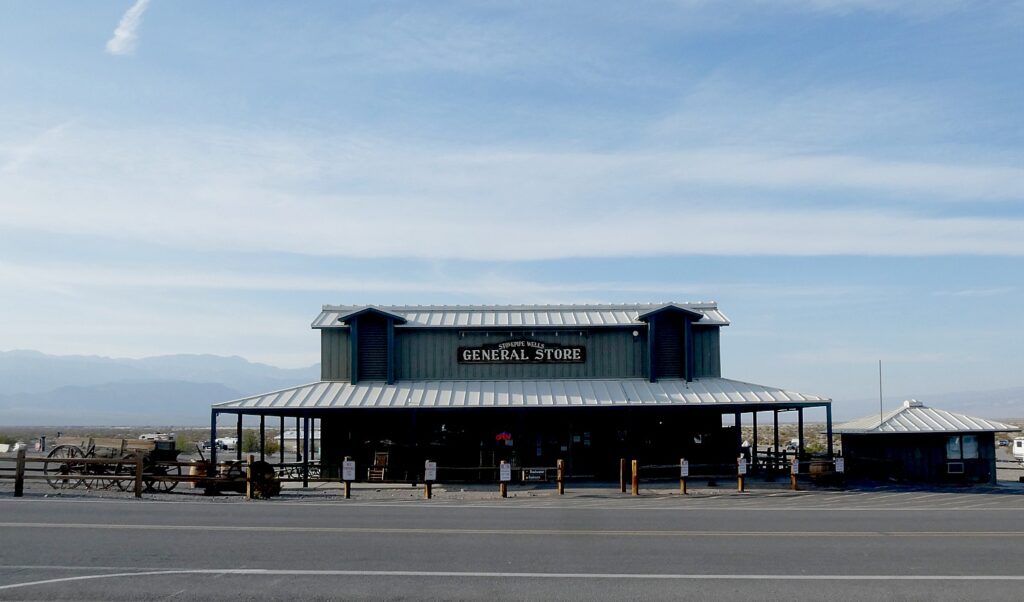
Herman William “Bob” Eichbaum effectively invented Death Valley’s tourism industry here, believing its “beauty, mystery and history” would attract tourists. Indeed, since 1915, motion pictures, automobile companies and writers weaving tales and promoting advertisements sparked interest (early social influencers) in visiting. In 1925, Eichbaum built a 38-mile toll road over Towne Pass and 20 tent-style bungalows, a restaurant, general store and filling station. He opened the Stovepipe Wells Hotel in 1926. Just a few months later, the luxurious Furnace Creek Inn was opened by the Pacific Coast Borax Company, setting off an intense rivalry. Most enthralling is that both places are still around and give you this sensation of stepping back in time. (Open year-round, deathvalleyhotels.com, 760-786-7090).
Mesquite Flat Sand Dunes
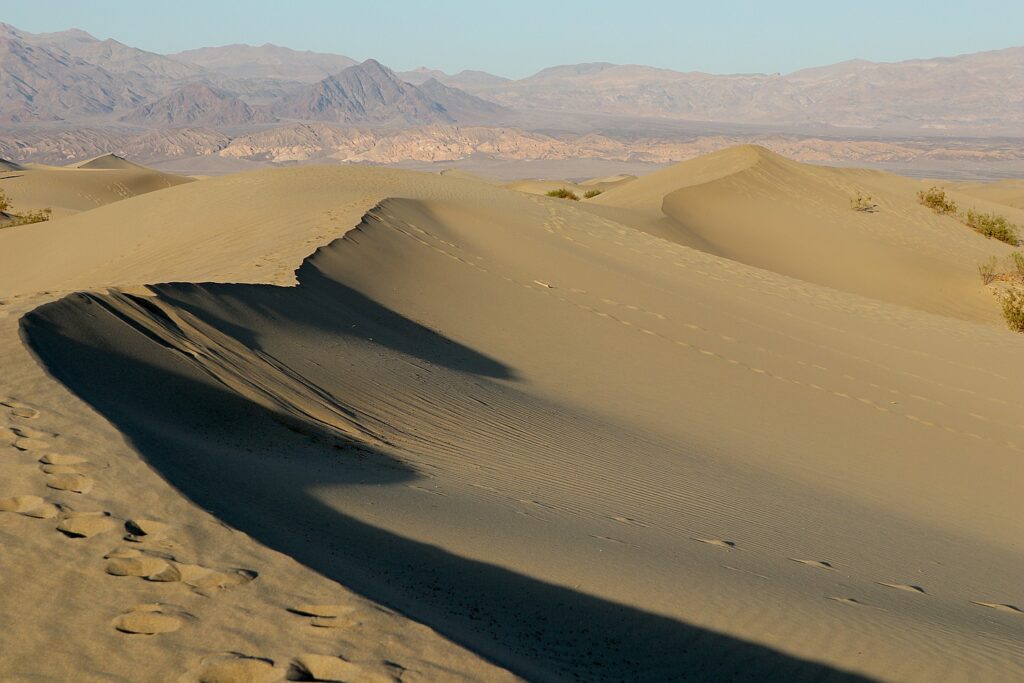
It’s only a short drive from the village to reach Mesquite Flat Sand Dunes, a little after 4 pm, giving us at least one hour before sunset. We have just enough time to play on the dunes and watch the colors (and temperature) change with the setting sun. People bring cardboard sleds, using the sand like snow.
Mesquite Flat Sand Dunes is an extraordinary setting: sprawling over 14 square miles, ringed with mountain peaks, the contrast of colors, shapes, contours is just stunning.
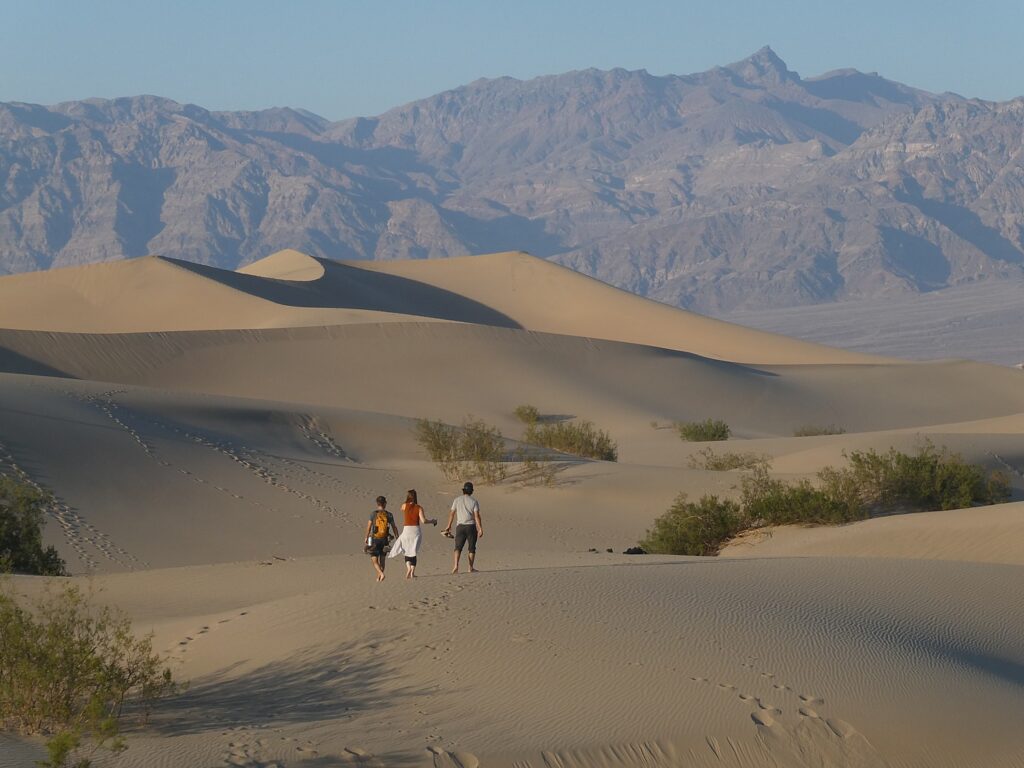
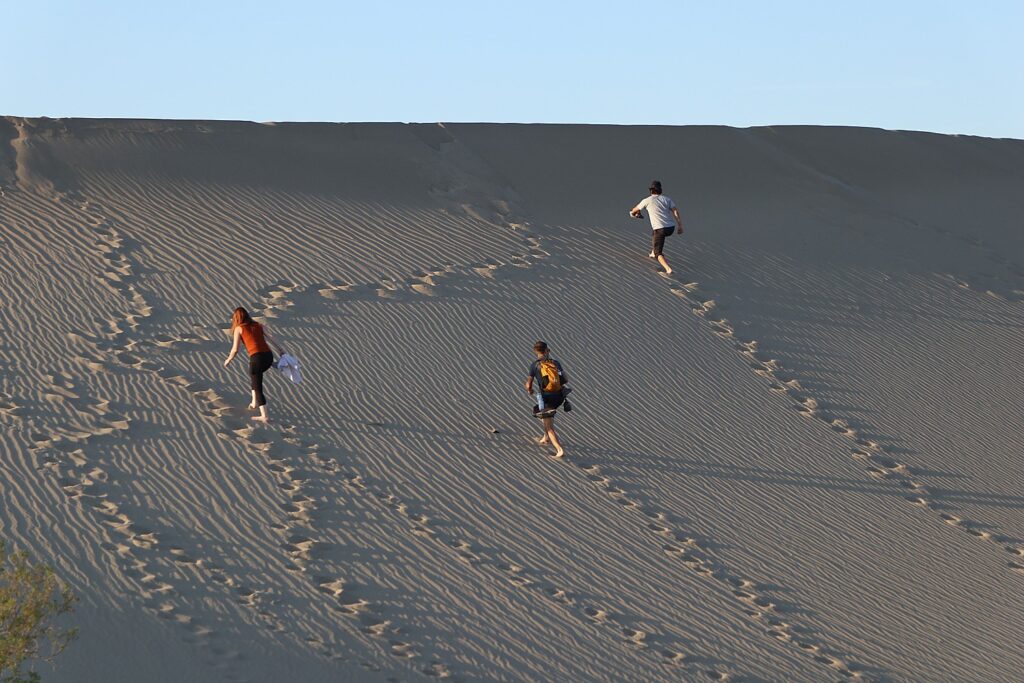
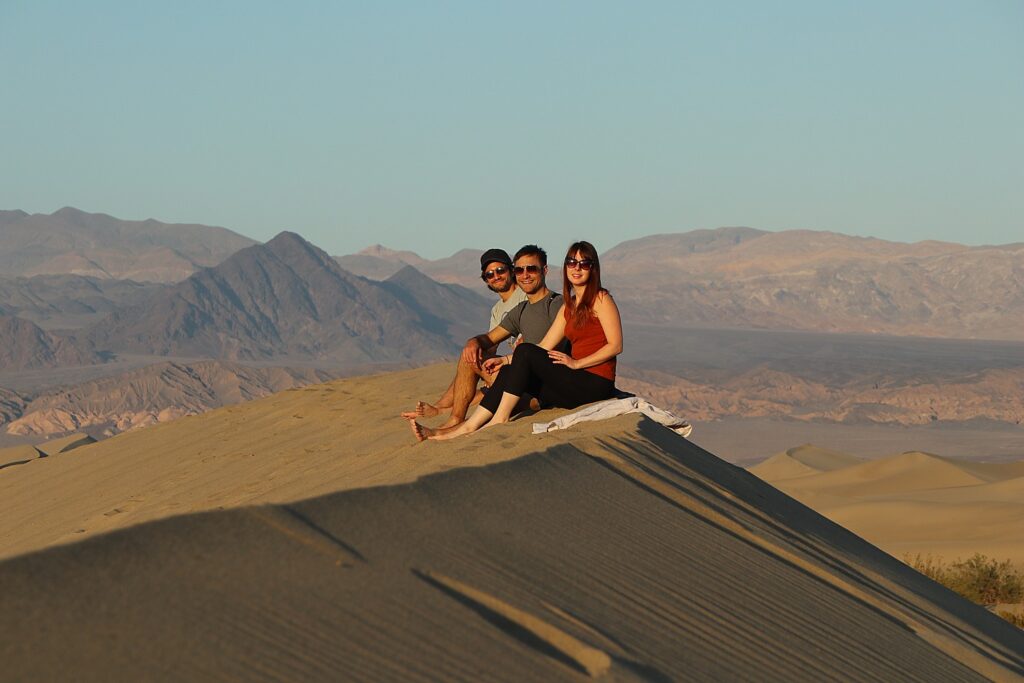
In late afternoon, the sand is cool enough to take off shoes and feel remarkably soft granular sand on toes. We climb the dunes –as much as 150 feet high- wowed in the colors of the golden hour as the sun descends. All the pure joy you had playing in a sand box when you were four comes bursting through.

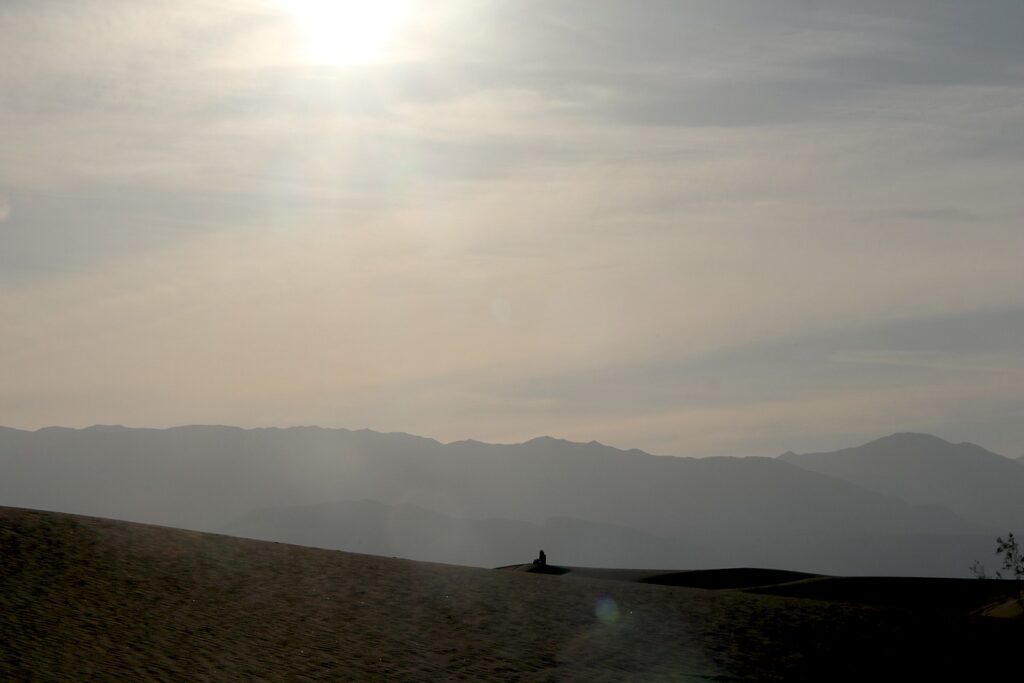

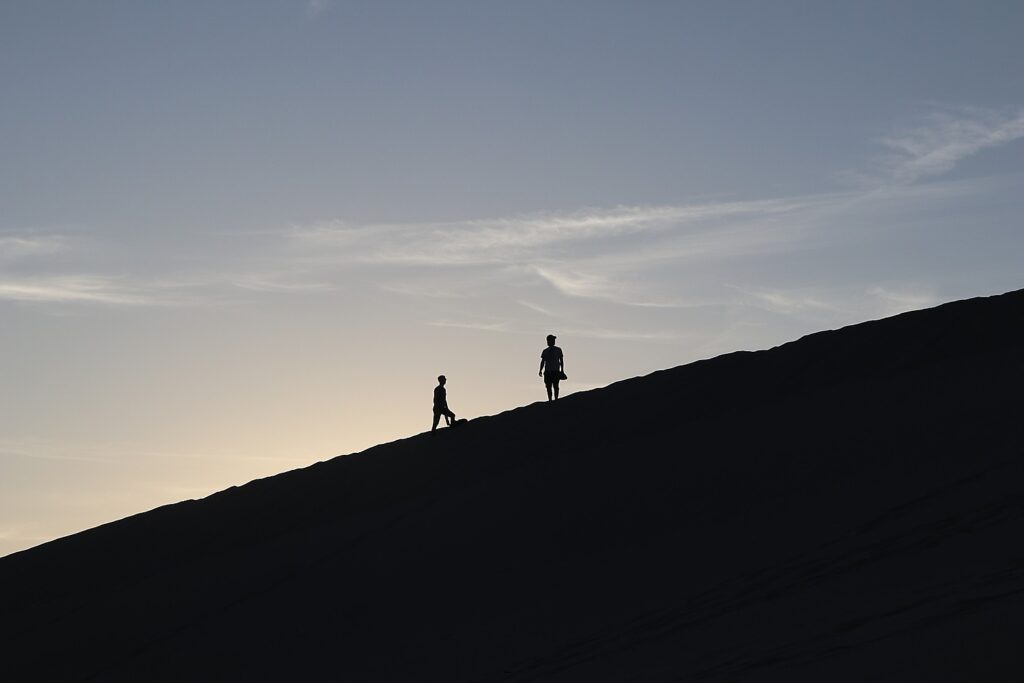
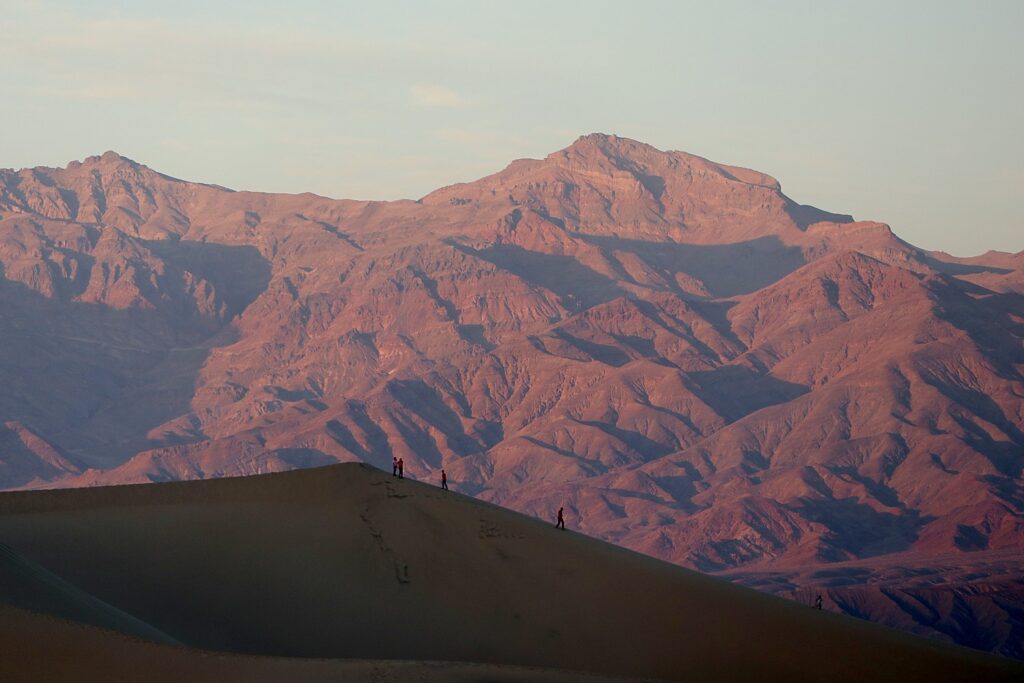

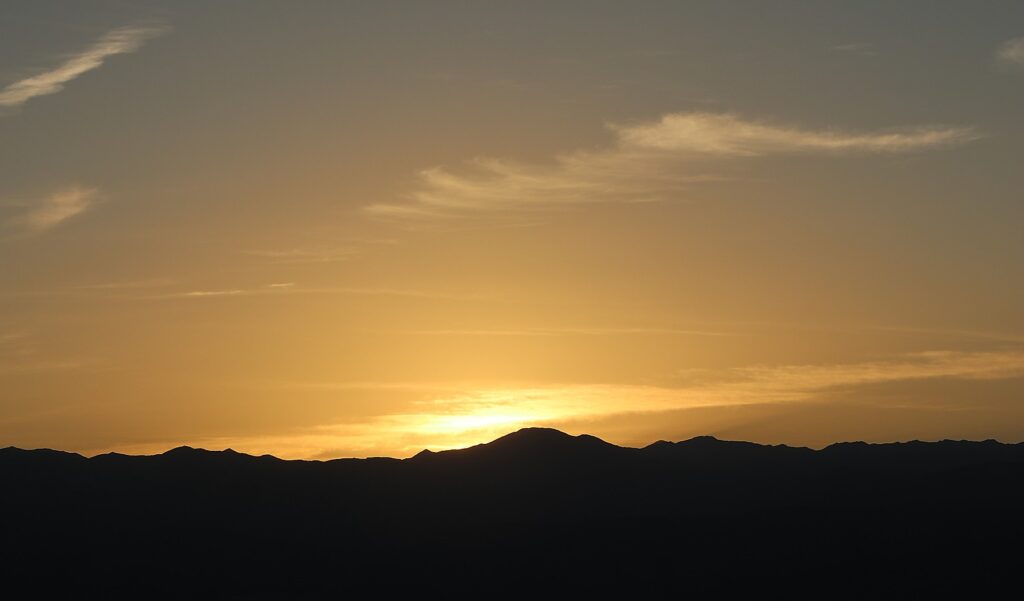
The best time to visit is the early morning or late afternoon; on a dawn hike, the notes say, you might see tracks of nocturnal animals and if you hike at night in the warm months, they warn, be alert for sidewinder rattlesnakes (I’m still thinking about the tracks of nocturnal animals).
Designed to Death
We drive on, reveling in the scenes of the road disappearing into the far distance, headed to our Air BnB, with the intriguing name, Designed to Death, in the small town of Beatty, about 20 miles outside the park’s eastern border (Las Vegas would be about 1 ½ hours beyond). Though the name evokes Agatha Christie, it is breathtakingly beautiful, cozy luxury, with a bit of a Western vibe – easily explained because the hosts are interior designers and the house is a showplace for their talent.

We are here for too short a time to fully enjoy all that the house affords. Set on an isolated stretch of high desert, the 1,200 sq. ft., three-bedroom, two-bath vacation home was designed by Peter Strzebniok to incorporate the vistas, providing stunning views while making the desert part of the interiors – merging the inside with the outside. What we do thoroughly enjoy though, is the large open kitchen, dining room, living room, that opens onto a 900 sq. ft deck with hot tub. The Presidential Suite at a five-star hotel would not have been any nicer or more comfortable.
Our Designed to Death Air BnB hosts are Karen McAloon, an interior designer who works in San Francisco Bay Area, Los Angeles and Joshua Tree, who was an HGTV host and her partner was her producer. (They have two sister properties, Hip Modern cottage of Amazingness in Lake Tahoe, @hipmoderncottageofamazingness, and Too Pool for School in Joshua Tree, @toopoolforschooljtree.)
They provide excellent notes – like the nearest place for supplies would be at Family Dollar, but the nearest actual grocery is 70 minutes south at Pahrump. They also supply tour information of nearby ghost towns, museums, attractions and of course Death Valley National Park. There is an interesting note about the wild burros that we might see (there is even a traffic sign like a deer crossing), which are descended from burros abandoned by miners a century ago. “Don’t feed them, they can be destructive. They tend to be down at the creek in the morning and wander into town at night.”
We take full advantage of the gorgeous kitchen to prepare dinner (we brought food for dinner and breakfast).
Rhyolite Ghost Town

The next morning, we pack up quickly and head out early morning with a plan to stop off on our way into Death Valley to visit an actual ghost town, Rhyolite.
It is so fascinating to try to piece together what this town might have been like and to realize how big it was – most surprising, really (especially when you see the context) is what’s left of a hotel and casino. A casino! “100 years ago, Rhyolite was the largest city in southern Nevada with more than 10,000 residents. Yet after only a decade, the town became a ghostly remnant of itself” – a classic boom and bust story, with all sorts of lessons about the transitory nature of success in the span of history. It is tremendously exciting to wander about these ruins, so dramatically set.
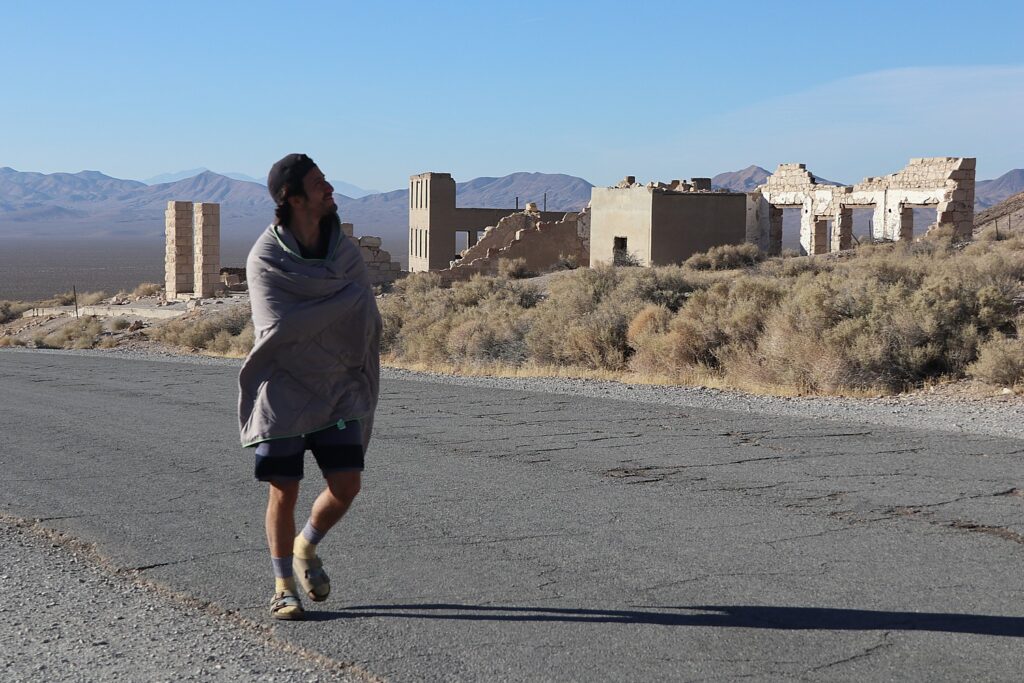
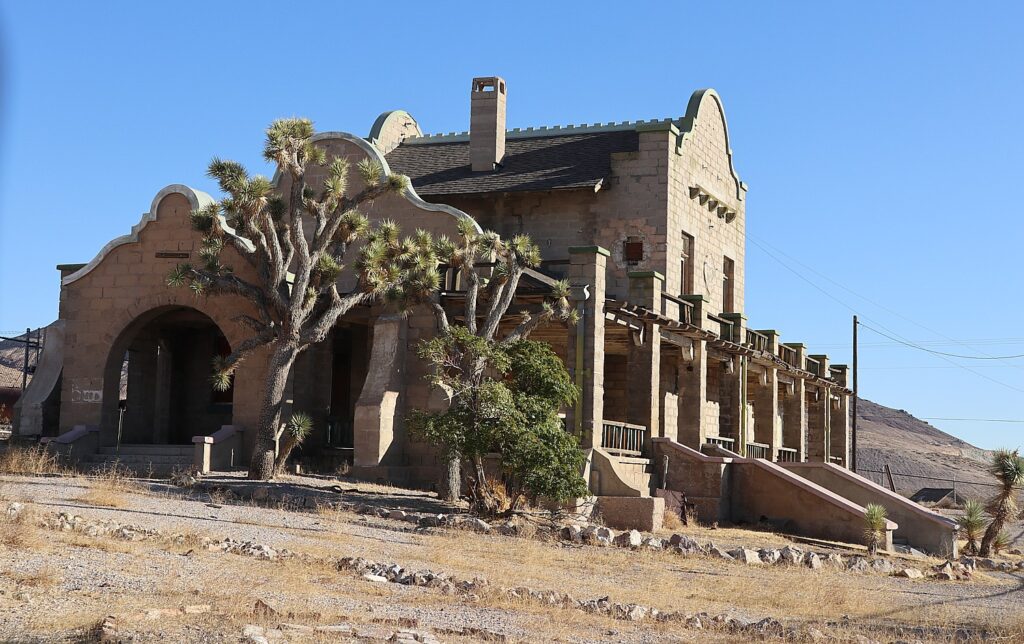
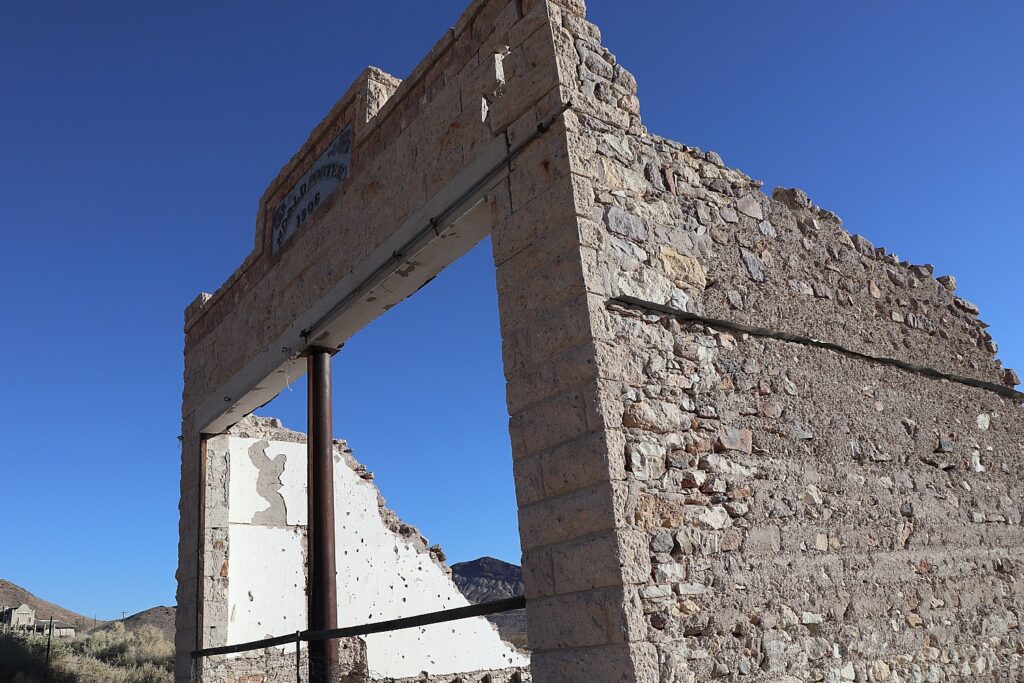
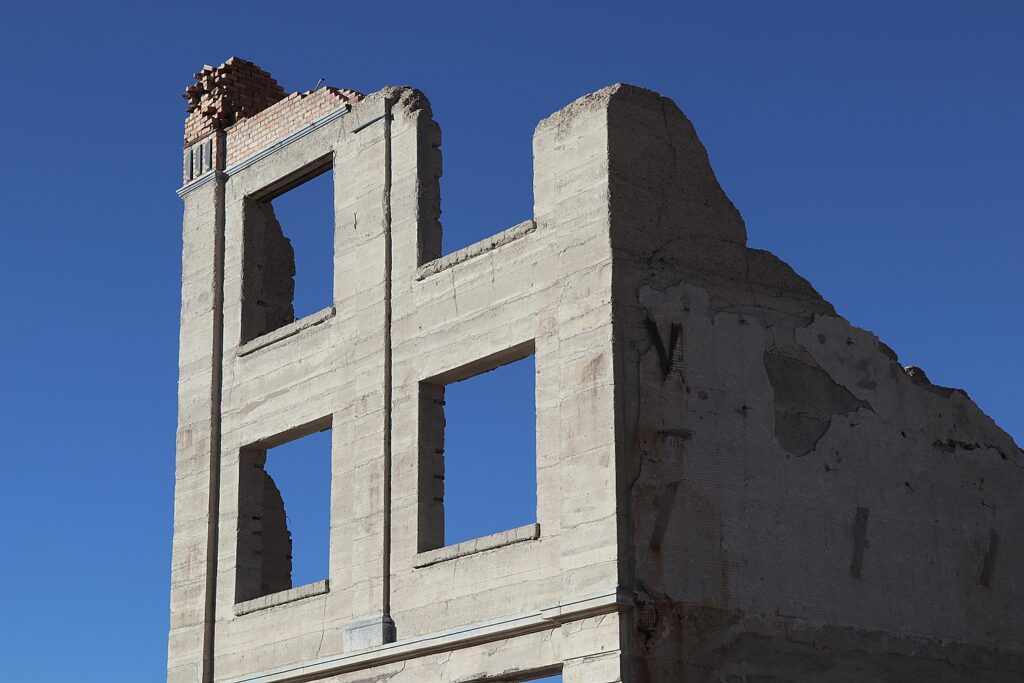
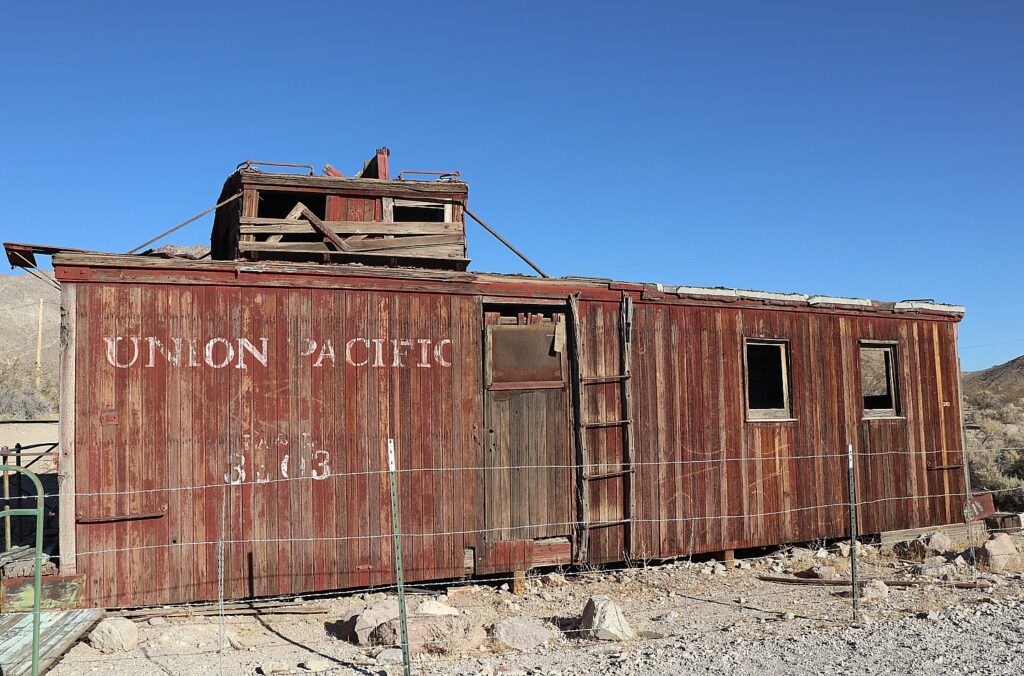
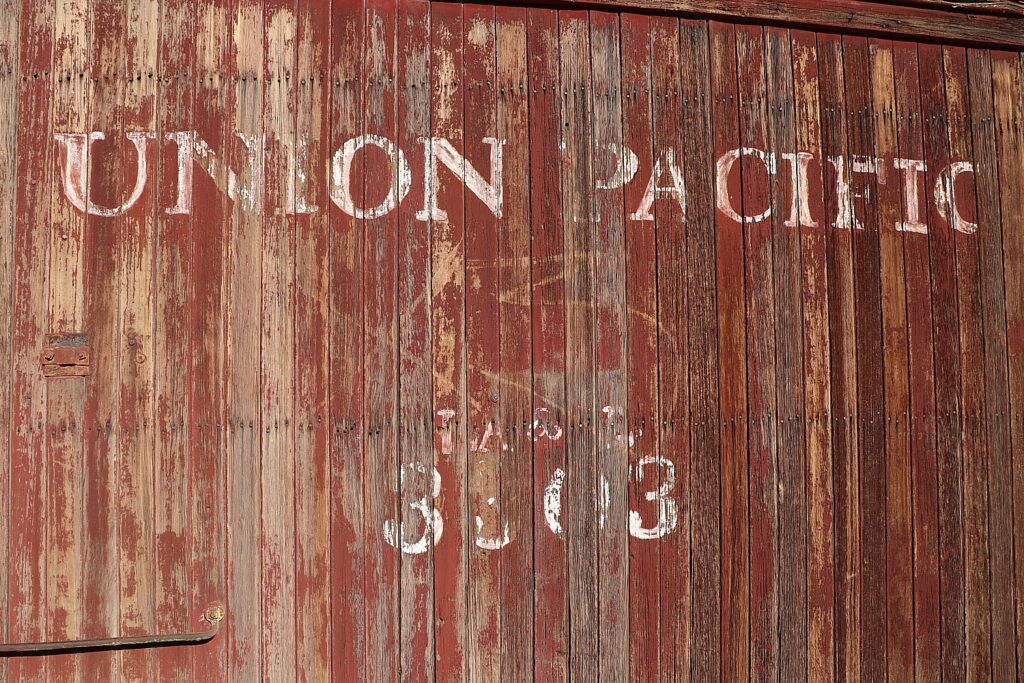
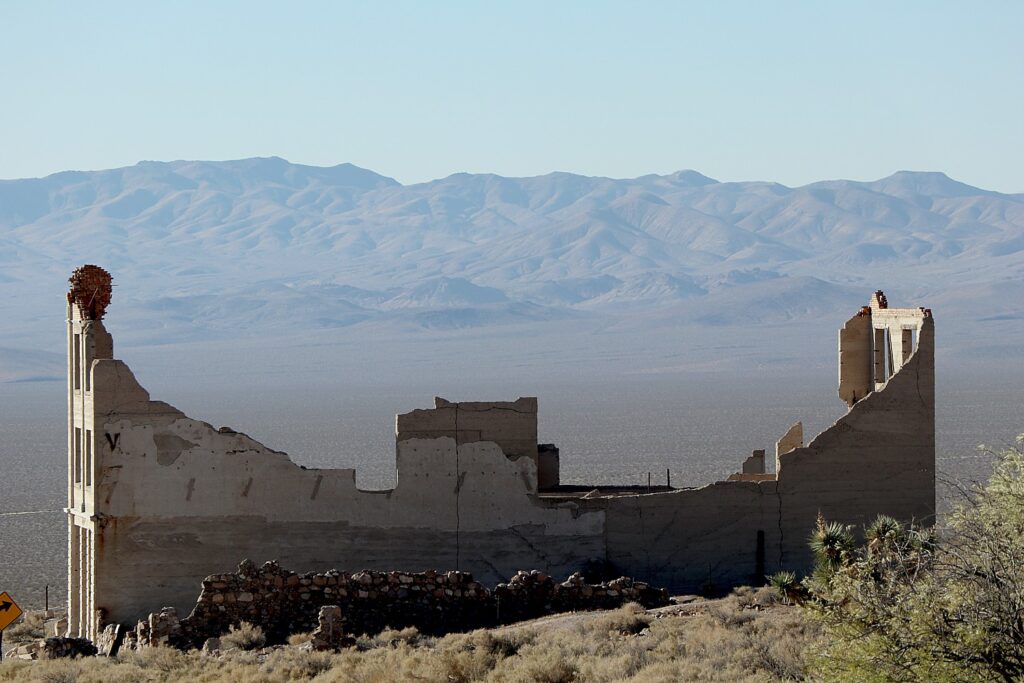
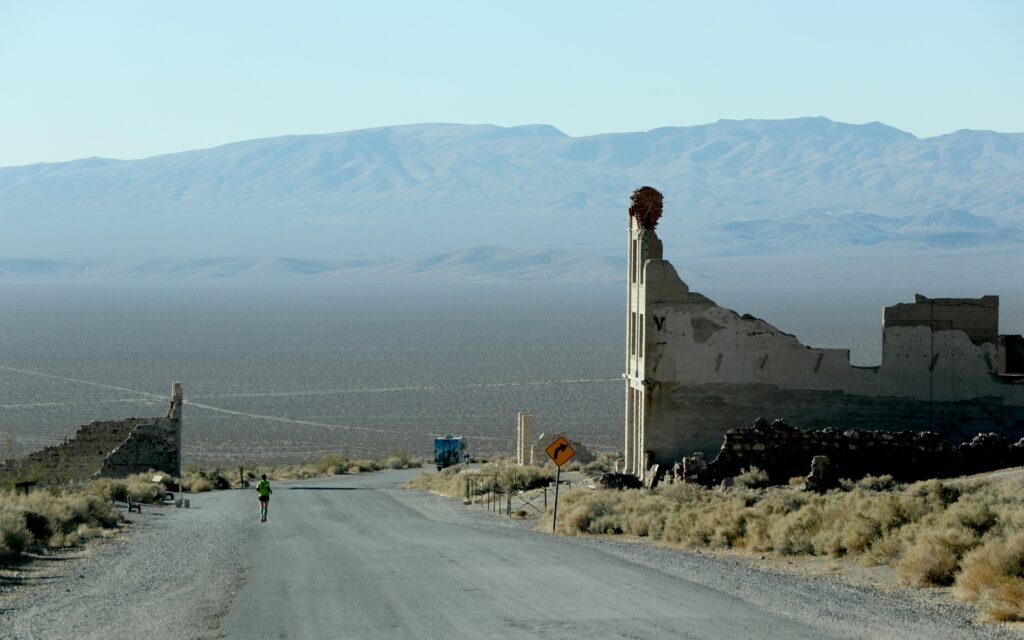
In its heyday, between 1905-1911, Rhyolite had two churches, 50 saloons, 18 stores, two undertakers, 19 lodging houses, eight doctors, two dentists, a stock exchange and an opera.
The ruins that remain today include the Bottie House, the train depot (there is a caboose there), the remains of a three-story bank building and the jail.
It is one of several ghost towns that are scattered through Death Valley, “the silent ruins of broken dreams.”

Next: Hitting the Highlights of Death Valley National Park
______________________
© 2021 Travel Features Syndicate, a division of Workstyles, Inc. All rights reserved. Visit goingplacesfarandnear.com, www.huffingtonpost.com/author/karen-rubin, and travelwritersmagazine.com/TravelFeaturesSyndicate/. Blogging at goingplacesnearandfar.wordpress.com and moralcompasstravel.info. Send comments or questions to [email protected]. Tweet @TravelFeatures. ‘Like’ us at facebook.com/NewsPhotoFeatures
